
























www.bas-uk.com
THE BRITISH ALPACA SOCIETY
c/o Grassroots Systems Ltd,
PO Box 251, Exeter EX2 8WX.
Tel (within UK): 0845 3312468
Tel (Overseas): +44(0)1392 437788
Fax: +44(0)1392 437788
Email: info@bas-uk.com
BAS CHIEF EXECUTIVE
Dr Duncan Pullar
Tel: 07496 578781
Email: ceo@bas-uk.com
EDITORIAL
Editor: Liz Wright alpaca.ed@kelsey.co.uk
ADVERTISEMENT SALES
Wendy King
Talk Media Sales
Tel: 01732 448748
Email: wendy@talk-media.uk
GRAPHIC DESIGN
Jo Legg 07306 482166 jo.legg@flair-design.co.uk
KELSEY MEDIA

The Granary, Downs Court Yalding Hill, Yalding, Maidstone, Kent, ME18 6AL 01959 541444
MANAGEMENT
Divisional Managing Director: Steve Kendall
Group Publisher: Fiona Mercer
Retail Director: Steve Brown
Renewals and Projects Manager: Andy Cotton
Senior Subscription Marketing Manager: Claire Aspinall
Subscription Marketing Director: Kevin McCormick
Print Production Manager: Georgina Harris
Print Production Controller: Kelly Orriss
DISTRIBUTION
Distribution in Great Britain: Seymour Distribution Limited
2 East Poultry Avenue, London EC1A 9PT Tel: 020 7429 4000 www.seymour.co.uk
Distribution in Northern Ireland and the Republic of Ireland: Newspread
Tel: +353 23 886 3850
Kelsey Media 2024 © all rights reserved. Kelsey Media is a trading name of Kelsey Publishing Ltd. Reproduction in whole or in part is forbidden except with permission in writing from the publishers. Note to contributors: articles submitted for consideration by the editor must be the original work of the author and not previously published. Where photographs are included, which are not the property of the contributor, permission to reproduce them must have been obtained from the owner of the copyright. The editor cannot guarantee a personal response to all letters and emails received. The views expressed in the magazine are not necessarily those of the Editor or the Publisher. Kelsey Publishing Ltd accepts no liability for products and services offered by third parties. For more information of our privacy policy, please visit Kelsey Media takes your personal data very seriously. For more information of our privacy policy, please visit https://www.kelsey.co.uk/privacy-policy/ . If at any point you have any queries regarding Kelsey’s data policy you can email our Data Protection Officer at dpo@kelsey.co.uk.
www.kelsey.co.uk
Cover photo: “Not The Plan…" Shortlised for the People’s Choice Award at the British Photography Awards ©Ingrid Weel
honour
Essex farm vet joins distinguished group after being awarded a Fellowship. 10 People's choice
Charlotte Brockwell of Cadbury Alpacas gives her experiences with her breeding female.

A photo by Ingrid Weel from the BAS National Show has been shortlisted for the British Photography Awards.
Alpacas in South Africa
Helen Macdonald received an invitation from the President of the South African Alpaca Breeders Society to deliver a seminar. 14 Discoveries along the colour journey
Carita Saarinen, Futuregen, has collected some interesting case studies from a few breeders in Europe, as sharing is the key to increasing awareness.

Joy Whitehead says you need to make wise decisions throughout the year.

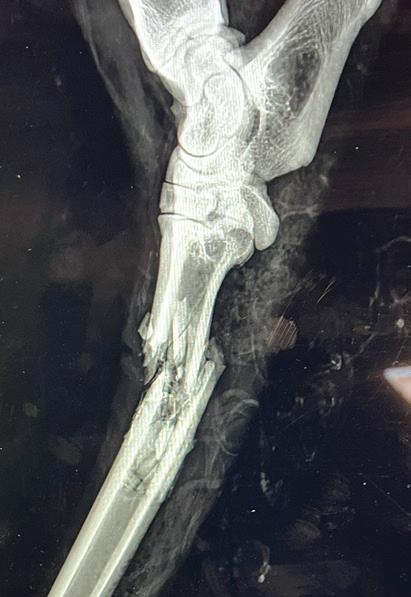
Common diseases APHA share with us information about what common diseases and conditions they have found in 2023.
Camelid roles in infectious disease control
Dr Ami Sawran looks at how we can work together to bridge the information gaps.
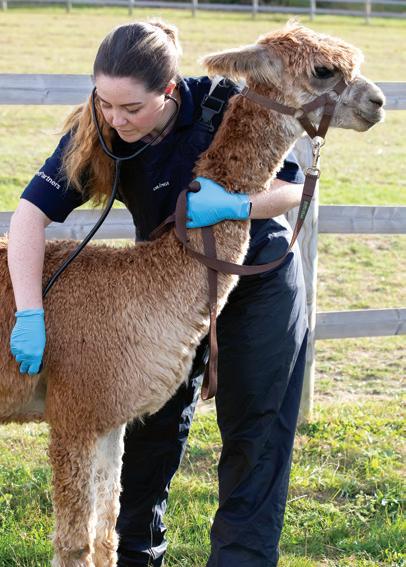
Sarah Dakin explains what barber’s pole worm is and why you need to take action.

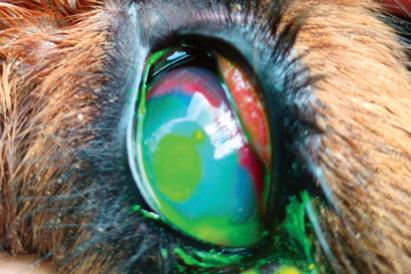
36 The surprise of 'flysrtike'
Dave Desem says lessons have been learnt and he wants to share them with other alpaca keepers. 38 Waterlogged grass paddocks?
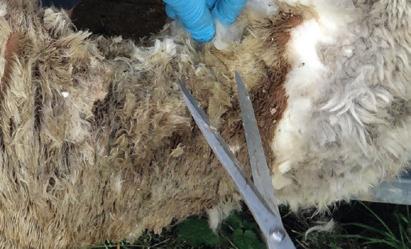
Duncan Pullar, BAS CEO helps you to make the most of your grassland with five things that could aid recovery.

42 British alpaca at its best
Rachel Hebditch shares her passion for alpacas, fleece and yarns.



It’s been an exciting summer and I had a lovely day at the Alpaca Open Farm Weekend hosted by Gorefield Alpacas. The day I went was unsettled but this did nothing to dampen the enthusiasm from the public who had turned out in their hundreds to meet the alpacas, take advantage of the range of trade stands and watch spinners at work. I was proud to see this in the area I live, the Cambridgeshire Fens and it certainly did so much to promote the world of alpacas.
I’ve also enrolled for a webinar run by the North Shires and North Wales Alpaca Group entitled Neuro Diversity and Working with Animals. This one is on 13 November. To give you a taste of what NSNWAG has in store for next year, just in this last portion of 2024 alone they have an exciting webinar programme including The History of Camelids, The Peruvian Alpaca, and
11 December 7.30pm Alpaca Teeth and Castration Ami Sarwan, Vet
23 January (TBC) 7.30 Fibre Processing Natural Fibre Company
You can find out more by contacting chair.nsnwag@gmail.com

Dealing with disease risks is part and parcel of being an alpaca owner and BAS members do a good job of looking after the needs of their alpacas. The ability to care well for alpacas comes through good theoretical knowledge, good practical abilities to head-off, or respond to, issues and a modern veterinary “armoury” to access (veterinarians and medication).
When a new threat comes along, I am thinking of Bluetongue Virus 3, it takes a while to build a strong position to combat the threat. There are many elements to get in place. Government policy is important, and we
Castration and Teeth. It is basically Netflix for alpaca owners (see dates left).
BAS also proudly present your Alpaca calendar, chosen from an appeal, run in two issues of Alpaca magazine for photos. They had a hard time choosing from all the gorgeous alpacas and different situations which showed that alpacas are truly versatile. If you want one for a friend then contact the office.
You may already know that the world alpaca conference is being held in Ilshofen (Baden-Württemberg) Germany on 4-9 March 2025 and they are holding a one off European on halter and fleece show. This will be the biggest show on mainland Europe ever.
Two British and two American judges have been selected for the great honour of judging: Nick Harrington-Smith has been asked to judge fleeces with Arturo Pena/USA and Tim Hey has been asked to judge the halter show with another American, Amanda VandenBosch who is considered as a top judge.
We’ll have more on this in the Yearbook plus a preview of the BAS National Show but in the meantime have a look at the exciting programme for the WAC on the website and be proud of the British involvement.
The World Alpaca Conference paper-plane www.wac2025.com/en/program

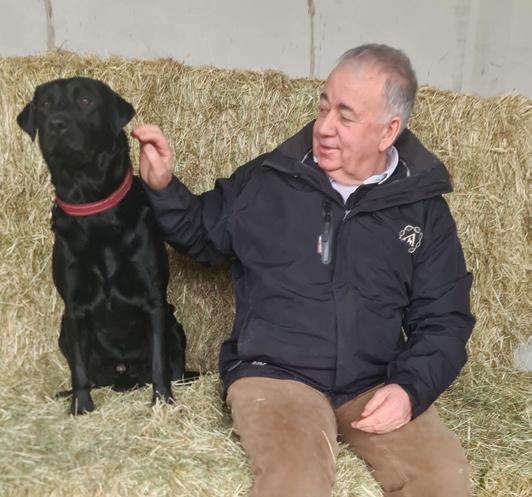
have seen that developing as the BTV-3 threat has changed from isolated incursions to more widespread infections. The agility of the policy is encouraging as it reflects what might be effective at the time.
Permission to use vaccines is a case in point, they may not be as well developed as herd managers would like, but they can reduce morbidity and mortality. In the long term it feels like vaccination will be the route to manage BTV-3 in our alpacas (and other ruminants).
Alpaca owners, veterinarians and government have managed the threat from BTV-3 well so far and its worth recognising that excellent work.
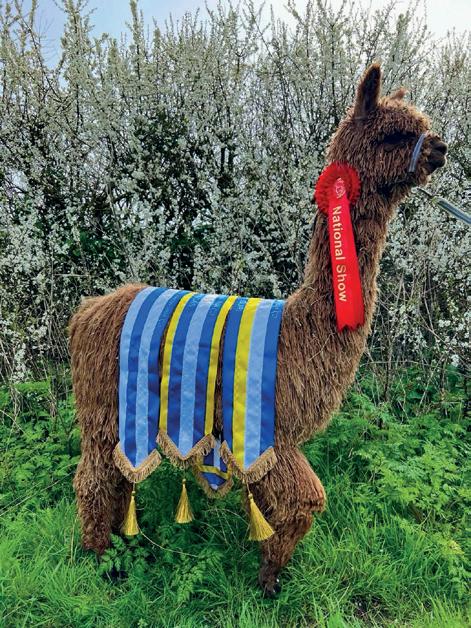
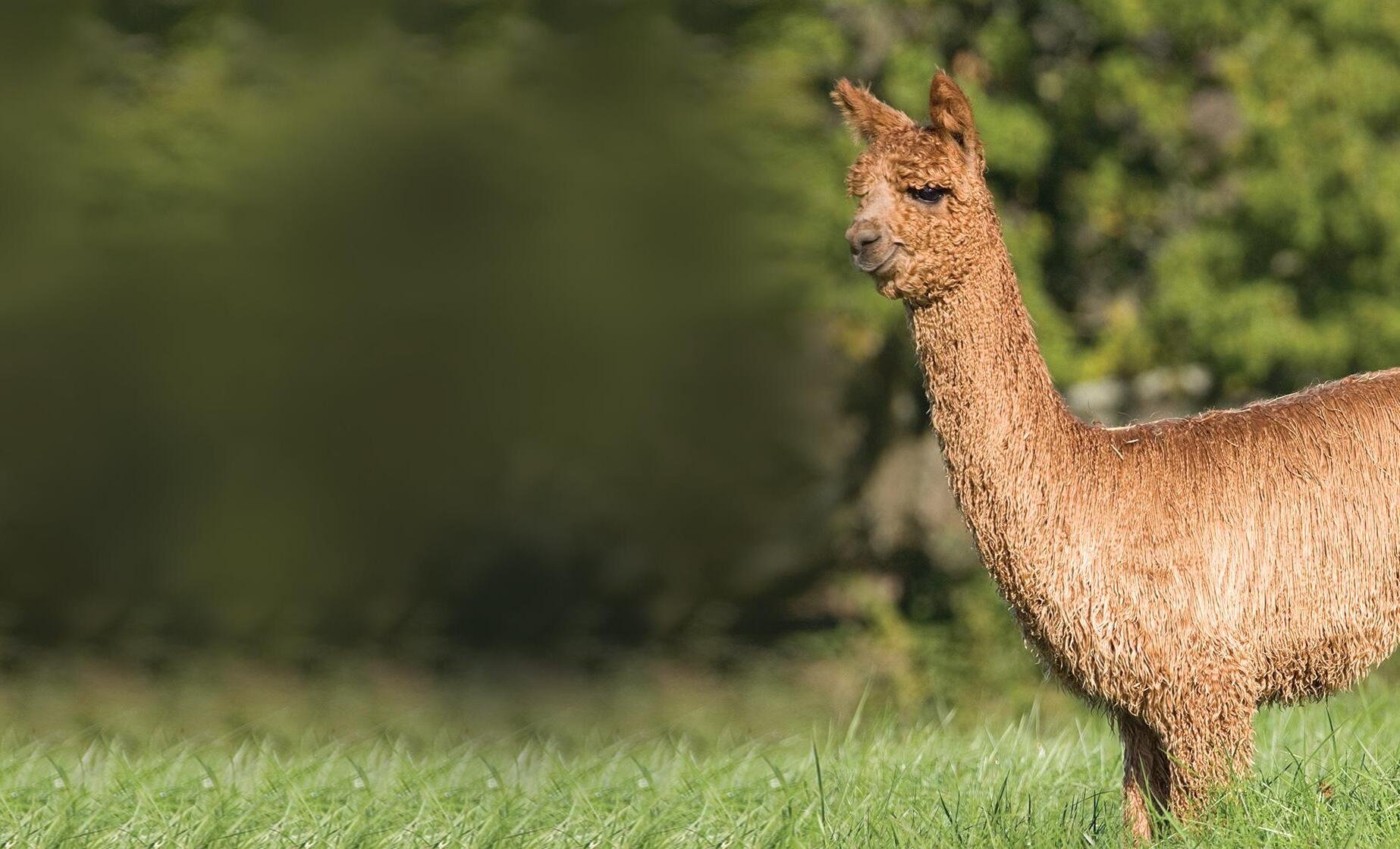
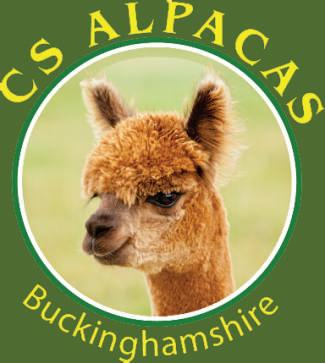
This year was the fifth CCA Cornwall Fleece Show, which kick started the BAS annual fleece show season, qualifiers can then enter for the BAS Champion of Champions Fleece 2025, writes Sandra Muriel, show organiser.
70 entries were received from across the country, including over 30 from CCA members, and competition was fierce with 12 fleeces scoring over 80 points.
David and Heather Lester, Polgrain Alpacas kindly hosted the fleece show at their beautiful north Cornwall farm. A host’s duties include receiving the fleeces up to two weeks before, hours of weighing and numbering, preparation for fleece day and then ensuring all the fleeces are returned to the entrants (or forwarded to the next fleece show if instructed).
A massive thanks to the team of stewards: Wendy, Nigel, Cathy, Abha, Lin and Teresa who stepped in at the last minute to help.
Congratulations to the CCA members and all BAS entrants who achieved Champion or Reserve Champion sashes which qualify them for entry to the BAS National Champion of Champions Fleece Show 2025. Judge on the day was Julia Corrigan-Stuart with apprentice Kim Murray.
SUPREME CHAMPION
LIME TREE SIRIUS, owned by Lou and John Verrill
BEST OF BRITISH
LIME TREE SIRIUS, owned by Lou and John Verrill
JUDGES CHOICE
SANDHILLS SNAPDRAGON, owned by Paul and Maggie Slingsby
Champion White
LIME TREE SIRIUS (87.75), owned by Lou and John Verrill
Champion Light
ACTON HILL DEBONAYR (83), owned by Jo Bridge, Hilly Ridge Alpacas
Champion Fawn
SANDHILL SNAPDRAGON (85), owned by Paul and Maggie Slingsby
Champion Brown
CASTLINGS EL CONDOR (84), owned by Rebecca Block
Champion Grey
SANDHILLS ROWAN (76.25), owned by Paul and Maggie Slingsby
Champion Black
GOREFIELD MARLEY JR (72.75), owned by Krystal Humphrey, Gorefield Alpacas
Suri fleeces
SUPREME CHAMPION
DARK SKY SHAGGY , owned by Tom and Wendy Scott, Dark Sky Alpacas
BEST OF BRITISH
BACKYARD MICHA, owned by Jacob and Susan Keen, Backyard Alpacas
JUDGE'S CHOICE
BACKYARD MICHA, owned by Jacob and Susan Keen, Backyard Alpacas
Champion White
DARK SKY SHAGGY (82.25), owned by Tom and Wendy Scott, Dark Sky Alpacas
Champion Light
LANE HOUSE STORMY SKIES (80), owned by David and Heather Lester, Polgrain Alpacas
Champion Fawn
BACKYARD KOURA (72), owned by Jacob and Susan Keen, Backyard Alpacas
Champion Brown
BECK BROW SURI WOODSTOCK (70.25), owned by Charlotte Brockwell, Cadbury Alpacas
Champion Grey
CADBURY AMETHYST (74.25), owned by Charlotte Brockwell, Cadbury Alpacas



Is your relationship with your animals all you had hoped for?
How can Camelidynamics techniques help me on my alpaca journey? Camelidynamics is an approach to and collection of methods that represent the most positive, least intrusive techniques for training and managing alpacas.
This two day handling course will change the relationship you have with your animals forever.
Understand why camelids behave the way they do and learn kind and efficient methods that are science-based, for safe handling and husbandry that’s fun.
Tell your vet that we have courses for them too.
For those interested in finding out how this approach can inform and support your human/alpaca interactions in the therapeutic arena, we are now offering courses for owners and professionals.
Working with Alpacas in Animal Assisted Activity or Therapy.
ANIMAL
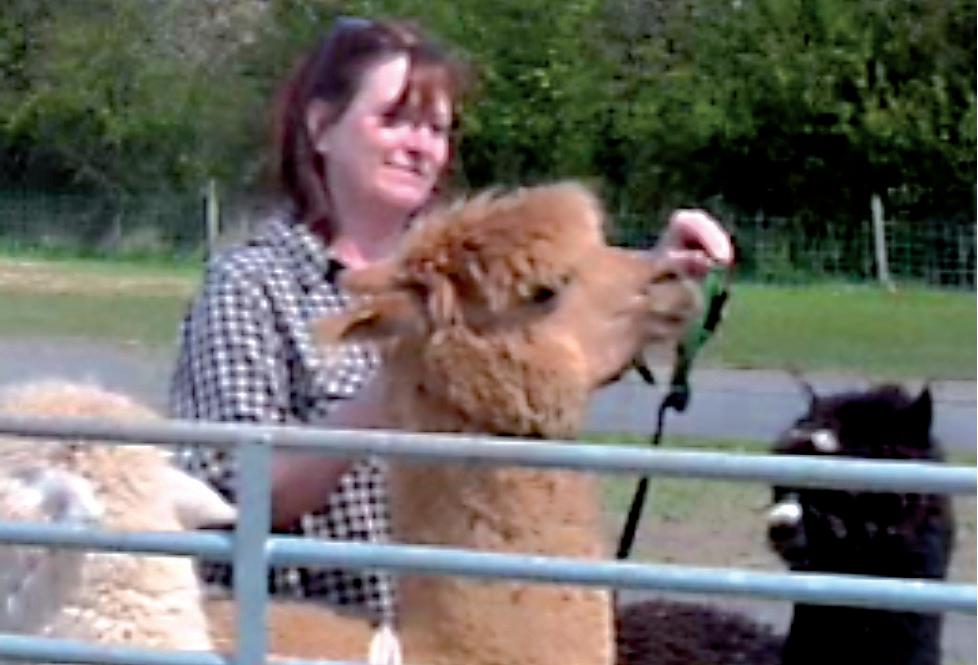
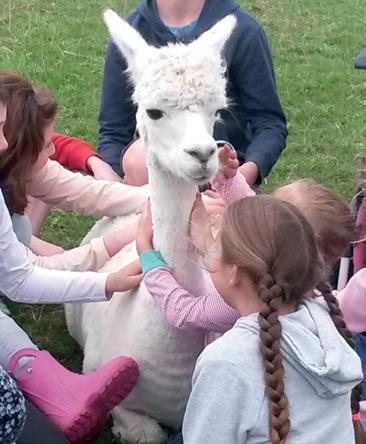








An Essex farm vet, who is one of the UK’s foremost authorities on the care of llamas and alpacas, has been awarded one of the veterinary profession’s highest honours.
Ami Sawran, Clinical Director at Westpoint Farm Vets in Chelmsford, has been welcomed to the RCVS Fellowship, a learned society which promotes scientific excellence, furthers professional skills and practice, and acts as a trusted and authoritative voice within the veterinary profession.
Ami, who is the first RCVS Advanced Practitioner in Camelid Practice, joins the distinguished group due to her commitment to improving the health and welfare of the growing UK camelid population, as well as supporting fellow vets to help them become more comfortable in delivering care to the species.
She sits on the Farm Executive at VetPartners, the larger veterinary group which owns Westpoint Farm Vets.
As well as driving clinical research into camelids, she delivers CPD and training to empower vets to utilise their transferrable skills to treat camelid patients following a boom in the ownership of llamas and alpacas in the UK in recent years.
She is among 48 vets across the UK admitted to the Fellowship in 2024, and will be formally welcomed by the RCVS at this year’s Fellowship Day in London on 28 November. She wants to use her fellowship to continue to champion camelids as well as empower more vets to care for them.
Ami said: “I am trying to further the understanding of camelid practice. Maintaining camelid welfare is extremely important, and clients should also be able to have consistent care from their vets. Camelid medicine has historically been undertaught, leading to a lack of confidence in providing care. I completely understand this, and am working to allay fears around treating camelid species and dealing with novel situations.
“I want to empower vets to use their transferrable skills from caring for sheep and cattle knowing it is useful for camelid practice. Their care is nuanced in some ways, however, farm vets are equipped to build on these foundations and deliver excellent care. My own PhD is in dairy cattle mobility but I ended up pivoting towards camelid medicine when working in a highly populated area. The more camelid work I did, the more I enjoyed it, especially since you can mix high level individual animal medicine with herd health, and I saw an opportunity to make a difference for clients and vets.
“Initially, camelids presented a novel farming opportunity then people invested in them to provide luxurious fibre. Camelid numbers are steadily increasing in the UK, along with the diverse ways people interact with them.
“They have an appeal that extends from commercial enterprises to the pet and companion market and are also used for trekking as well as other attractions. I deal with them every day, whether seeing clients as a first opinion vet, taking referrals, developing resources or teaching university students, vets in the UK and in different countries.”
A 2011 Liverpool University graduate, Ami has enjoyed a varied career in farm practice.
She paid tribute to her mentor Karin Mueller, an RCVS and European specialist and diploma-holder in bovine health, who is a renowned camelid vet, and holds a MVSc in theriogenology. Dr Mueller is a Senior Lecturer in Reproduction & Animal Husbandry Livestock & One Health at Liverpool University.
Ami said: “I never thought a fellowship would be the kind of accolade that would be achievable for someone like me in first opinion farm practice but I think it is important first opinion vets are held in esteem for the work they do. I would also never have explored this without Karin’s encouragement. Outside of the clinical scope of practice, I have tried hard to improve the profession from a number of angles, including widening participation on farm and improving practice culture.”
As a SPVS-RCVS Mind Matters Wellbeing Award winner, Ami has encouraged Westpoint Farm Vets to focus on veterinary wellbeing and a positive, inclusive culture.
She sits on the British Veterinary LGBTQ+ Committee, The Society of Practicing Veterinary Surgeons and the British Veterinary Camelid Society Boards. She is the current SPVS Junior Vice President.
Ami was awarded the first UK Bright Minds Practice Game Changer Award in 2023 for her dedication to improving practice culture and efforts to make farm practice more attractive, welcoming and inclusive for future farm vets.
Westpoint Farm Vets has six branches, in Chelmsford, Horsham, Ashford, Sevenoaks, Winchester and York, and has been providing care for livestock since 2000.
Westpoint Farm Vets is part of VetPartners. Established in November 2015, VetPartners is made up of some of the UK’s most respected and trusted small animal, equine, mixed and farm practices.
Led by vets, VetPartners has 12,000 employees working at more than 700 sites across the UK and Europe, including its headquarters in York. Following European expansion in 2019, the group now has practices in Italy, France, Germany, Ireland, Portugal, Netherlands, Channel Islands, Spain and Switzerland.
After being established as a safe home for veterinary practices, VetPartners diversified and now includes pet cremation services, an online retailer, a small animal veterinary nursing school, an equine veterinary nursing school, laboratories and a locum agency.
Because no two practices are the same, VetPartners encourages its practices to embrace their independent spirit, while supporting them by investing in people, facilities, equipment and latest technology so they provide outstanding care for patients and an excellent service for clients. VetPartners aims to be a great place to work, focusing on the development and wellbeing of its people. In 2022, VetPartners was ranked the UK’s number one company for senior leadership by Glassdoor. It was also awarded a ‘One to Watch’ accreditation from Best Companies in 2024.





















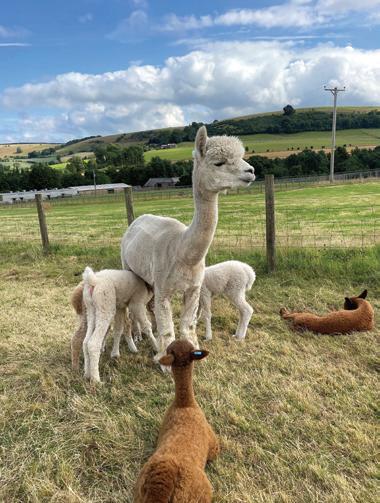













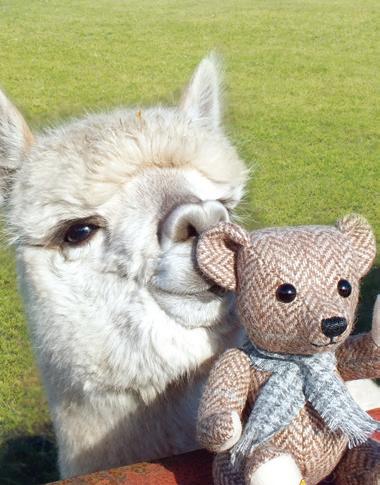



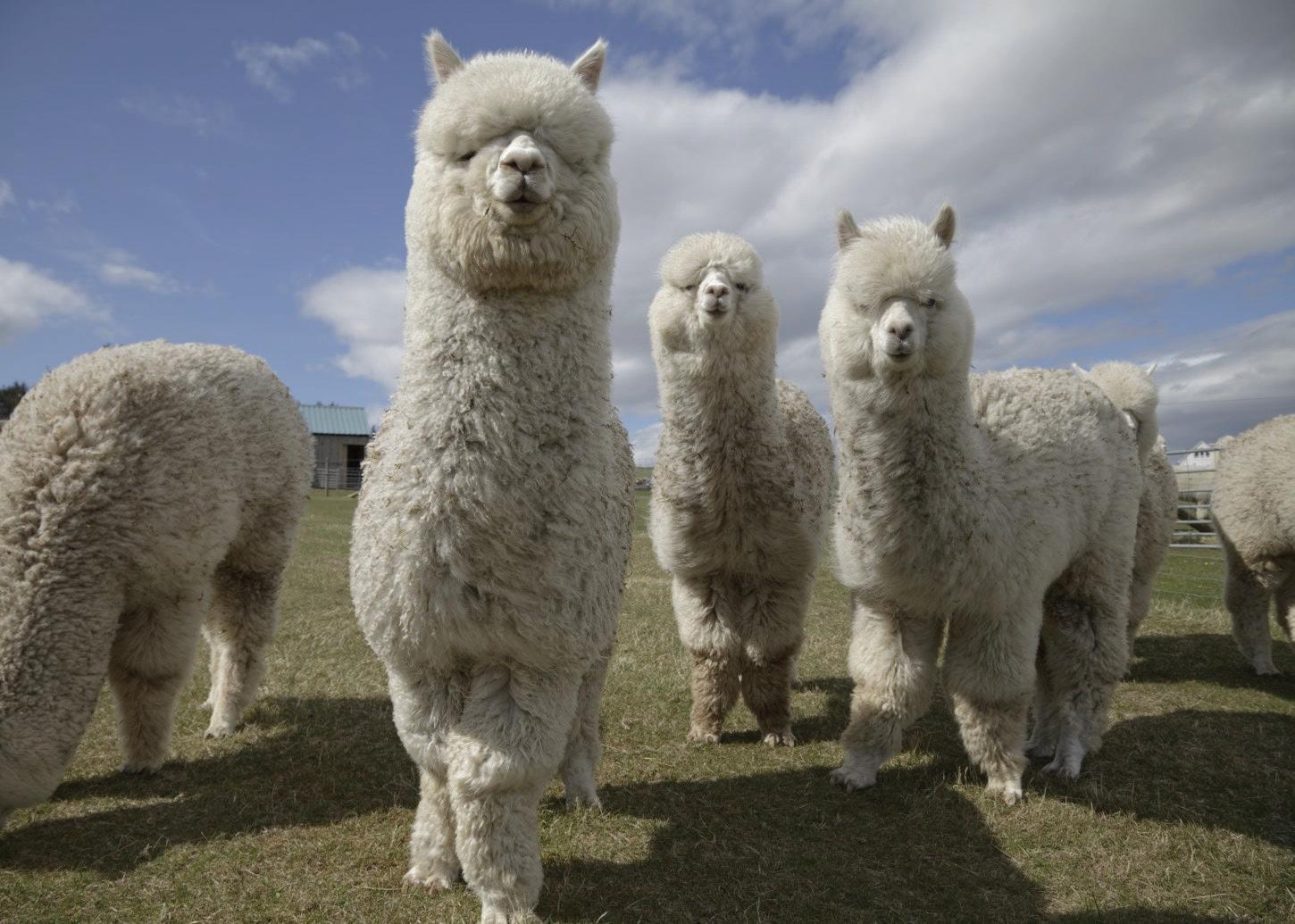






A photo by Ingrid Weel from the BAS National Show has been shortlisted for the British Photography Awards.
On being shortlised for the People’s Choice Award at the British Photography Awards, Ingrid Weel said:
“In the UN Year of the Camelid this couldn’t have happened at a better time. Since May 2023, I’ve been pursuing a personal project on alpacas. Entering every competition possible is part of my journey to raise the profile of this unique community.
"It’s an honour in itself to be shortlisted for a British Photography People’s Choice Award as the image has already been judged as worthy by the panel. The competition is fierce, so I am proud to be considered.
The shortlisted photograph: “Not The Plan…"

"HoEAG, BAS and their members continue to welcome and support me and my work, and I would like to thank everyone who pushed, cajoled and harassed to get as many votes as possible.
"Results will be announced at a gala ceremony on 4 November, which I will be attending and I will be all over the socials while there.”
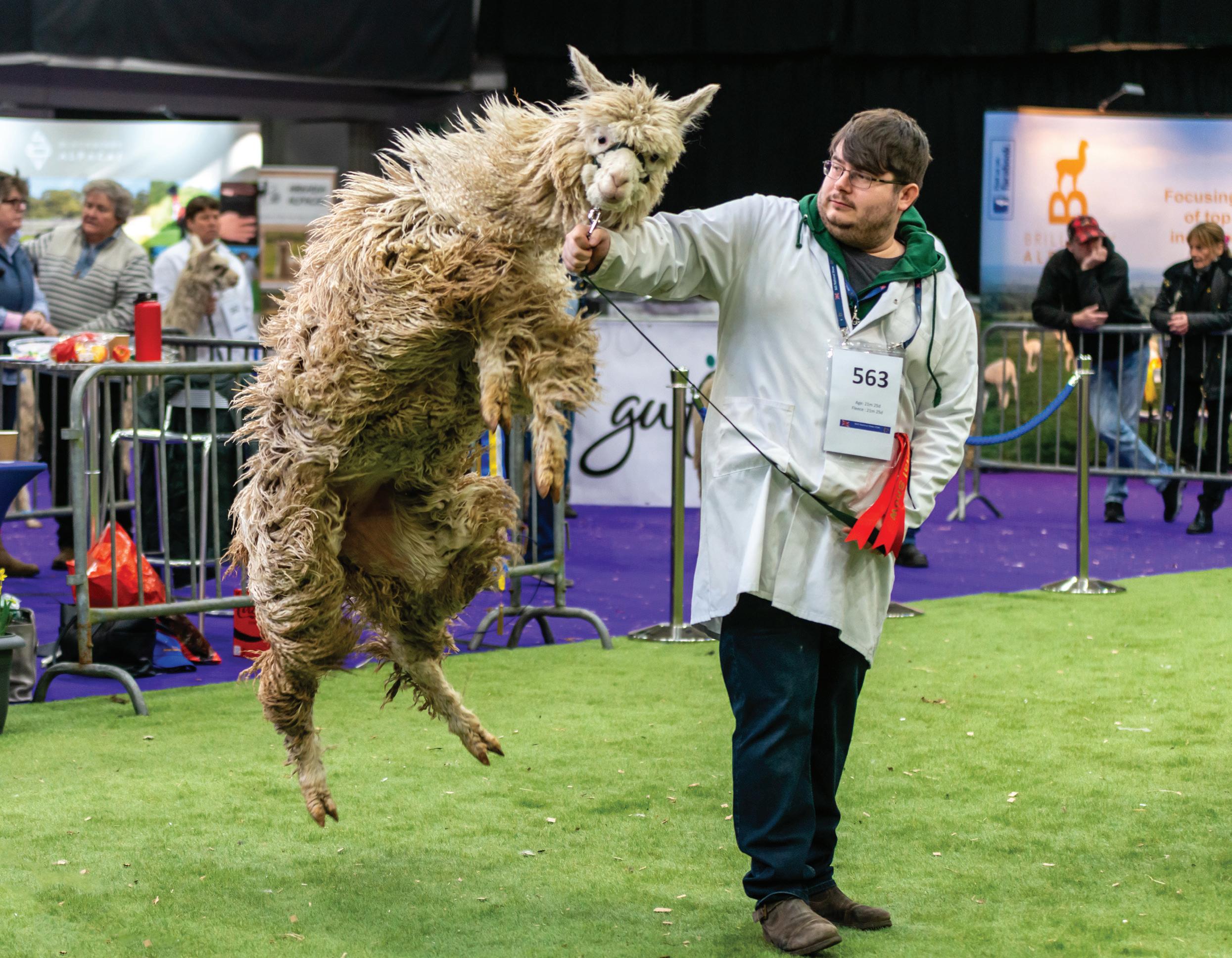

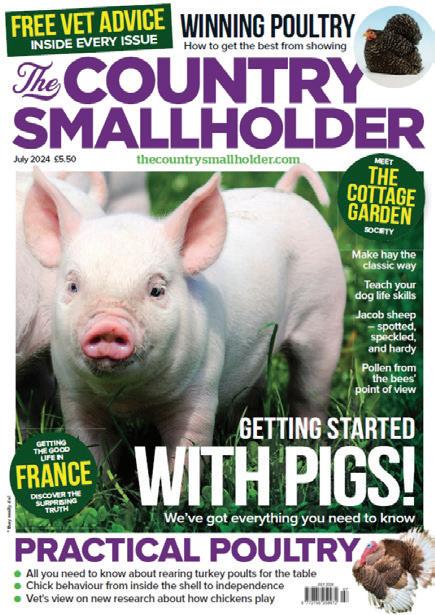
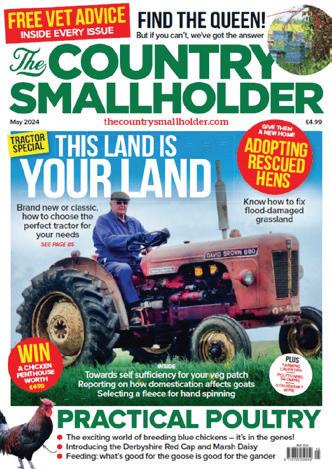

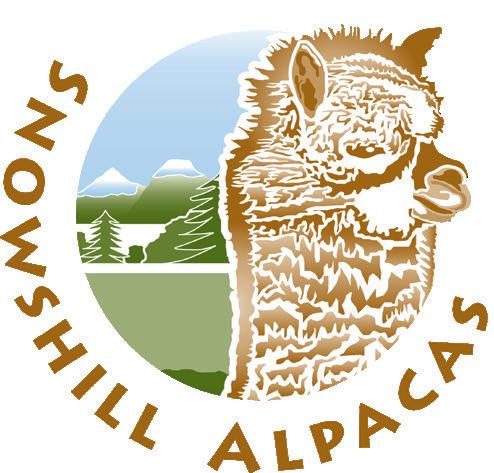

Helen Macdonald received an invitation from the President of the South African Alpaca Breeders Society to deliver a seminar.

This year has been designated by the United Nations as the UN Year of Camelids 2024. Through various events held in many countries, the year highlights how camelids are key to the livelihoods of millions of households across over 90 countries. From alpacas to Bactrian camels, dromedaries, guanacos, llamas, and vicuñas, camelids contribute to food security, nutrition and economic growth as well as holding a strong cultural significance for communities across the world.
Therefore, it was entirely fitting that at the beginning of August 2024, following an invitation from the President of the South African Alpaca Breeders Society (SAABS), Alison Notley, I left my farm in the capable hands of alpaca farm sitters MJ Herd Husbandry and set off to London for the long-haul flight to South Africa where I would deliver two-day seminars entitled Understanding Alpacas, near Johannesburg and Cape Town. Three of my favourite things are alpacas, education, and travel so I gladly accepted.
The previous few months were a busy time. Not only did I have to prepare a total of 18 presentations, I had to have them ready by the end of May in time to be accredited by the South African Veterinary Council. I also felt it important to take noodled blanket fleeces and multiple fibre samples with me. This required some time to determine which importation paperwork was needed from South Africa followed by a health certificate signed by my vet issued by APHA and a minimum of 30 days in the freezer!
I felt very honoured and privileged to be invited. The previous speakers at SAABS events have included camelid vets Chris Cebra from the USA and Jane Vaughan from Australia. Alison explained that this time they felt they needed to hear an established breeder's perspective and combined with my veterinary nursing career and presentation experience, I was going to fit the bill!
After some very careful packing, I arrived in Johannesburg safely with my vacuum-packed alpaca fibre, the necessary documentation and 13 hours of accredited Continuing Professional Development (CPD) for the attending
veterinary surgeons. Clearing Customs was straightforward and after being collected by the SAABS Secretary of 21 years, Di Kruger, I was whisked off for a whirlwind but fascinating tour of this amazing country, its people and its animals.
The day after my arrival I sat in on the SAABS AGM. I very much enjoyed meeting this welcoming group of enthusiastic, committed members who had plenty of ideas. I found it fascinating to learn of the South African perspective on alpaca ownership and discovered that SAABS and the UK alpaca industry have very similar issues to deal with.
The following two days were taken up with presenting the first seminar at the Drumblade Alpaca Visitors Centre. This was a beautiful venue which catered for delegates attending from across the region. Alison, Di and I had a very early start the next day to catch the 6am flight to Cape Town. Arriving in time for breakfast we had time for sightseeing and a couple of days to explore before the second Seminar. We detoured along Cape Town’s beautiful coastline, even down to see the Penguins in Simons Town, before arriving at Helderstroom Alpacas, Alison’s farm.
The next day Di and I drove over the mountain to spend time with the owners of the largest alpaca farm in South Africa with over 300 alpacas. This farm is a very popular tourist attraction and a fantastic example of how alpacas can provide a sustainable business. All the fibre is used and visitors to the coffee shop can watch weavers producing beautifully fine, handwoven alpaca products of the highest quality. The owners were so generous with their time and knowledge, I really appreciated learning from them - there was an exciting exchange of information!
The Cape region is renowned for its wine and fruit production so the final day before the second seminar we spent having a relaxing leisurely lunch at a beautiful vineyard set in the most stunning location.
The second seminar was held at Helderstroom Alpacas in their purpose-built fibre building. The weather turned a bit damp on the first
• There was a lot of useful info (practical and theoretical) in the presentation.
• Helen is an amazing person and passionate breeder. Seminar was good for both novice and experienced breeders as well as vets.
• Well presented, knowledgeable. Husbandry and biosecurity advice was excellent, thanks.
• Absolutely brilliant!
• Enjoyed all and learned so much.
• Excellently organised and very interesting speaker.
• Learned a lot. Lots of practical information and tips.
• Structured, detailed presentations, explanations easy to understand. Thank you for printed and presentation materials as it is a lot of info.
• Great event. I learned a lot.
• Loved meeting all the breeders, vets and other students. Also great to meet people in the industry and knowing there is a big support system and knowledge mine.
• Catering, facilities and refreshments were top notch!
morning, but nothing could dampen the enthusiasm and questions from the many delegates.
The seminar presentations covered all the topics associated with keeping and breeding alpacas as well as half a day spent on the all-important alpaca fibre; shearing, skirting and sample evaluation. On request, at the end of the first day I also outlined Geronimo’s story.
I was so grateful for the distraction of creating the presentations over the winter months. It was important they were factual and evidence-based whilst being informative, relevant and practical. Using my 22 years’ experience of alpaca breeding I was able to include many photographs, videos, and case studies. Formulating clear graphics helped to condense large topics into easy-to-understand summaries. All the delegates went home with new information and ideas as well as a goody bag of handouts.
I knew beforehand that both seminars included a mixed range of delegates from owners, breeders, veterinary surgeons and those who were starting their research and had yet to get their first alpacas. Therefore, I had to try to cater for everyone’s level of experience. Judging by the feedback received from the delegate feedback forms this was achieved.
I had been aware that alpaca fibre assessment had not really been covered at previous events and to my delight everyone found the practical sessions interesting, even the vets. The first task was to evaluate a range of fibre samples and score a range of traits on a record sheet. Delegates in both Seminars identified the same animals’ samples as their favourites. The second task was practical skirting of noodled blankets for both showing and fibre production.
The seminars were delivered, everyone enjoyed the meeting of minds, and I was so pleased my voice held out! To celebrate the completion of a successful project spanning many months, we all enjoyed champagne, a lovely homecooked dinner with local red wine and an early night. During my trip up to this point I had met many alpacas, mostly huacaya but some suris, llamas, a wonderful guanaco and camels.
The next day, as part of a group, I set off on safari to Sanbona Reserve in the Klein Karoo, with my gifted Helderstroom alpaca beanie to keep me warm on game drives. We were able to see the big five including two lionesses close up eating their kill, elephants, and a magnificent sighting of a cheetah as well as many other animals. After three luxurious days at the game lodge, it was off to the airport hotel for a night in preparation for the 6am flight to start my journey home, via a quick stop in Abu Dhabi.
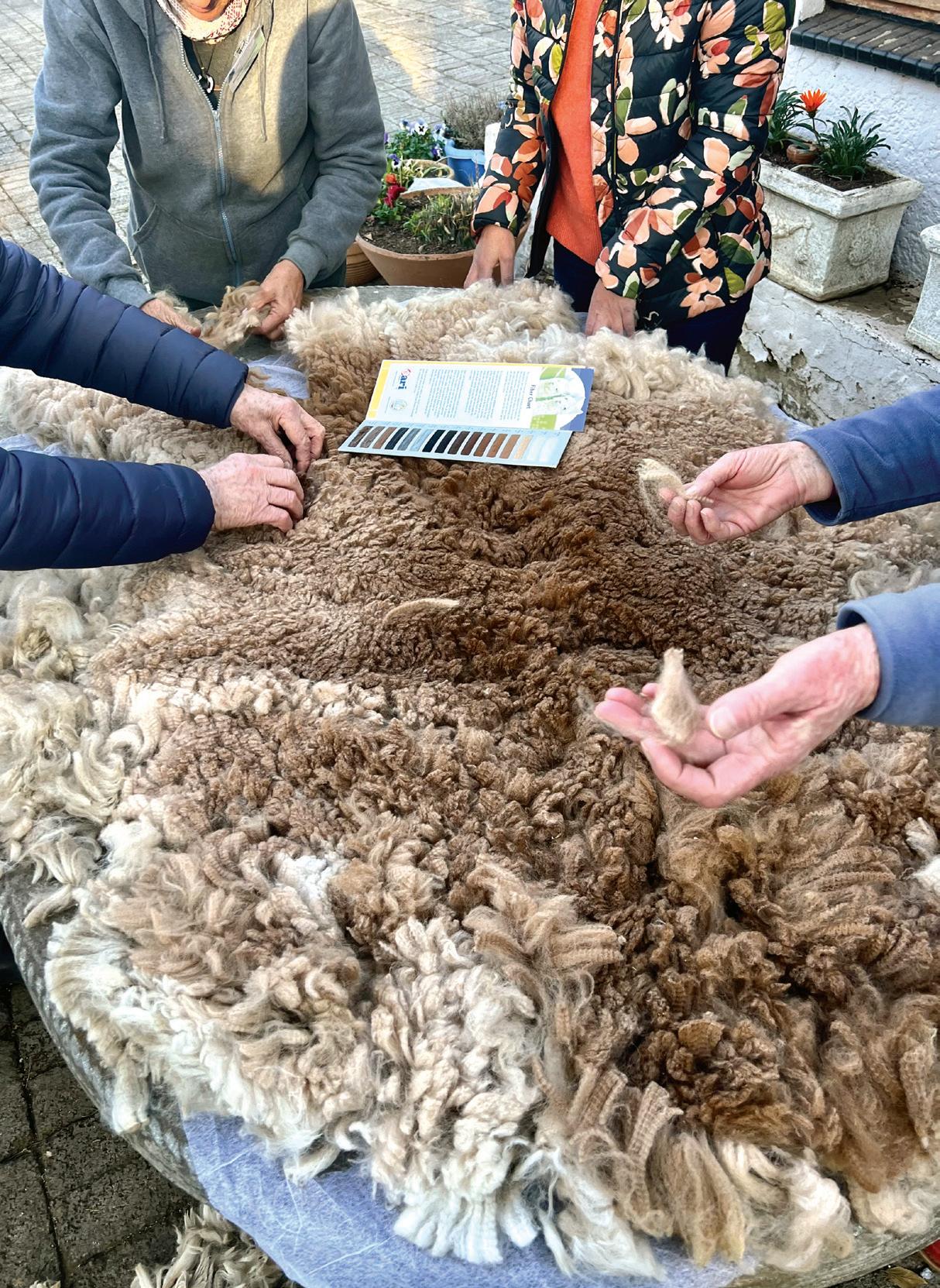
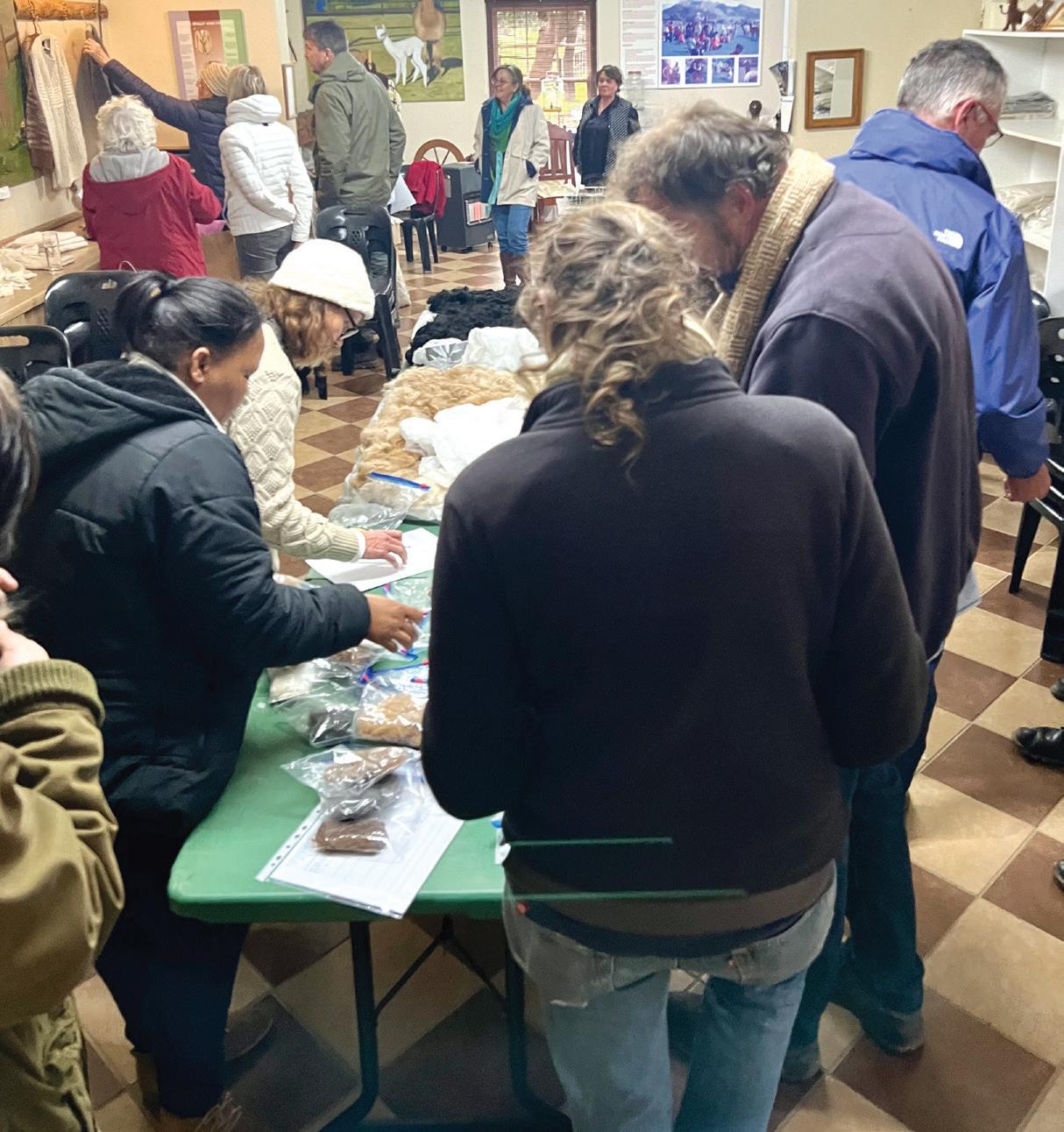
Practical evaluation and scoring of fibre samples
In summary, it was a brilliant project to be a part of and both Alison and Di were a joy to work with – so organised! We had great fun throughout, and I made many new friends. I hope I provided new avenues for SAABS to explore and buoyed their enthusiasm for all things alpaca. Ultimately, it was an opportunity to help people on their alpaca journeys for the benefit of alpacas (and other camelids) in this the UN Year of Camelids. A unique opportunity and one I would happily do all over again.
In this article Carita Saarinen, Futuregen, has collected some interesting case studies from a few breeders in Europe, as sharing is the key to increasing awareness.

While the alpaca world is holding its breath waiting for more discoveries to be published in the research field of colour genetics, some exciting discoveries can be found within our very own paddocks. Being open and learning to implement the findings that have been brought to us will lead us a long way, as we wait for more to emerge. After all, our own stock offers the best pathway to the information we desire, an opportunity to know their unique individual genetic makeup.
As a specialist breeder of black huacaya alpacas, one would expect that producing black alpacas would be high on our list of goals. Having bred alpacas for thirty years, we have had to rely on our experience, the pedigree information and previous performance to try and predict the colour of the progeny from any breeding.
Overall, predicting the colour of the progeny from my black females became easier the more crias they had. However, what about the maiden females? How does one predict them? I remember all too well having
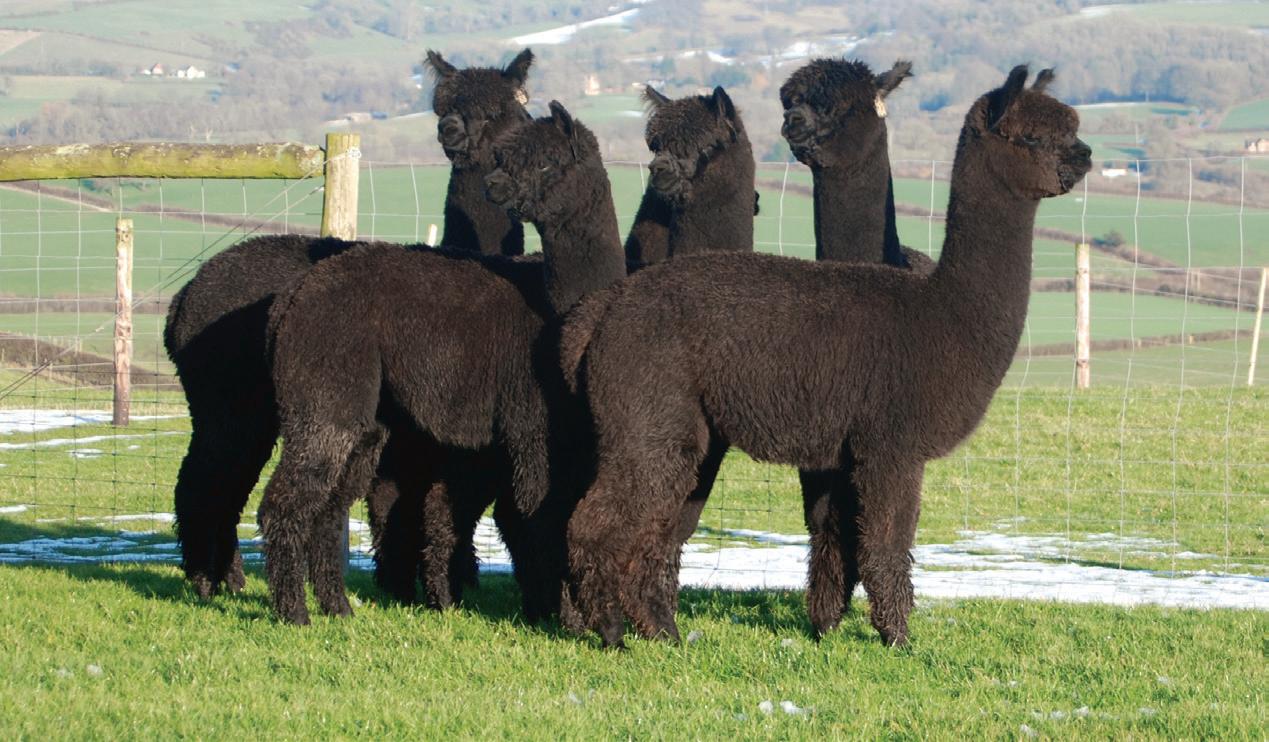
retained the very best black females from a cohort and then breeding them to my best black sires, only to realise in eleven months that some females were growing a fawn coloured cria inside and the whole year had been, not wasted but not as good as it could have been. Add this frustration to the fact that usually it takes a paring at least six crias before you get a cria that is better than both parents and the same colour, so it makes for a long process.
Introducing DNA colour testing from Futuregen has revolutionised the way we breed here at Inca Alpaca. We immediately tested all of our black and grey breeding males and females and the results have been insightful. Some were as expected, both Ee aa and EE aa and others were not what we had predicted, even with some progeny results. Having the DNA colour genotypes for our stock means that we can not only breed more uniform progeny and place some focus on the colour intensity as well, but also offer customers less risk and more satisfaction. We are now coupling this new genetic information together with various other tools including Skin Imprint and embryo transfer in the hope that we can increase the rate at which we develop the black and grey huacaya breed.
An example of how the DNA colour test has helped us is described below with two males, father and son. Here we have Beck Brow Jimmy Choos and his son Inca Lewesdon. In the first two years of using Jimmy Choos we found he produced the odd fawn cria and this was really disappointing as we purchased Jimmy with the primary intention of using him over many of our Surtierra Shadow and Lillyfield Jack of Spades daughters. When his son Inca Lewesdon was born he looked to inherit the very best of both parents and his phenotype was exactly what we were looking for. We suspected that Lewesdon would breed more true for black than his sire and that was the result with the first year of progeny. The DNA colour test then became available and we tested him along with Jimmy and found our prediction to be true. Lewesdon was in fact EE aa whilst his sire Jimmy Choos was Ee aa which as many will know will produce fawn cria 50% of the time when bred to a black Ee aa female. So knowing that Lewesdon was EE aa meant that I could now implement the mating plan and use the Jimmy bloodlines contained in Lewesdon over my Surtierra Shadow daughters resulting in guaranteed black or brown crias and no fawns. >> Continued on next page
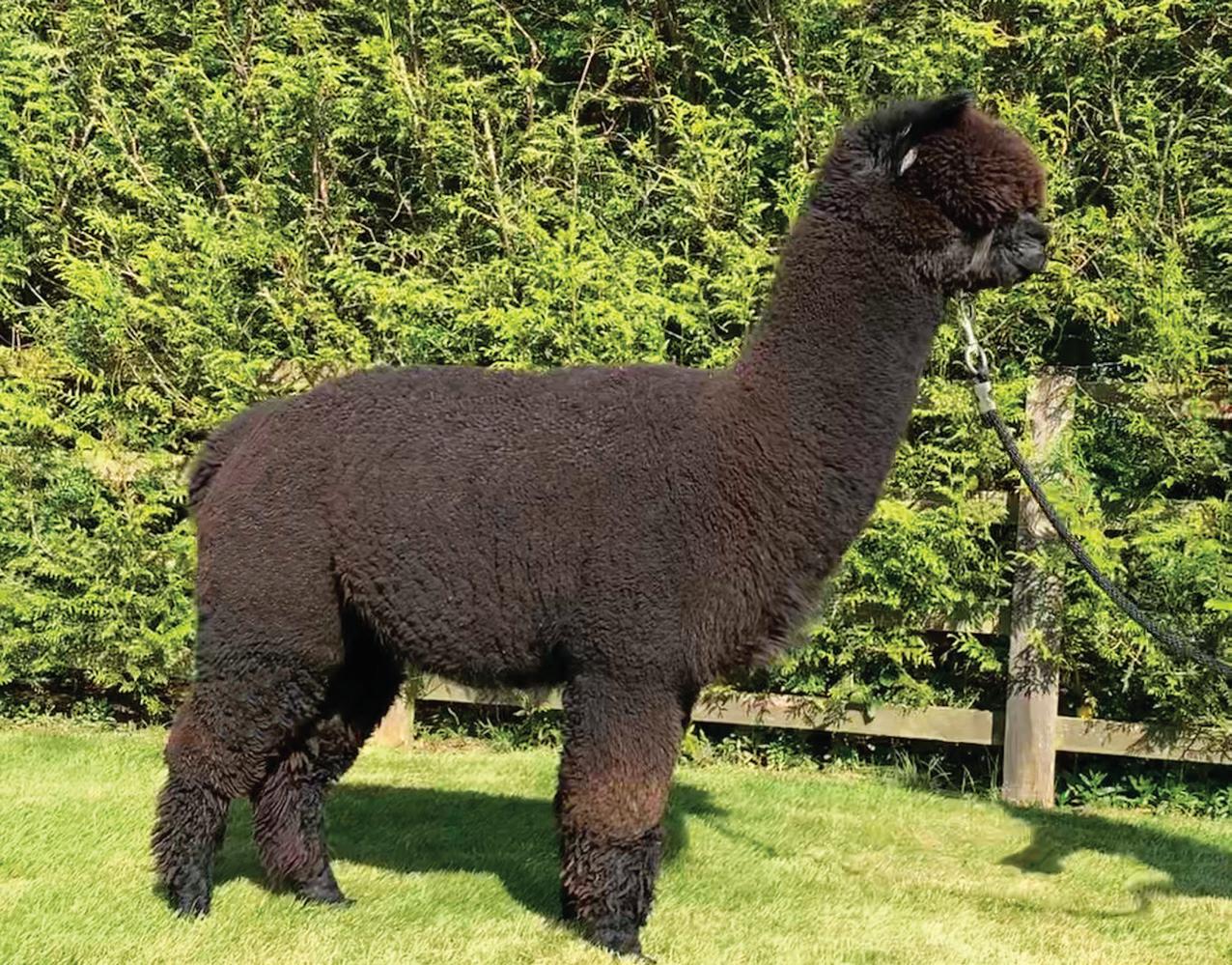




CME Ceres tested out as a classic grey with a genotype of e¹e¹ Aa²
Ceres is an 11 year old white female with a spot, out of two white parents, who just tested out as a classic grey. Her base colour genotype is e¹e¹ Aa². Parents are not DNA tested.
Sometimes we might come across these unexpected surprises when the colour genotype tests are run. Like Ceres. Nothing would have let the breeder realise that instead of a white alpaca with a spot, she actually had a classic grey. It is possible, that animals may be deselected from further breeding when the expectation is that they might give us something that we did not desire, or it is also possible we breed our ”hidden” greys (which usually have a homozygous copy of the non-functional MC1R, ee) with a partner that would pass on another non-functional MC1R, so our progeny would be another ”hidden” grey. If they inherited the classic pattern in the first place! Why does she have a spot? We don't know the answer. But if she had both a white spotting gene and the classic grey gene, she would be a BEW, which she is not.
British alpaca: Classical MileEnd Ceres, UKBAS22640 (CMEBASUK439), female solid white (Huacaya), 17 August 2012. The known pedigree doesn’t show any grey ancestors
DLA Pastori (Can.) CAN/15893 (Huacaya)
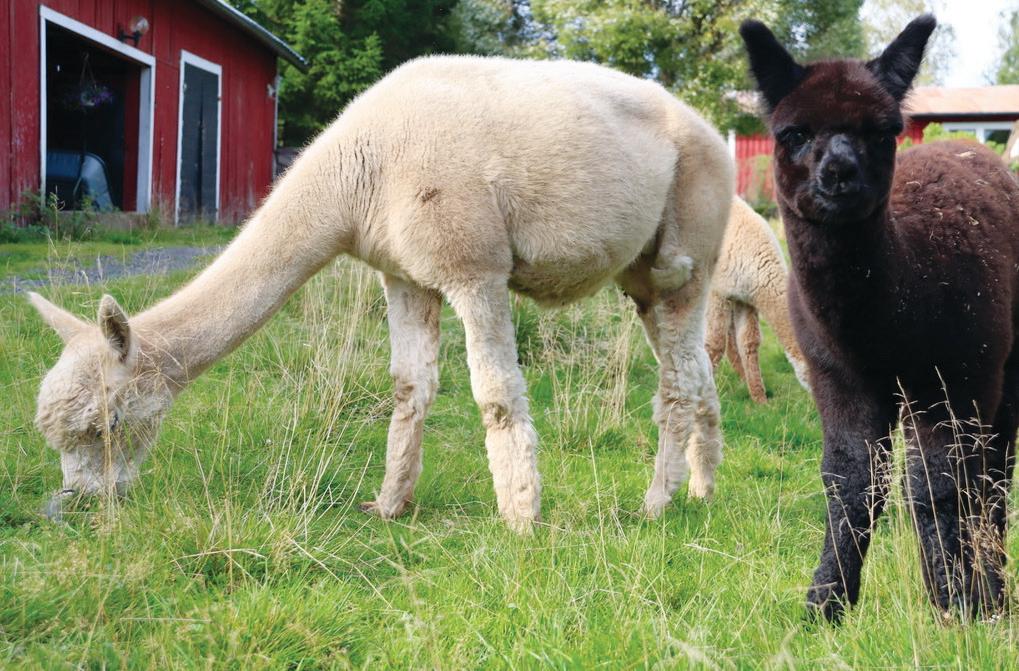
By doing the colour test, you can make sure you know what you have and not (possibly) waste your valuable resources. With using the genotype results you know how to best plan the matings for the most successful outcome. To know Ceres is a classic grey and how to best pair her in the future is definitely information worth discovering for a breeder of greys, such as Laurence is.
Thank you to Laurence Lenoble from Alpaca du Maquis for allowing me to share Ceres´s case in this article.
I conducted a mating, where I joined a light fawn ee aa female, Juanita, to a dark brown EE aa male, Othello, with the expectation of receiving a dark pigmented (from brown to black) outcome. And here she is! A true black female, now aptly named as Touché Noire. A perfect example that you can successfully use ee aa light fawn sires and dams for your dark breeding programme with the right pairing. When this genotype information is available, you can search for quality and specific lines from a wider selection window to meet your goals in your breeding programme. In order to help these projects to go as planned for 100% of the matings, you would need to have the other parent being an EE aa genotype.
Pperuvian Vengador (USA) USA/123063 (G4568) (Huacaya)
Pperuvian Puka Pollera (Can) CAN/13022 (B4361) Solid Fawn (Huacaya)
Dovecote Jaquinto of AUK (Imp)
UKBCL15085
Solid White (Huacaya)
Produced By
This is not a society certificate
Blackgate Lodge
Mistic Flame of CME (Imp)
UKBA502811 (CMEBASUKCM126)
Solid White (Huacaya)
Okanagan's Jolene (Can)
CAN/21787 (46K) (Huacaya)
Adelyn Highland Mist (Aust.)
IAR/21353
Solid White (Huacaya)
Blackgate Lodge Miss Elegance (Aust.)
IAR/36648
Solid White (Huacaya)
Peruvian Allanza Del Monte 52(Can) CAN/19383 Solid Fawn (Huacaya)
Oacl Jo-Jo 0046 (Can) CAN/18896 Solid Fawn (Huacaya)
Purrumbete Highlander (Aust.) IAR/2402 Solid White (Huacaya)
Purrumbete Flamingo Mist (Aust.) IAR/2301
Solid White (Huacaya)
ILR Peruvian Don Julio (Aust.) IAR/22099 Solid White (Huacaya)
Blackgate Lodge Minka (Aust.) IAR/32248 Solid White (Huacaya)
No information
No information
No information
No information
No information
No information
No information
Chilean Male CHIL.M
Chilean Female CHIL.F
Chilean Male CHIL.M
Purrumbete Sweet Freedom (Aust.)
IAR/2410 Solid White (Huacaya)
Chilean Male CHIL.M
Chilean Female CHIL.F
Purrumbete Highlander (Aust.)
IAR/2402 Solid White (Huacaya)
Angikest Gemma (Aust.)
IAR/11869 Solid Light Fawn (Huacaya)

Othello will have some more work to do, as a new star was born on our farm last summer (2023). Please meet Wuthering Heights Atlas, a very special boy with a lot of quality packed in him throughout the pedigree and just an amazing fleece going down very low into his extremities and the overall appearance is just about what I want to see on this farm. Just not brown…
This boy caught my attention and interest in a lot of ways. In addition to him looking the part, his phenotypic expression (the way he looks to the eye) is like, can I say, a 'classic' cryptic grey. He was born with a fading medium fawn tip, except the head, chest and toes, which were light or white. He also has this lighter, almost blueish circle in the iris of his eyes,


which makes this impression even stronger. His sire is a solid medium fawn and wasn’t tested before Atlas and his dam is a roan female, that was tested as Ee¹ a¹a³ (non grey).
As I now run the genotype tests to all the crias in the autumn time, his results came back and he indeed is not a classic grey. Something else is causing the pigment not reaching fully into the extremities and his chest. This probably is just an odd coincidence during the early development when the pigment producing cells have spread starting from the neural crest which is in the base of the scull and then moving along the spine and migrating over the body and just not reaching the extremities. However, as his fleece grew a bit more length, the fawn pigment (eumelanin) had faded and left us a very evenly light coloured fleece next to the skin, all over the body! Only a bit more pigment can be seen close to the spine. Please see the image of his baby fleece in the picture above. >> Continued on next page

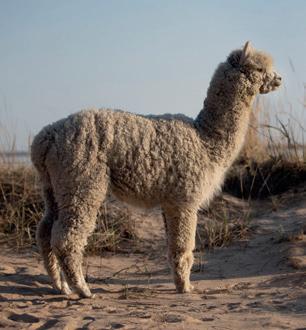
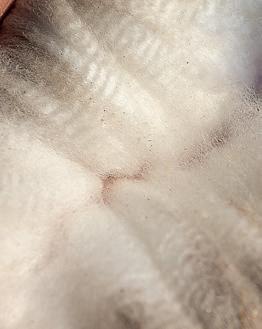

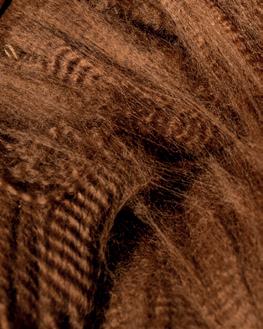
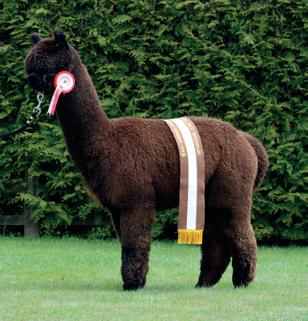

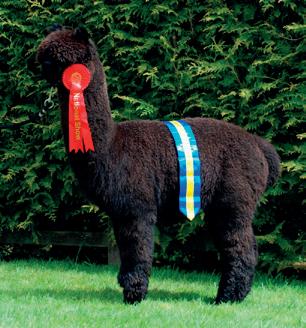
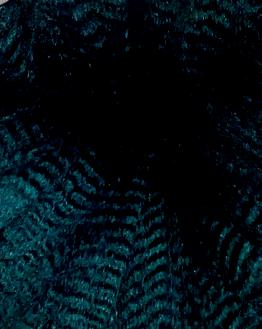
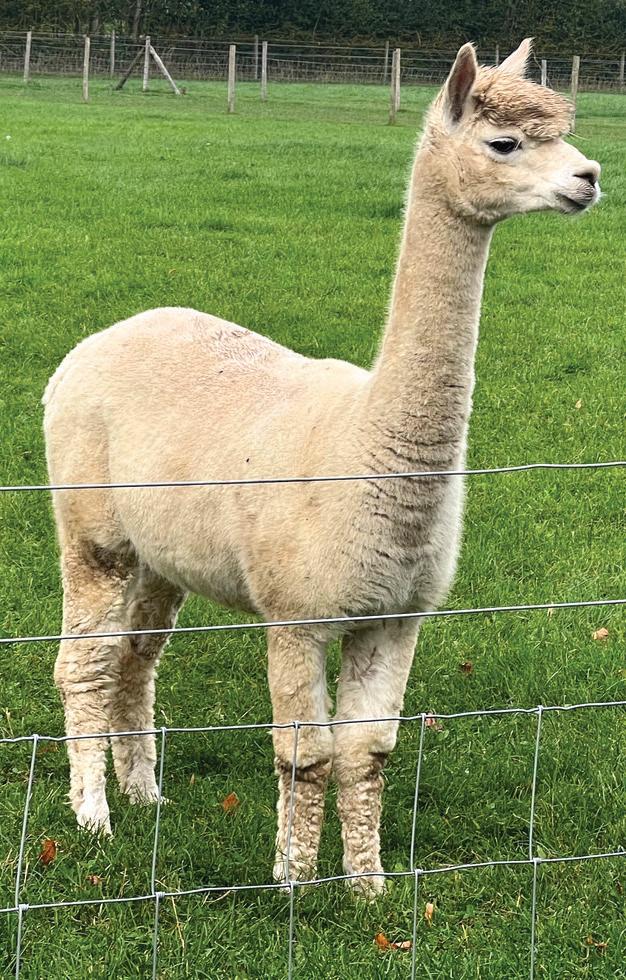

Atlas tested out as e¹e¹ a²a³, so luckily he is a hidden black and not carrying the wild type ASIP allele (expressed as a capital A in the test results). As my focus on my colour breeding programme is brown, I needed a game plan to successfully join Atlas as one of my future herd sires. Othello, that is an EE aa, can definitely help me modify the genotypes into my preferred direction within the female herd. Together we will hopefully tailor a few EE aa girls for Atlas to breed some browns with. And again there is something to look forward to in the coming years, which keeps things interesting.
I don't think I will ever get bored with breeding alpacas and learning more over the years. One of the main lessons I have learned after working with analysis (fibre and colour), is that it is always best not to rely on assumptions.
This following case (just as any of the ones before) will show you another good example of this.
Here are two little males that were also born last summer. Just like it was impossible to tell from the outer appearance (without the colour genotype test) in the Inca case, which male to pair with which females to avoid the odd fawn crias, so it would be hard to tell apart from these two brown boys of which one of them would work better in the darker coloured breeding programme.
These photos have been taken on the same day and in the same light and from the same direction. By looking at them with a naked eye, it can be seen that the male on the left has slightly more black pigment (eumelanin) in his head and his long black eyelashes also give him a darker appearance. By looking at their fleeces, they look identical in colour. Maybe if you had to guess, you would pick the one on the left.
Both these males have recently received their colour genotype results and the male on the left tested out as Ee1 a1a2 and the male on the right as EE a2a3 Maybe the different ASIP mutations cause the slightly darker appearance to the male on the left, however, he may also pass the non-functional MC1R copy and then it is dependent on the female whether you will receive a dark pigmented, or a fawn cria. The male on the right would always pass a
The fawn colour faded and left us a light fleece next to the skin
Photos Carita Saarinen

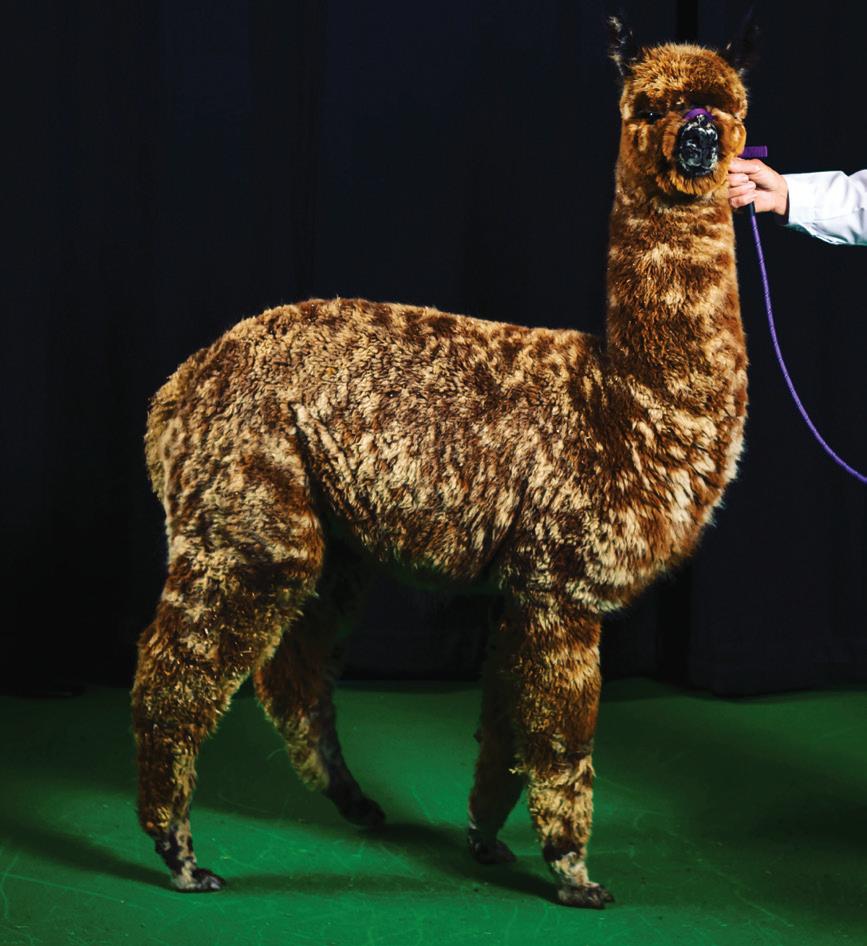
functional MC1R, plus the black ASIP copy, so give a full guarantee that the cria will express it’s specific level of eumelanin. Now you would know which to choose if this was left as your selection point.
Sandhills Alpacas, North Yorkshire, were interested in colour genetic testing their huacaya alpaca herd when Paul and Maggie Slingsby started to seriously think about breeding appaloosa and harlequin alpacas. By doing this they were hoping to find a common theme and be able to select which male and female alpacas were used for breeding going forward. Of course they were intrigued on how Hotspot was bred from a white female?
Sandhills contacted Futuregen who were helpful from start to finish and they started their journey on learning about colour genetics. From the results Paul and Maggie were excited to find Hotspot's dam had a hidden black gene and he had inherited specific alleles from his parents, and he was the darkest result that could have been achieved. Sandhills now understand that he will always give one black gene to the cria and to help get a contrasting pattern become visible on his cria, females can be selected with two active MC1Rs to make sure the cria will have at least one active MC1R. Sandhills are expecting five Hotspot crias this summer and very much look forward to seeing what he can produce and hope as many appaloosa breeders as possible genetic colour test their herd so everyone can learn more about how to breed these beautiful animals.
I hope that through these case studies I was able to bring the complex topic to a bit more of a practical level and inspire alpaca and also llama breeders that are interested in breeding for any specific colours/patterns. This article will continue developing as there is still room for at least a case representing a white breeding programme and a fawn breeding programme and I will keep looking for those.
I want to express my greatest gratitude to the breeders involved in this article, Inca Alpaca and Sandhills Alpacas from the UK and Alpacas du Maquis from Belgium for providing such eye opening examples to us.
There is only a tiny difference in the level of eumelanin expressed in these two crias



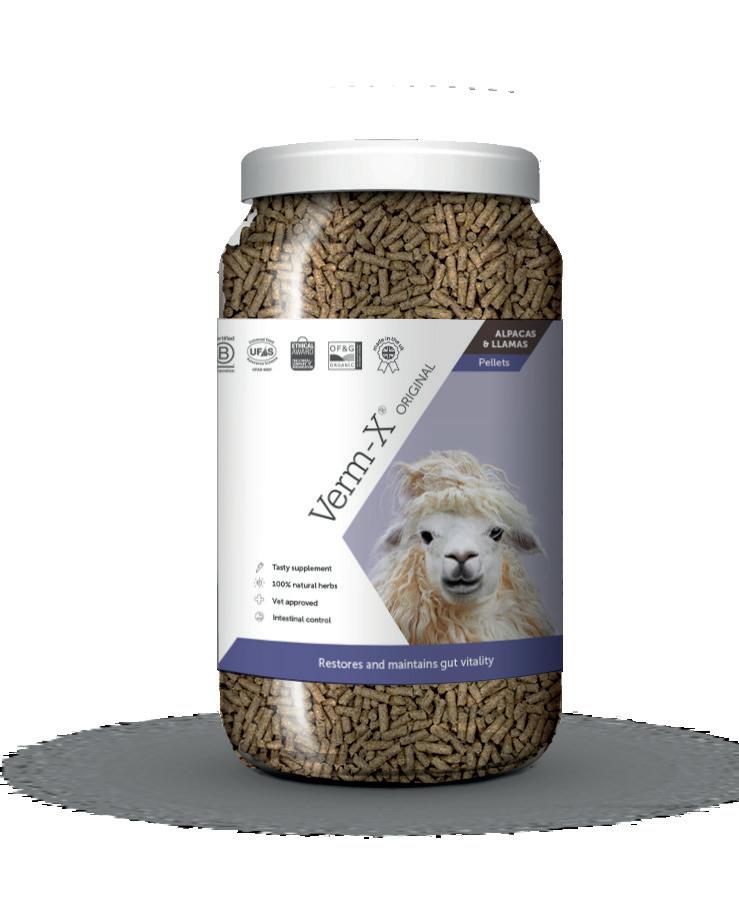
Joy Whitehead says you need to make wise decisions throughout the year.
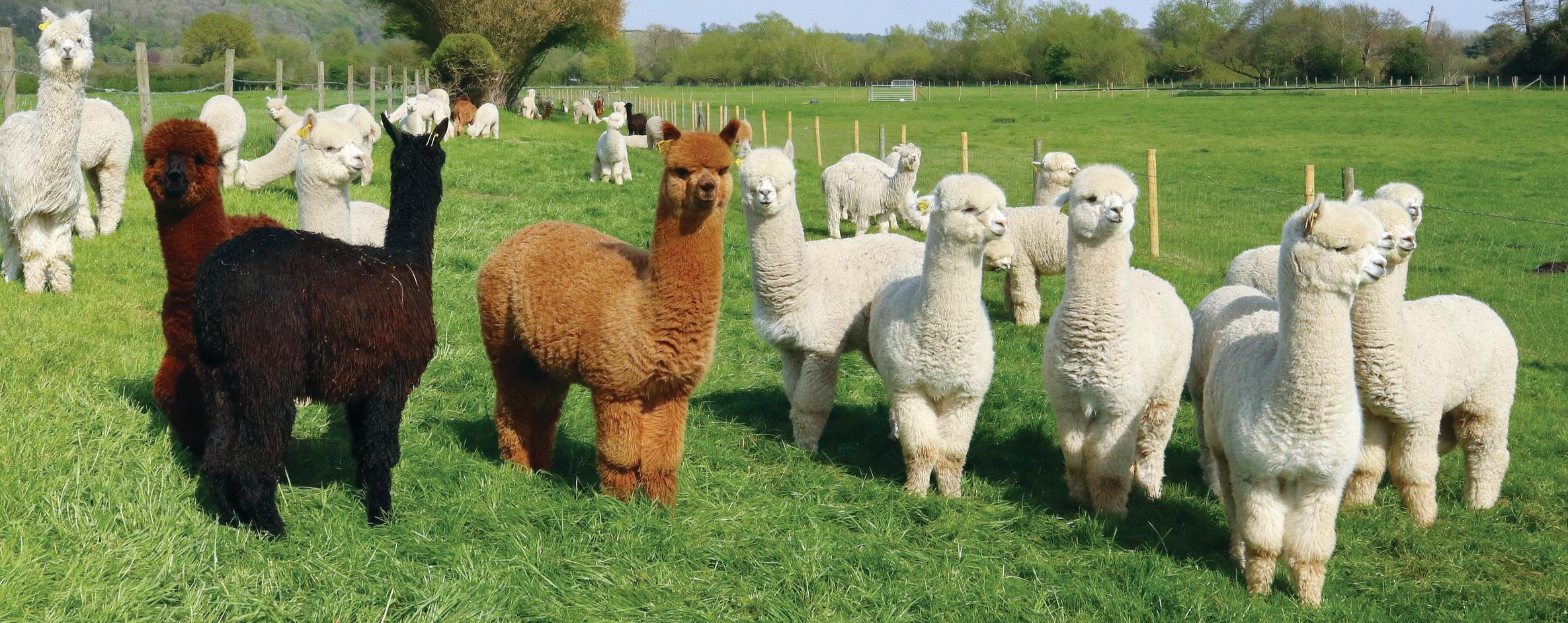
Breeding for improvement in alpacas is the goal of all serious alpaca breeders. The need to achieve a vibrant fibre industry makes us strive to improve our alpacas’ fibre fineness, uniformity, density and weight with each and every generation. Competing in the Show ring gives a good idea as to how successful our breeding strategy is. Achieving high placings and championship ribbons is very satisfying but also listening carefully to the judge’s reasoning in regard to placing the alpacas is a great guide as to where we are in our breeding: also how we might improve. Whatever position in the line-up an alpaca places, there is an opportunity to look carefully at the alpacas placed both above and below to make sure we understand how the placing decisions were made. This knowledge can contribute towards our next breeding decisions.
At Bozedown any conformationally defective alpacas are immediately removed from our breeding programme. We do one or two whole herd evaluations each year, with most traits being checked and recorded for each and every alpaca. We check the alpacas walking freely for their overall conformation and gait. We take note of tooth alignment and overall fleece coverage from their top-knot to their toes, and we get right into their fleeces to check micron, length, density, uniformity, crimp style, brightness (huacayas) or lustre (suris), colour uniformity and guard hair. We apportion a score between 1 and 5 to each fleece trait along with an estimate of micron (usually within half a micron). These assessments are hugely important to us as they form the basis for future breeding decisions. At shearing we make further records of blanket fleece and overall
weights, and again check the fleece traits, making further notes at the time, which may include things like ‘needs more density’ (in the next generation) or ‘short fleece’ (not too bad in an older female, but would still need to make sure to always breed to a stud with long fibre). Seeing fleeces off the alpacas gives us another perspective when evaluating our alpacas. We have our Herdmaster programme on a PC alongside, open and ready, in case we need to verify parentage. Quite a few breeding decisions are made over the sorting table.
In addition to fleece records, many other records are kept starting with birth weights. If a cria fails to gain weight we may need to bottle feed. If the same dam has a problem cria each year we stop breeding from her. It is hugely important to breed from reliable breeding stock with strong frames and good conformation, but also to look at fertility and mothering instincts alongside their ability to maintain condition and feed their crias optimally. In this way we can eliminate problem breeders from our breeding programme. It is important to remember that, for each cria, 50% of its genes come from the Sire and 50% from the dam. You can put a top sire over a mediocre dam for improvement, and you can go on improving over a female cria in the next generation by using another top sire, but don’t expect to be able to use a male cria from this combination as a herd sire as he won’t necessarily be as prepotent as a cria produced from two top quality animals. Matching sires to the dams you have, to improve specific traits, is often a step in the right direction. One stud male will reliably sire long-fleeced progeny, where another can improve the brightness or lustre, and another density and coverage. Any breeding line is a layering of genetics over several generations, introducing desirable traits along the way.



We can see from our records exactly what progeny are produced from each sire and each dam, how many male/female crias, and what colours they have produced. This year we have started testing some of our alpacas for colour predictability. From these relatively few results it already appears that we need to expand the numbers we are testing in order to improve this predictability. We need a good base line and then we can try to start predicting. Meanwhile, last year Mary-Jo decided to try and breed more fawns, with the result that among this year’s crias we have very few whitesshe was more successful than she expected! There is still much to learn, but coming to our aid is colour genotyping which is improving all the time. A better knowledge about the probability of various colour outcomes will allow breeding selection to concentrate more in favour of fleece traits.
Estimated Breeding Values. The BAS has adopted this proven technology, widely used among cattle and sheep herds for meat and milk production, to investigate fibre traits in alpacas. BAS has compiled 3 years of EBV data,
starting in 2021, and are now collecting 2024 shearing data. Over 40 different herds are already taking part. In the 2023 analysis there was data from 3900 huacayas and 860 suris. The focus thus far has been on 6 fibre traits. The system also accommodates historic data from previous shearings to strengthen the EBV analysis.
The results we have so far at Bozedown from the EBV project are from samples taken over many years of fibre testing. These results have been from different laboratories over time, which have used different parameters to produce their results, which in turn dilutes their accuracy when trying to make comparisons between alpacas. It will take more years of consistently comparable data before we will understand the bigger picture. EBVs will not replace any of the skills that we and other alpaca breeders have accumulated over the years, but they are adding an extra layer of information that should help in our breeding decisions.
The next stage might be to extend the data collection to other parameters such as birth weights and gestation periods?
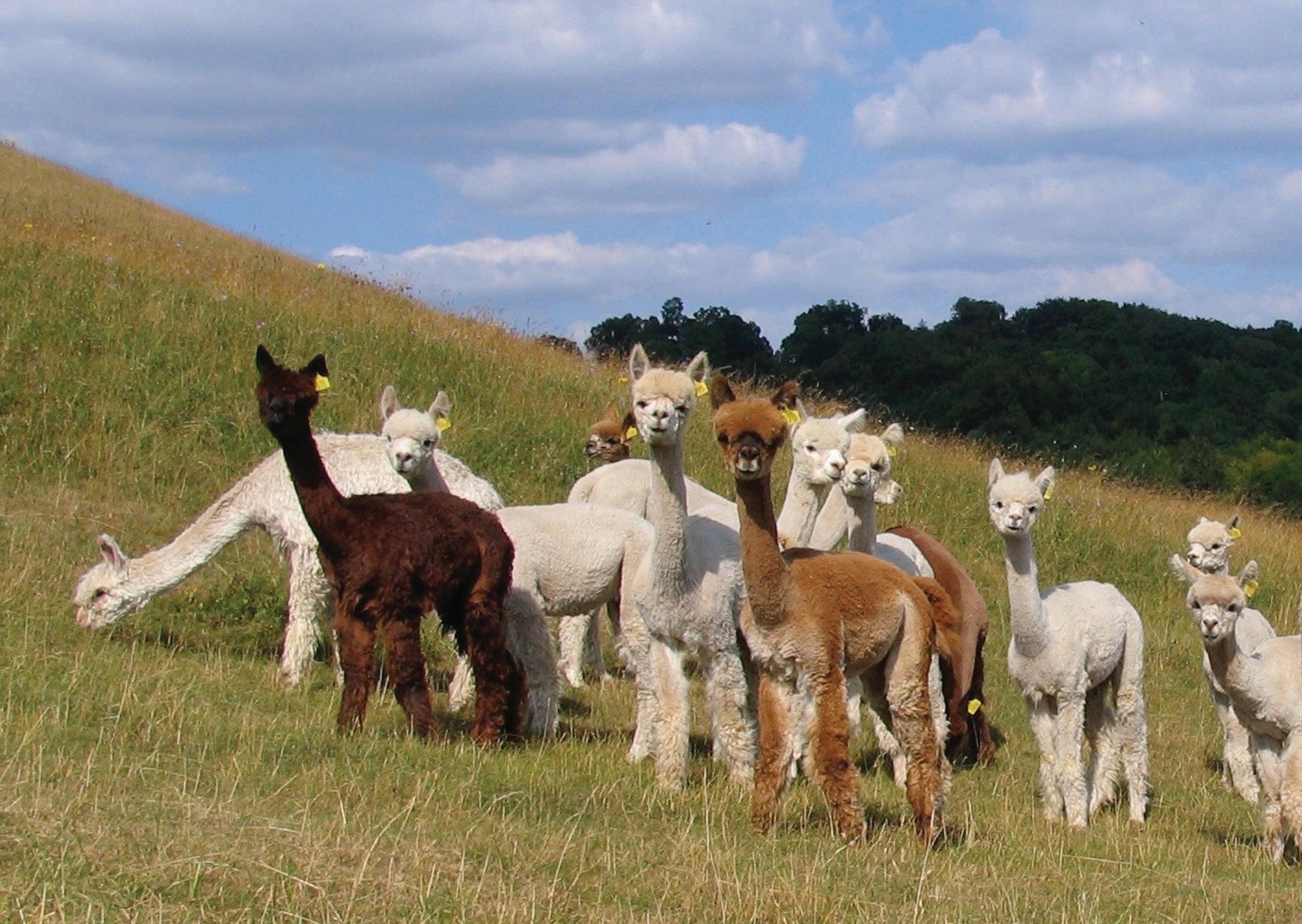
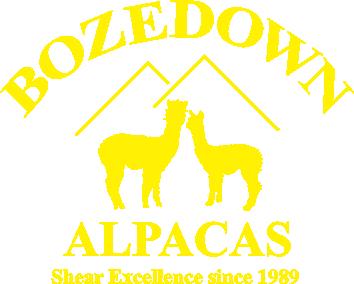
Charlotte Brockwell of Cadbury Alpacas gives her experiences with her breeding female.

Valentine’s Day 2024 was a date to be remembered for all the wrong reasons as the early morning alpaca check revealed Aurora, a young pregnant female with cria at foot, holding up her left hind leg and it swinging in a direction it was not meant to move in.
To this day the cause of the break is unknown but it was during the muddy season which likely played a large factor.
The vet was rather negative on the phone trying to prepare me for euthanasia before she had even seen Aurora which was not leading me to much hope of them getting her better.
I moved Aurora and two companions into a field shelter and swiftly weaned her cria (which actually caused her more stress than the break), but she was already sharing her resources with her unborn cria and needed all the calcium she could get for her leg. The vet arrived with some students and brought a mobile X-ray machine and a splint.
There was a laceration over the break and we weren’t sure if this was superficial or if it reached the bone, a bone infection could be life threatening and so we irrigated and dressed the wound and started her on antibiotics, but thankfully it turned out to be superficial.
The X-ray showed a complicated fracture of her metatarsus (hind cannon) with fragments of shattered bone, and the vet was unsure a cast would be sufficient due to the complex break.
The vet clocked up a few hours phoning around to see if any equine vets were able to perform an internal fixation but she could find no one willing to operate or anaesthetise a pregnant alpaca in the surrounding areas, and with a growing estimated cost of several thousand pounds this became prohibitive. We then discussed options of an amputation if the bone became infected as apparently alpacas can actually manage surprisingly well on three legs, however it may not be the same for a pregnant alpaca and again the risks to the unborn cria would be great.
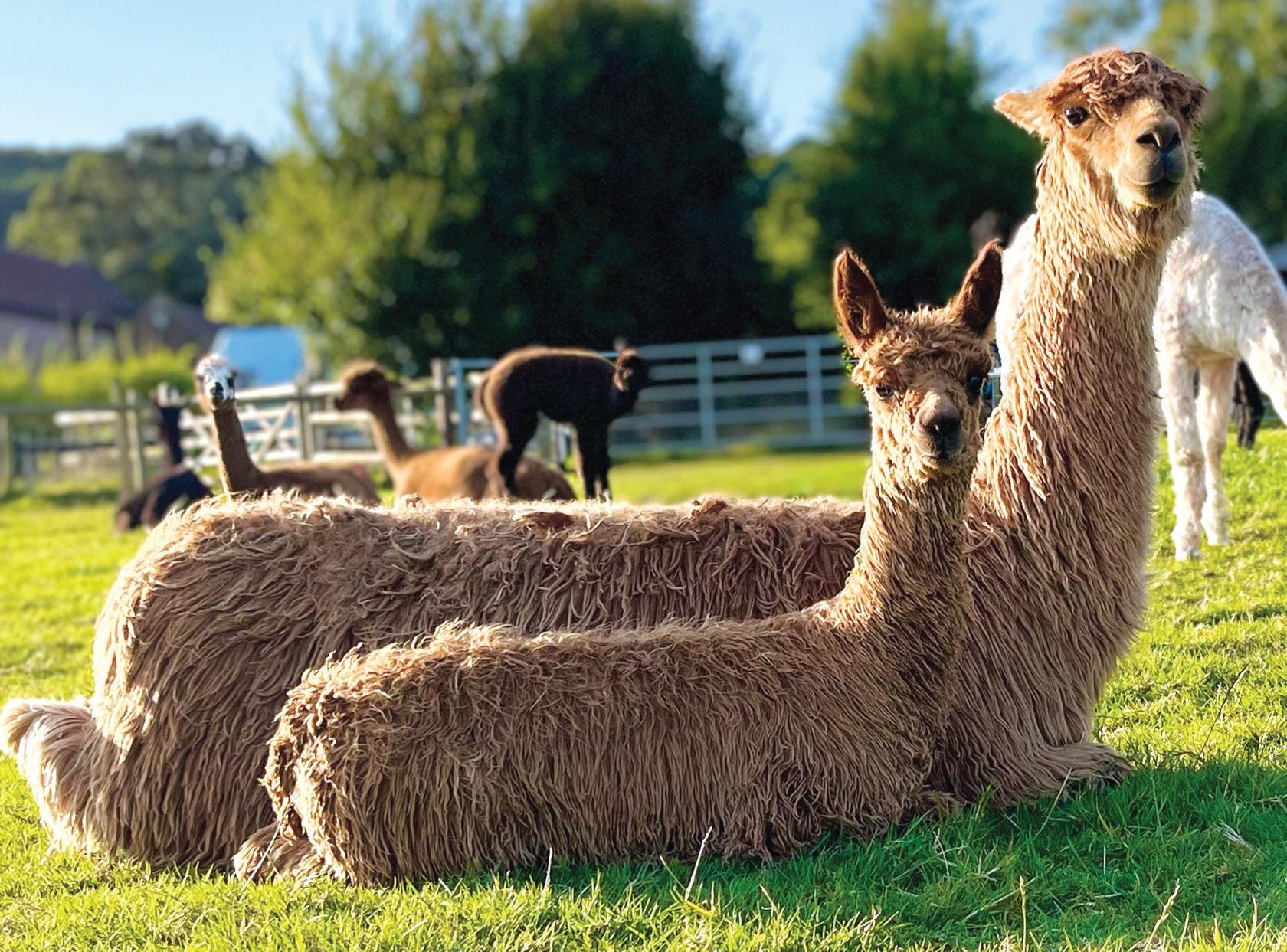
To cast was the only option and thankfully the cheapest, and although the vet was not optimistic about this, there was no other choice.
We splinted the hind cannon, and covered with a cotton wool bandage, vet wrap and Elastoplast, leaving the foot exposed so I could keep an eye on the circulation. Aurora was started on regular metacam and homeopathic arnica to reduce bruising and swelling and she immediately started weight bearing on the splint. The plan was to leave her for four to seven days for the swelling to reduce before splinting. However I had to call the vet back out that night to re splint as her foot was cold and the bandage had become too tight. It was a four person job to restrain her from moving her leg and worsening the break during each dressing change. Thankfully her circulation returned and her foot was saved.
By four days the foot was less swollen and because she was weight bearing it seemed time to put the plaster cast on.
Again it took many pairs of hands in order to avoid sedation but she relaxed and seemed to understand we were helping whilst we applied the plaster cast and traction at the same time to straighten the break. The joints below and above the break were fixed, the foot enclosed and the wound which looked clean and dry was dressed. One risk when casting a large animal is of pressure sores so in addition to plenty of cotton wool bandages, we applied a silicon “bunga” pad to the hock.
The other surprising aspect was to point the toes down within the cast like a ballerina and then fashion a sort of heel out of the plastic centre tubes of the bandages and cover with lots of gaffa tape! I also applied a large dog boot to ensue no moisture could get in.
Aurora and her companions were on long term shelter rest with regular feeds and Aurora was started on Symphytom homeopathic remedy for broken bones. I have no idea if it helped but there seems to be no harm in giving animals homeopathic treatments, it may well help. I had to put mesh screens across the tops of the shelter gates as it was rather distressing for them to see the others out grazing. I also gave them all homeopathic aconite to reduce stress of being kept in for so long. After initially rotating her companions, it was less stressful to keep the same non pregnant females in with her for the duration.
After leaving the cast on for 10 days the vet came to cut it off with a plaster saw and check underneath for sores and review the wound. It was all a bit nerve wracking as literally anything can be happening underneath and we would not know, but Aurora had been trying to weight bear consistently throughout, so I was cautiously optimistic, plus bones need some stress to heal through weight bearing. All was fine under the cast, so it was reapplied and left on for another four weeks and then X-rayed through the cast six weeks after the break.
>> Continued on next page

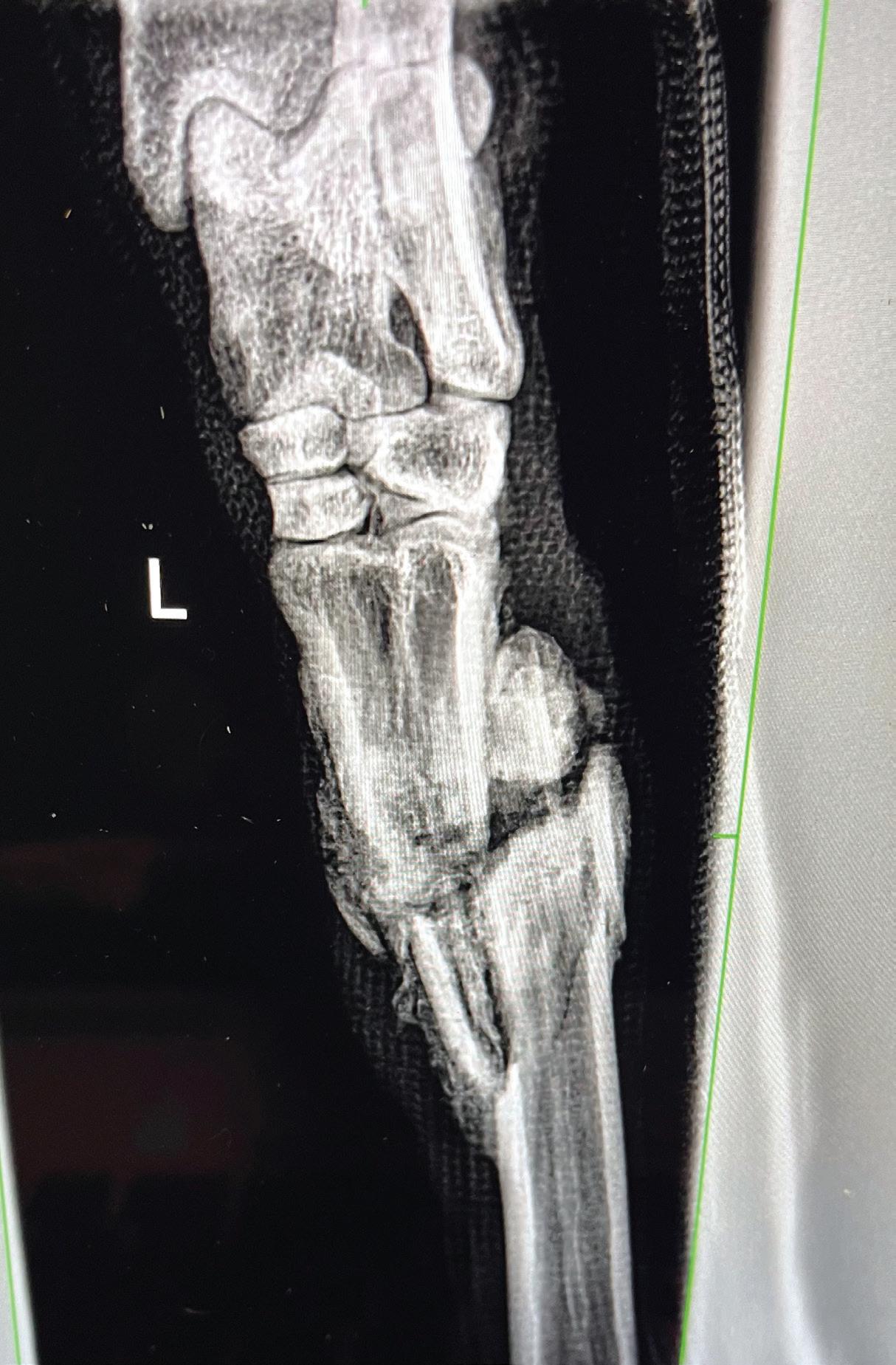

Applying initial plaster cast
Cast after being removed then reapplied at two weeks
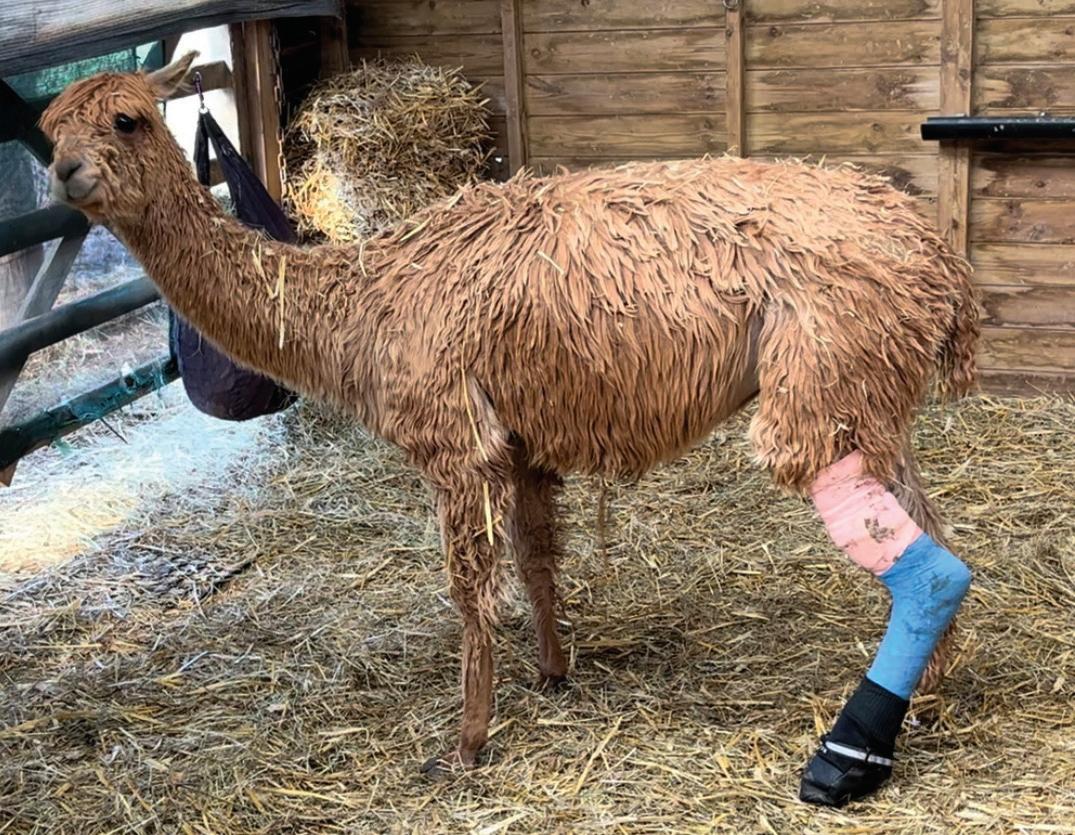
Cast without foot to encourage weight bearing and full movement of foot at eight weeks

Cast removed and splint applied around nine weeks

All we wished for was some callus formation – and there it was! Encapsulating all the bone fragments. It was a joy to see that on the X-ray and by then Aurora was fully weight bearing through the cast and I could see cria movements whenever she lay on her side to rest with her poor cast leg sticking out at an awkward angle, so she was making great progress and so the cast was left in-situ for another two weeks
Then the foot of the plaster cast was removed for a week, so she could gradually resume weight bearing in the dry shelter on the pad of her foot, plus twice daily physio sessions to stretch out the shortened anterior tendons in her foot. It was a great help that one of my volunteers was a physio so she gave me lots of helpful tips.
During the time Aurora was recovering, the vet had been called out to an alpaca on another farm who had strangely broken his leg in a similar place. Rather than take the long winded approach of casting the leg, the owner opted instead for euthanasia. This sad outcome is what inspired me to share this success story with Alpaca magazine, I hope Aurora’s story can reassure vets and alpaca owners alike that it is my experience that complicated breaks can and do heal easily in alpacas.
The plan was to remove the cast and splint for a week. After managing well for two days in the shelter with a splint I opened the shelter door to a small restricted grazing area of only a few metres and after a gentle supervised exit she decided to try to run around much to my horror, and started limping again.
After realising her limits she calmed down and I had to remove the splint after two days as it slipped down but she managed really well strengthening her leg in the restricted grazing pen until 12 weeks after the break. As a prey animal I couldn’t rely on her not running in the paddock, so her leg needed to be strong. I was prepared for lots of physio but she amazingly did her own physio, using her leg correctly as soon as the splint came off, and hardly limping presumably to avoid being selected as a prey animal by masking any discomfort.
I initially put her in a small paddock with one other older chilled female so she wasn’t tempted to run around too much, and 13 weeks after the break, in mid May she re joined the maternity group. She started lifting her leg up more often to rest it as she approached her due date, presumably because of the extra weight she gained towards the end of her pregnancy.
Then one month later on 24 June she had a lovely straightforward delivery of a whopping 10.4kg auburn cria called Phoenix, so named as he is a bit of a miracle “rising from the ashes”. Aurora has plenty of milk, and is always the first to run up to the feeding trough each morning. She is pregnant again for next year and I have not seen her limp ever since.
Restricted grazing area with splint at 9.5 weeks

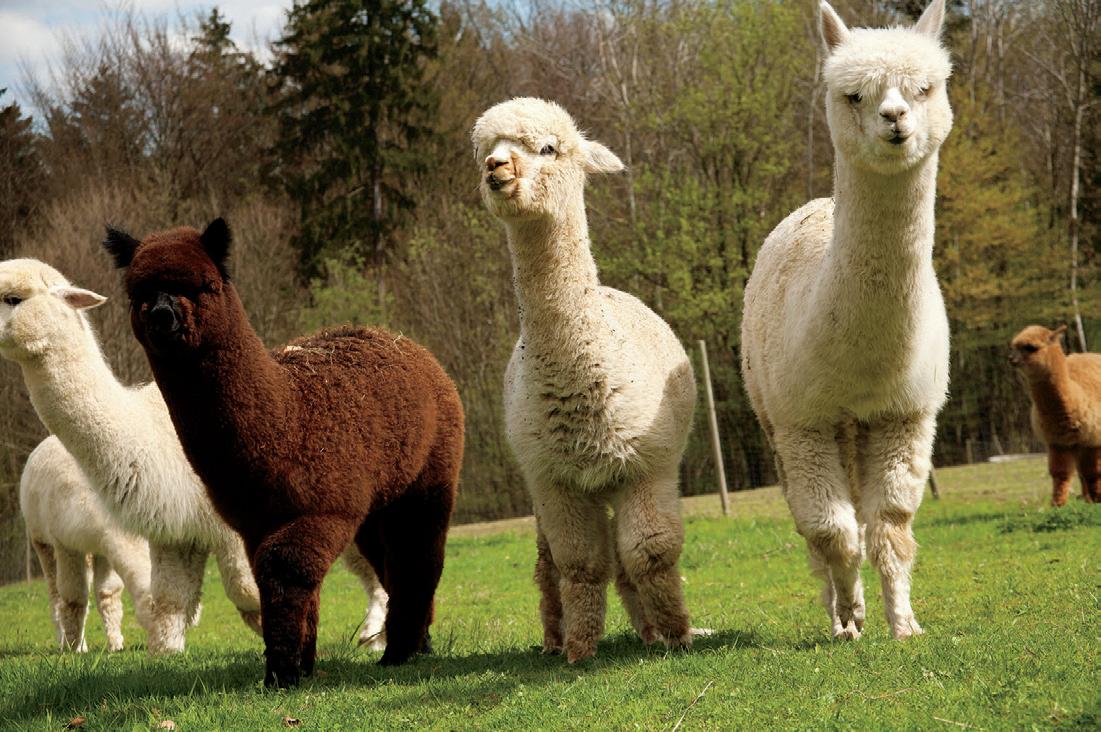










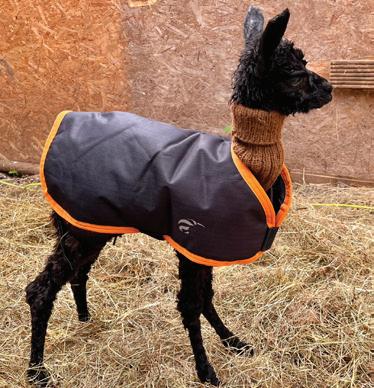
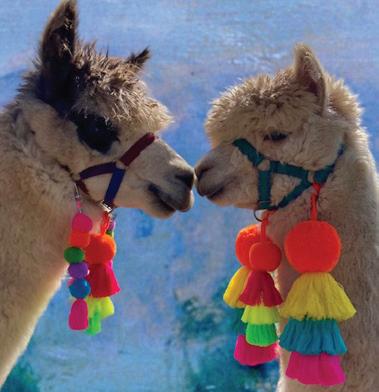

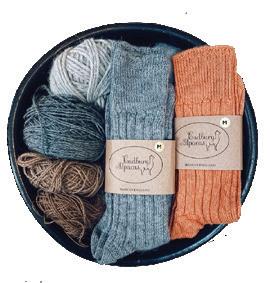

What you need to know.
What is Bluetongue?
Bluetongue (BTV) is an insect-borne viral disease, which affects all ruminants. This means alpacas, sheep, cattle, goats, and deer are all susceptible. Bluetongue virus does not affect people but can result in serious animal health and welfare implications in some animals.
What are the symptoms?
Lameness, lethargy, ulcers/sores around nose and mouth, fever, not eating, and milk drop are all possible symptoms. Depending on the virulence of the strain infected animals may die.
How is it spread?
BTV is mainly spread by adult-infected midges (various culicoides species) biting an animal susceptible to the disease. This is called as ‘vector-borne’ transmission. Midges that feed on the infected animal can then move to a new animal and infect that one. Infected midges can spread locally and more widely in certain temperatures and wind conditions The Channel and the North Sea are not a big enough barrier to stop continental infected midges arriving at eastern counties of England when conditions are favourable.
The second but less common way the disease is spread is through movement of infected animals. That is why movement of animals from BTV areas is controlled. Infected ruminants that move will then infect the local midge population where they arrive.
What is my responsibility as an alpaca owner?
Bluetongue is a notifiable disease. If you keep ruminant livestock, you must continue to keep a close watch for, and report, any suspicion of bluetongue disease in your animals to the APHA using 03000 200 301 in England. If you are in a control zone you must follow the guidance to limit further transmission.

What is going on in Europe?
There are several different strains of BTV and some are more of a problem for the animals they infect than others. A new strain, BTV-3, was first reported in September 2023 in the Netherlands. Cases have since been found in Germany and Belgium. These countries had over 8,000 infected herds and flocks in 2024.
Why should we be concerned in the UK?
If BTV becomes established in England, then eradiation will be very difficult. Hence the DEFRA approach of stamping out BTV where it is found when it arrives from Europe. Infected animals are humanely culled to minimise the risk of onward transmission through biting midges.
Culling is done following a risk assessment by DEFRA. It may be used in circumstances where it is believed disease is not circulating in the midge population and an outbreak might be prevented. Compensation will be paid for animals culled.
Once bluetongue is known to be circulating in the domestic midge population, culling of livestock is not an effective control measure to deal with disease and the control policy will probably change.
Temporary Control Zones (TCZ) surrounding the premises where the infected animals are located, are aimed at preventing further disease spread, and movement restrictions are applied. These restrictions apply to all ruminants including camelids, onto and off all premises in the TCZ.
There are currently no authorised vaccines for BTV-3. DEFRA are allowing the use of three unauthorised vaccines subject to licence. These vaccines may not protect animals from infection but could reduce clinical signs and mortality.
It is possible that vaccines will be authorised in the future and APHA will keep stakeholders informed of developments. If a vaccine does become authorised, guidance on who should vaccinate, will be given.
For serotypes where vaccination is possible (such as BTV 1, 2, 4 and 8), vaccination is the best way to protect livestock. Livestock keepers should discuss with their vet whether vaccination is an option which will benefit their business.
Veterinary surgeons can apply to the Veterinary Medicines Directorate for a Special Import Certificate, which will allow keepers to import safe and effective bluetongue vaccine directly from the EU to vaccinate their stock.

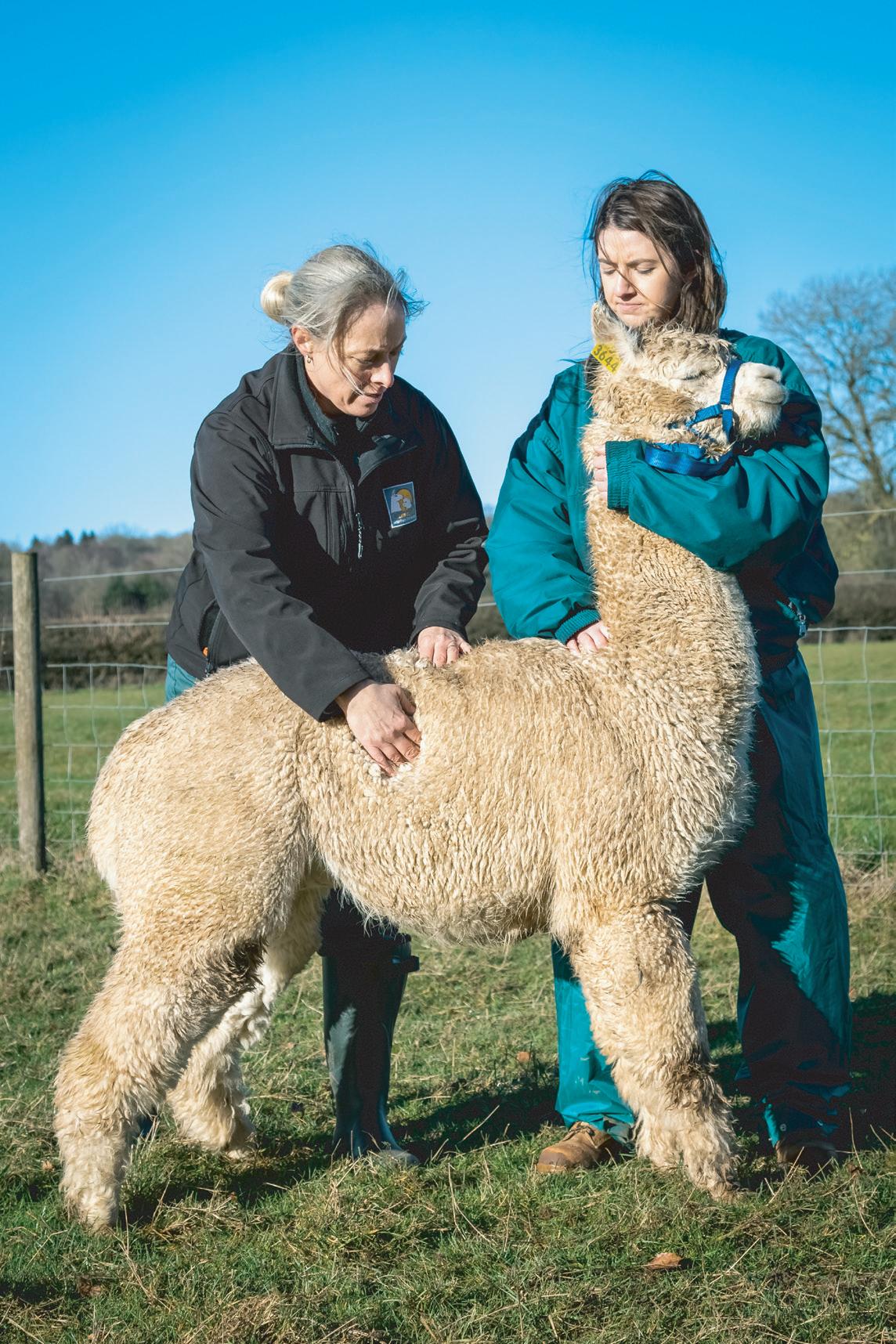
We’re passionate about camelids and share your goal to have a healthy & productive herd.
Committed to ongoing learning in the rapidly developing field of Camelid Health, Medicine, and Reproduction, we stay at the forefront to offer up-to-date care and advice. Our commitment extends to sharing our expertise, enhancing knowledge for camelid caregivers


► Intensive Camelid Health Care ► Camelid Reproduction & Cria Care Intensive ► The Advanced ► Launching Soon


Utilize our Camelid-Specific Lab for comprehensive testing (faecal or cria IgG). SERVICE
Partner with us for a thriving herd. We support and collaborate for specialised care, optimising camelid health and easing management stress.
Dedicated to enhancing camelid health and welfare, our ser vices are spearheaded by Claire E Whitehead, the only RCVS Specialist in Camelid Health & Production.

APHA share with us information about what common diseases and conditions they have found in 2023. These have been diagnosed from ruminant and South American camelid carcase submissions to the APHA and SRUC surveillance network during 2023.
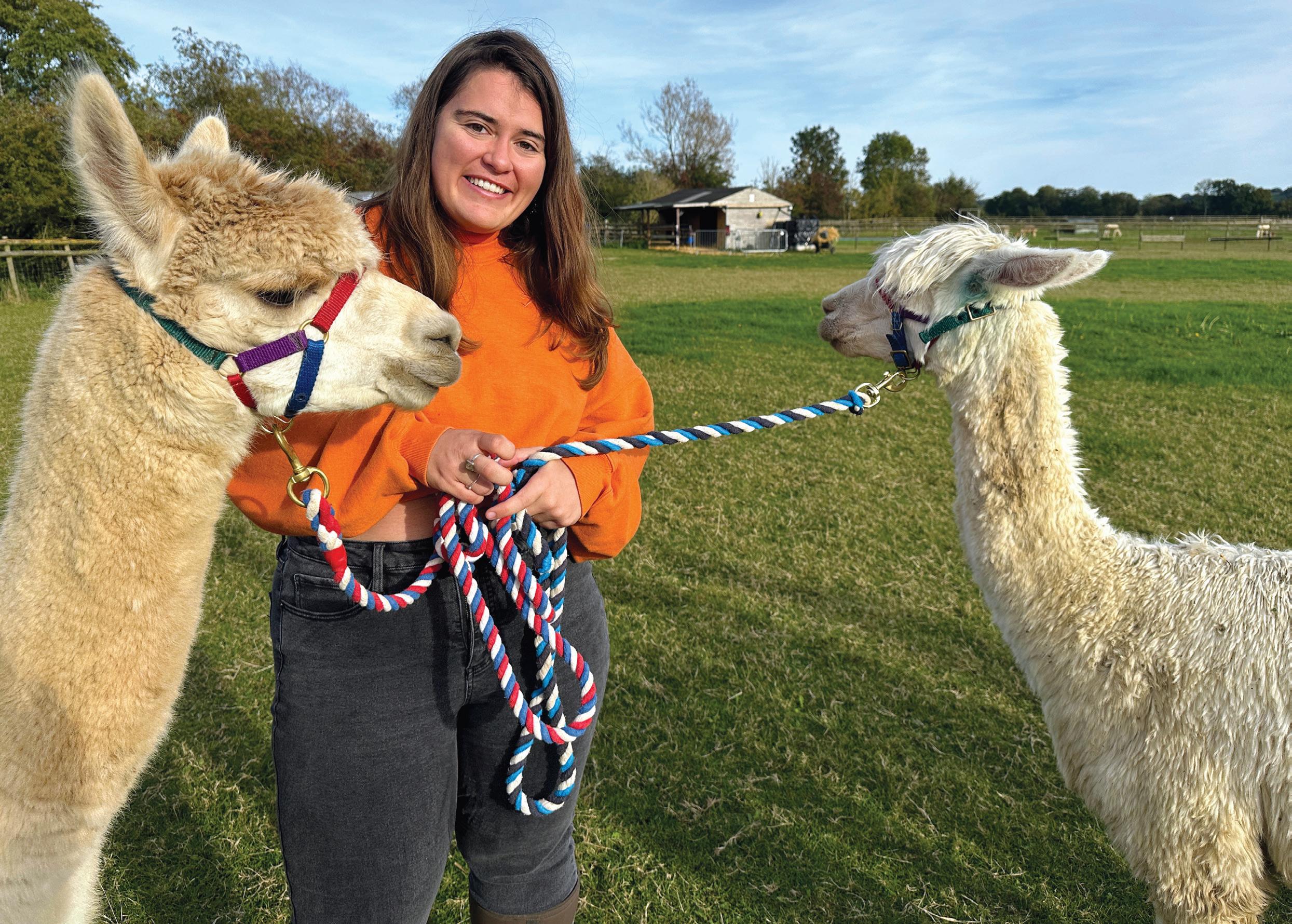
The APHA & SRUC veterinary investigation centres, and Partner Postmortem Providers, received a range of livestock and wildlife species for postmortem examination during 2023; with sheep being most frequently submitted, followed by cattle, and then pigs. One of the groups of farmed animals is ‘Miscellaneous Species’ and includes South American camelids (alpaca and llama), among others. These investigations form part of the GB scanning surveillance system.
We offer subsidised postmortem examinations and diagnostic testing, as well as advice and support, to farmers via their veterinary surgeons to diagnose, control, and prevent disease in farmed animals.
The information captured from these submissions, and from other discussions with the livestock industry, contributes to identifying new or re-emerging threats to animal and public health. Our surveillance experts use this information in a variety of ways, and communicate their findings through a range of surveillance reports and outputs.
We looked at the top 5 to 10 diseases diagnosed on carcase submissions during 2023, for all ages, for cattle, sheep and South American camelids. This provides examples of common conditions diagnosed across the surveillance network.
It is important to point out that this may not accurately reflect all the most common diseases and conditions seen on farms and smallholdings. Submissions are voluntary and rely on livestock keepers and their private vets to submit carcases to the surveillance network for investigation. Some conditions will be diagnosed on farm by yourself or your private vet, without requiring post-mortem examination and will not show in these analyses, for example foot rot in sheep and mastitis in cattle. In addition, every farm and smallholding is unique, and disease patterns will change depending on the species kept, the breed, management type, geography, season, and year.
The figures listed here are therefore an indication only, and not a complete and accurate figure of the most common diseases and conditions present on livestock units in the UK.
Nonetheless this information can be used to provide an idea of the diseases and conditions to consider; and to ensure that they are included (if appropriate) into your current herd or flock plan to prevent or reduce their occurrence in your animals.
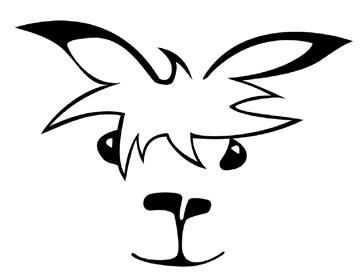

Are you looking for or in need of a little extra help with your animals and their routine husbandry tasks?
KW animal services offers that extra pair of hands. Jobs include: Shearing of alpacas | Vaccinations | Worming Halter training | Foot trimming | Microchipping
I can also offer advice and help with a range of other issues such as matings, birthing, common husbandry problems and paddock management. Reasonable rates
Why not contact me to discuss your requirements Tel: 07748 613771 | Email: kwilde1@yahoo.com









The top five diagnosis in South American camelids are all related to the alimentary system. The most common clinical problems investigated in these species are weight loss, ill thrift, recumbency, or animals being found dead without prior signs having been observed.
Please contact your vet to discuss and arrange the selection of appropriate samples or carcases for diagnostic testing. All samples must be submitted by a vet and must be accompanied by a fully completed APHA Submission Form. Your vet can contact us to discuss the APHA diagnostic services. APHA Vet Gateway: Diagnostic testing (defra.gov.uk)
Please contact your vet to discuss and arrange the selection of appropriate samples or carcases for diagnostic testing. All samples must be submitted by a vet and must be accompanied by a fully completed SRUC Submission Form. Your vet can contact us to discuss SRUC diagnostic services on 0131 535 3130 or VSEnquiries@sruc.ac.uk.
This article appears in a longer version in October 24 The Country Smallholder and the figures include sheep, cattle and goats. South American Camelids (SAC): alpaca and llama

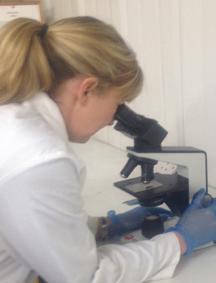



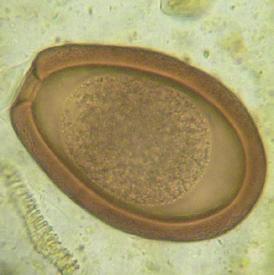
Dr Ami Sawran BVSc CertAVP (CP) PGCertVPS PhD FRCVS looks at how we can work together to bridge the information gaps.
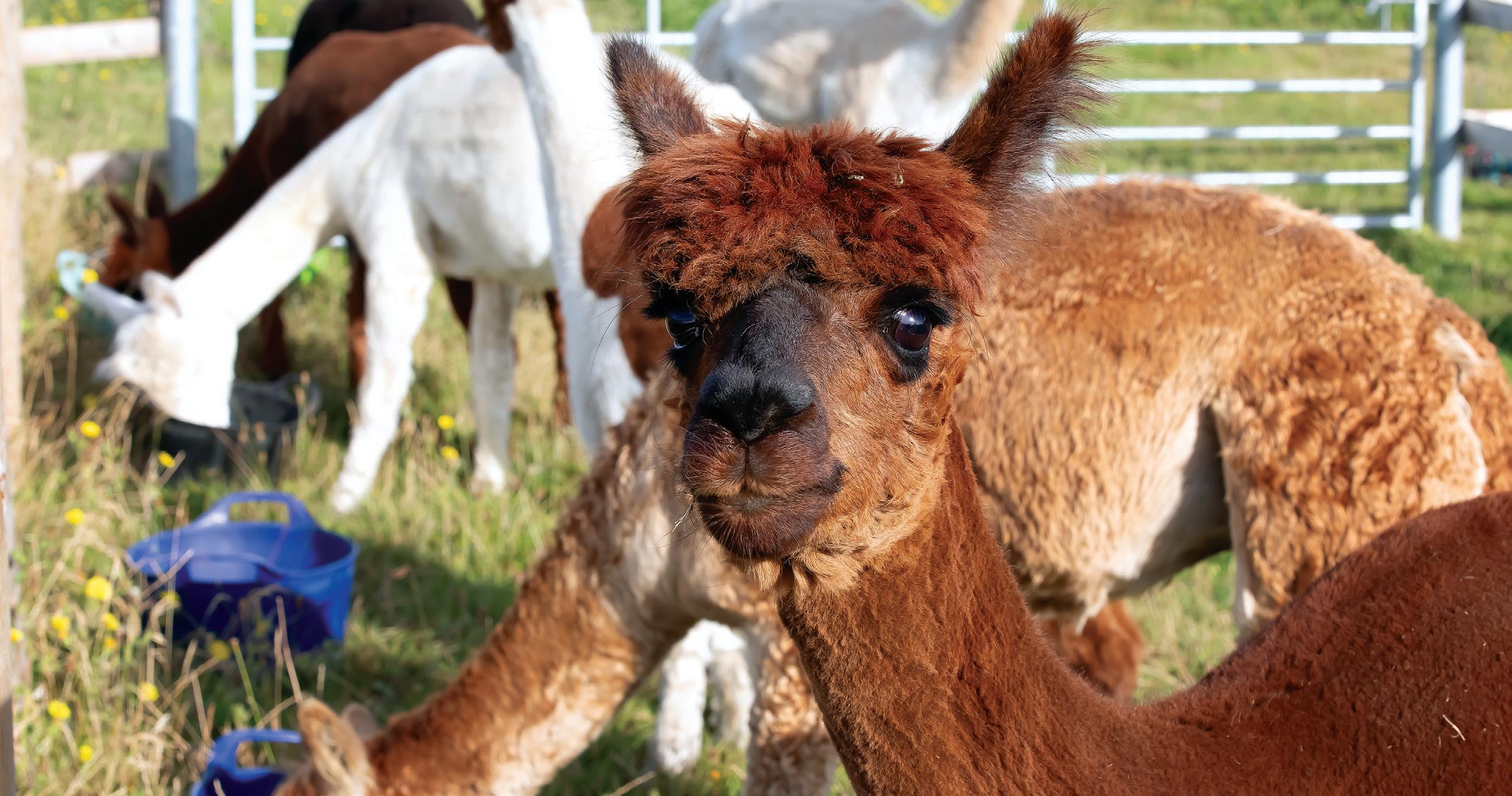
Given the recent incursion of Bluetongue, a viral disease that affects ruminants and camelids, we have been forced to consider again the role that camelids play in infectious disease in the UK, and how we might protect our herds from incoming disease threats.
Camelids can suffer from many of the communicable diseases of traditional production animals in the UK, such as Johne’s disease, Bovine Viral Diarrhoea Virus and TB, among others. It’s difficult to ascertain the prevalence of many of these diseases in the UK herd, because a) they are not tested for routinely, and b) not every diagnostic test is optimised for detection of certain diseases in camelids.
I am often asked why this is the case, and it usually comes in conjunction with the question as to why medications are not licenced for camelid species. The fact is that it is incredibly expensive and time consuming to conduct trials to determine effectiveness of tests and treatments, and so most pharmaceutical companies will focus on more established production industries with larger populations.
Regarding laboratory tests, there is significant diversity in the physiology of different species –this can influence how diseases manifest; they may show different clinical signs across species
or varying levels of severity. The animal health industry is under-resourced compared to human medicine, and the regulatory framework that laboratories must adhere to is quite stringent. Research to validate diagnostic tests is time consuming and costly.
As well as the ethical considerations of conducting research in different animal populations, there are many legislative hoops to jump through when trying to gain approval for a medicinal product. Recouping the investment in research and development is much easier in larger markets. There are also many challenges involved in pharmaceutical production –occasionally spanners can be thrown in the works that necessitate resources to be allocated to emergent threats like outbreaks.
Simply put, frustrating as it is, the population size of camelids is not at a sufficient level to justify the huge levels of investment, particularly as they are not traditional contributors to the standard UK food chain, which might necessitate testing pertinent to human health. You are not alone though – this is often the case with goats and even sheep.
How do we combat this in a way that benefits our industry and
Engaging with industry is the first step. At the British Camelid Veterinary Society we have been focused on ensuring representation for the industry in high level discussion that relates to resilience to disease and ensuring provision of medical care to camelids, and helping others to understand the potential roles that camelids can play in disease threats.
To take Bluetongue as an example; camelids can be bitten by infected midges and contract the disease. Veterinary reports from Europe suggest that some alpacas have died having tested positive for the disease, with signs of severe respiratory distress. Others have appeared outwardly normal but have tested positive on surveillance blood test.
Because camelids can be infected, they act as a reservoir of infection, where naïve midges bite them and become infected, going on to spread the disease to other animals. This is why movement restrictions have been applied to camelids in the UK even though they are not technically classed as livestock, nor subject to mandatory identification or movement recording – modelling suggests once the disease is circulating in the midge population, animal movement restrictions are the best way to slow spread to other areas. Nevertheless, when camelids are moved, it is very important to keep your own form of movement records – that way, if a disease outbreak does occur, you know where your animals have been, and can assess their risk of infection, or the potential role they may have played in spread.
Biosecurity is essential, regardless of whether we are in an outbreak situation or not. Though you are all likely well versed in the ways in which you can improve biosecurity, I shall recap them here:
Firstly,ensure your boundaries are secure; a 3m distance between your animals and other livestock can help prevent nose-nose contact that may spread airborne infections. Foot dips or type washes at the entrances and exits of your

property can help stop the spread of diseases that may cling to feet and vehicles. Animal transport should always be thoroughly cleaned and disinfected after use; not only does this reduce the chance of infectious disease spread, it removes the risk of faecal contamination introducing parasites to your farm. With relevance to Bluetongue, transport can be treated with approved insecticides (usually synthetic pyrethroids) to reduce midge activity.
I have noted much (understandable) frustration about the lack of available studies into camelids. Ways in which we can build datasets that help us better understand how camelids work (and react to things) is by regularly communicating with veterinary teams, particularly if you have repeated issues such as abortion, poor fertility, or poor response to treatment. You can report apparent treatment
or vaccine failures (or reactions) even though they are not licenced in camelids through the Veterinary Medicines Directorate (or ask your vet to help you report).
Please keep encouraging your vets to join us at the British Veterinary Camelid Society, where we offer research funding for projects, as well as a clinical community where they can share ideas. We are also open to suggestions for research, which is particularly bolstered by data that you keep on farm, including fertility records, or instances of diseases and treatments that have been administered.
We are a small, yet enthusiastic community, and there are small ways in which we can build data and foster understanding, that we as sector representatives can take higher– in the meantime, please let’s keep the conversation going, and do not be afraid to report any suspicions of disease to your vets. There is great strength in our collaborative efforts, and hope for the future if we start to build it together.
Sarah Dakin, proprietor at Wildwood Worm Counts and Wildwood Alpacas explains what Haemonchus Contortus aka barber’s pole worm is and why you need to take action.
Haemonchus contortus sometimes known as barber’s pole worm is a parasite that lives in the abomasum of the host animal. It sucks large amounts of blood from the stomach, which can ultimately end in death if not treated. The worms can be found in infected pasture or purchased livestock. The eggs thrive in warm, wet conditions, meaning that affected pasture can become particularly infectious in the run up to autumn and due to climate change owners should be vigilant all year round.
The life cycle of Haemonchus contortus takes around 17- 21 days to complete. Starting when larvae in the infective stage are ingested during grazing. Once the larvae are ingested, they travel to the animal’s abomasum where they continue to develop. Then moulting into the adult form. An adult female worm produces thousands of eggs per day (5,000-10,000) which are secreted in the animal’s faeces back onto pasture.
In a heavy Haemonchus burden blood loss can be up to 1.5 litres/day, meaning it’s imperative to keep an eye out for the following symptoms:
• Lethargy
• Low or slow growth rates
• Weight loss
• Bottle jaw
• Anaemia
• In severe cases, sudden death.
Postmortem – Haemonchus can be a fast-acting parasite with its lifecycle and therefore sometimes sadly the only way to diagnose is through postmortem, so it is vital to submit deceased animals to your vet for investigation.
A faecal egg count (FEC) counts the number of worm eggs in faeces and is used to monitor the worm burden in an animal. The results are presented as ‘eggs per gram’ (epg) of faeces and the number of eggs is an indication of the number of mature worms that are laying eggs.
FEC monitoring provides information about the worm status of a herd.
Routine testing:
• Allows targeting of animals that need treating
• Gives an indication as to the most appropriate timing for treatment
• Estimates the egg output of animals, giving information on the amount of contamination going onto the pasture.
• Gives data relating to the efficacy of a treatment.
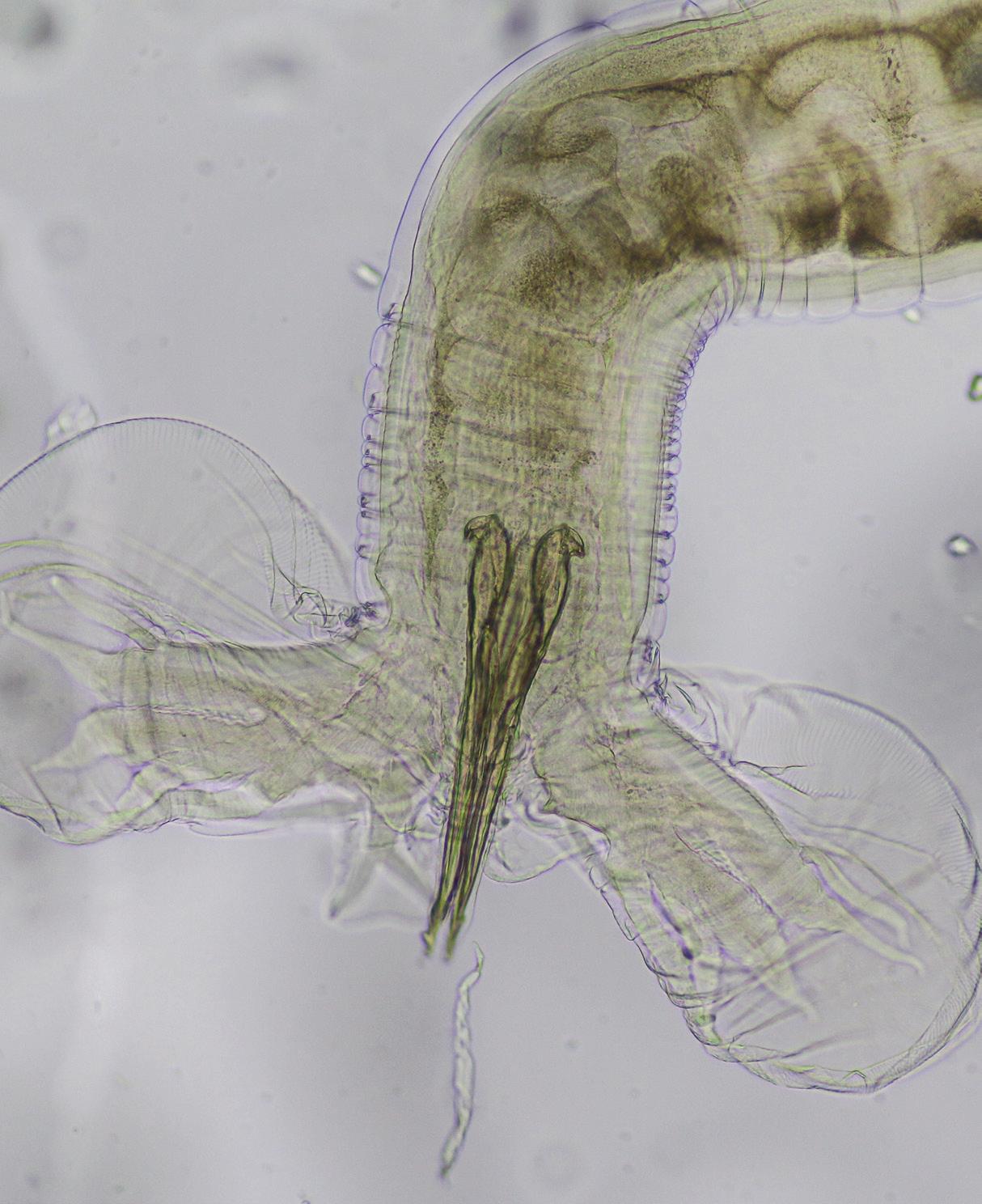
We have seen a considerable increase this season of samples coming into the lab with high counts of all parasites. It is important that alpacas are tested using species specific testing incorporating the modified stoll test for accurate results, so you need to be assured your testing service or vet are carrying out this for your alpacas.
Using the FAMACHA chart – can identify evidence of anaemia, which could also indicate an Haemonchus issue. The colour-coded chart works by scoring animals from one to five (with a score of one meaning not anaemic and five signalling severe anaemia) based on the colour of their third eyelid.
The FAMACHA method was developed by three South African researchers (Dr Francois Malan, Dr Gareth Bath and Dr Jan van Wyk) against the backdrop of major anthelmintic resistance in South Africa. The method has since been implemented successfully in various locations around the world.
Larvae mature in the gut, mate and females lay eggs
Salivary glands
Rectum Teeth
Cecum
Small intestine Spiral Colon
Worms passed in manure
Worms eggs in manure
Esophagus
Compartment 3 (C3)
Compartment 2 (C2)
Compartment 1 (C1)
Larvae eaten by animal grazing
Larvae crawl up blades of grass
Larvae leave dung when it is softened by rain
eggs hatch in dung pile
Body condition score and ensure you do regular hands-on checks or weighing checks regularly. In addition visit the website for more on the FAMACHA chart and you will also find YouTube videos. Prevention
• Robust quarantine protocol in place for every animal entering or re-entering the herd. The aim of quarantine is to avoid bringing in resistant worms and infectious diseases.
• Pasture management regular poo picking of fields and rotation of grazing to avoid short grazing, forcing your alpacas to graze close to the soil. Long grass is safer than short grass because larvae are restricted on how high they can climb.
• Prevention and slowing down resistance to anthelmintics. This will be inevitable with over use. Always target your worming program to the parasites you have present by using FEC. Gone are the days of blanket worming approach.
• Only use anthelmintics when needed and make sure the correct dosage is given for the weight of the alpaca and dosing equipment is calibrated.
• Keep records of everything you do in your worming programme.

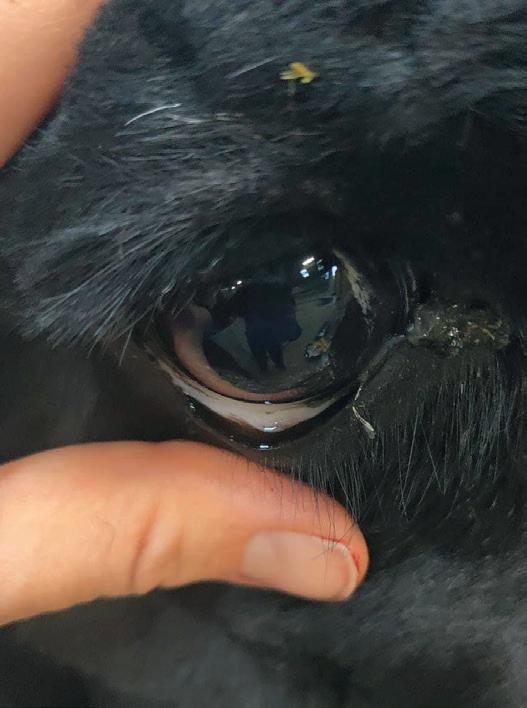
https://web.uri.edu/wp-content/uploads/sites/241/FAMACHA-Scoring_Final2.pdf
Don’t take your eye off the ball says Lissie Gercke BVSc CertAVP(CP) MRCVS
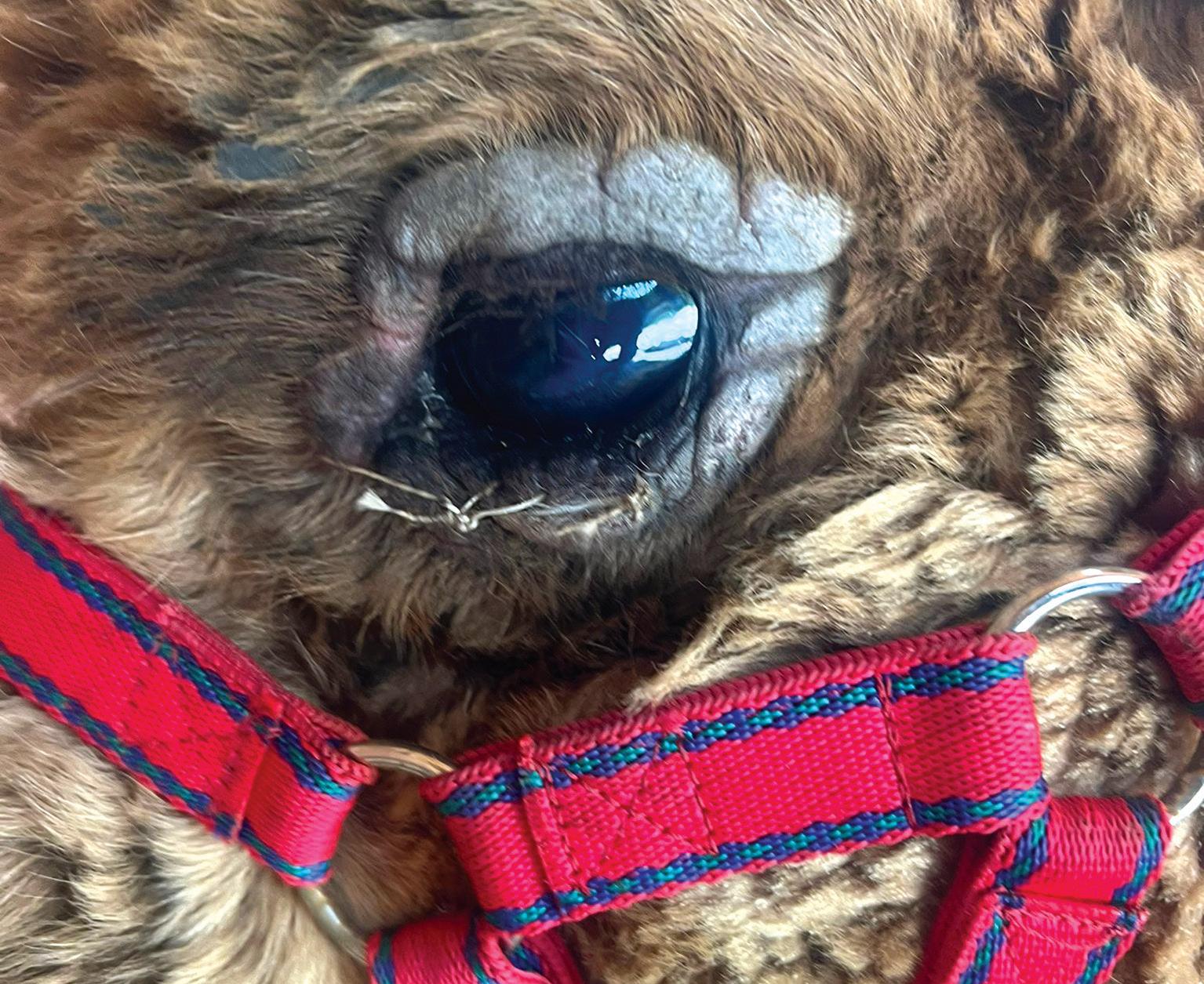
Entropion as a result of a chronic skin condition
Camelids account for at least 50% of the clinical case load at our practice which means we see a lot of eye cases. If you have made it this far on your alpaca journey without dealing with an eye issue of one sort of another then you are clearly a favourite child of the eye Gods. Alpacas have large protuberant eyes. It is one of the features that makes us love them, but also makes them more prone to ocular trauma than other livestock species.
We are going to take a quick run through corneal ulcers, probably the most common type of ocular disorder that we deal with on a day to day basis. A basic, superficial corneal ulcer is an injury to the epithelium (outer layer) of the cornea. Corneal ulceration may be caused by:
• Trauma
– Excessive rubbing of the head (itchy alpacas),
– Foreign bodies (e.g grass seeds),
– Fighting
– Straw bedding
– Entropion (eyelashes touching the cornea –usually due to excessive skin around the eye, again usually the chronic itchy alpaca).
• Prolonged recumbency (especially sick cria)
• Facial paralysis
• Parasitic infection (Thelazia)
• Bacterial/viral/fungal infection
It is unusual for corneal ulcers to occur without the alpaca showing any clinical signs to give you a clue that something is wrong. Typically you might see increased tear production (sometimes with mucus or discoloured discharge), drooping of the eyelashes on that side, twitching of the eye, increased blinking. Sometimes the eye will be fully closed. If you look in the eye the cornea may appear bluish or cloudy. They will often behave quite normally otherwise. As a prey species they can be phenomenal at pretending that everything is ok.
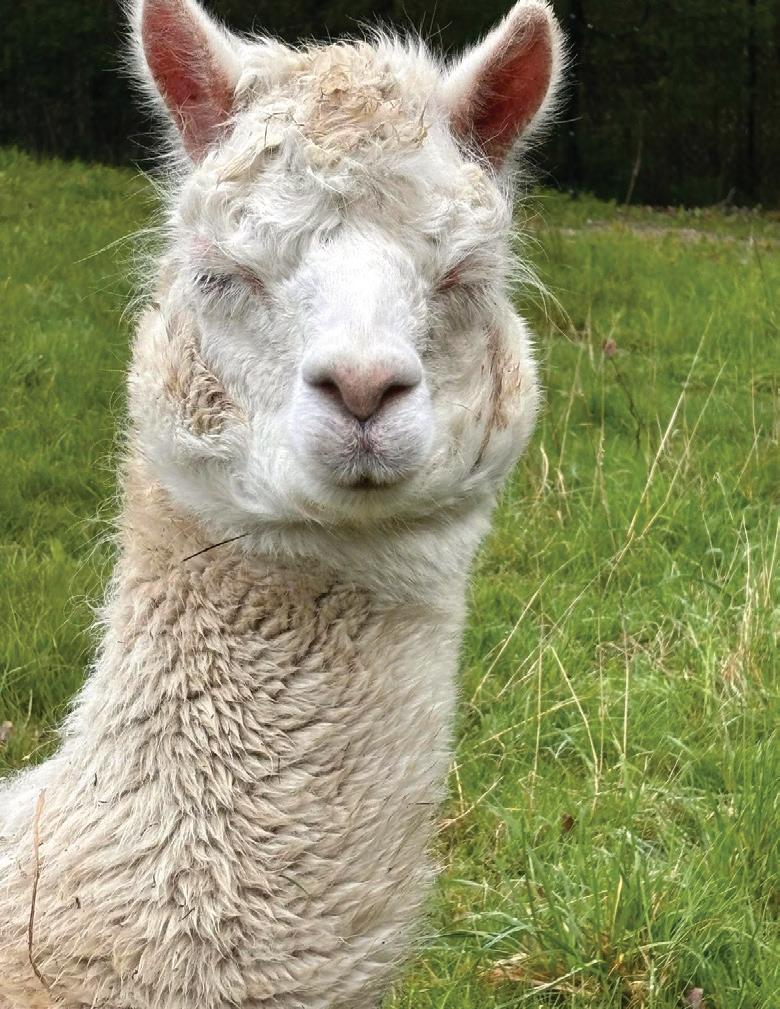

This is the point at which to do something. Sometimes you can see a corneal ulcer but the best way to get a definitive diagnosis and establish the extent of the ulceration is to apply a stain (fluorescein) to the cornea that colours the ulcer. This would usually be done by your vet. It is also important at this stage to identify if there has been a traumatic cause and remove the source of trauma (e.g check for a foreign body lodged in the eyelid). You may see blood vessels starting to form on the cornea. Tiny vessels are recruited between 24-72 hours as a mechanism of the body to try to heal the ulcer. They grow at about 1mm a day which gives an indication as to the duration of the ulcer presence.
It is fairly common for a corneal ulcer to have a bacterial infection either as a primary cause or secondary to trauma. Fungal and viral infections are relatively rare.
Treating a superficial corneal ulcer requires:
• Broad spectrum antibiotics: usually in a drop form, at least four times a day. Even though there is not always bacteria involved these eyes are high risk for a bacterial infection and antibiotics are justified
• NSAIDs: flunixin or meloxicam
• Atropine: applied as a drop to the eye. Most animals with ulcers are also suffering from secondary uveitis (inflammation of the middle layer of the eye, including the iris which constricts and spasms – atropine causes the pupil to dilate relieving the pain and preventing damage that can occur when the pupil remains closed)
• Gastroprotectant: corneal ulcers are painful and therefore stressful. Consider giving pantoprazole to prevent a C3 ulcer.

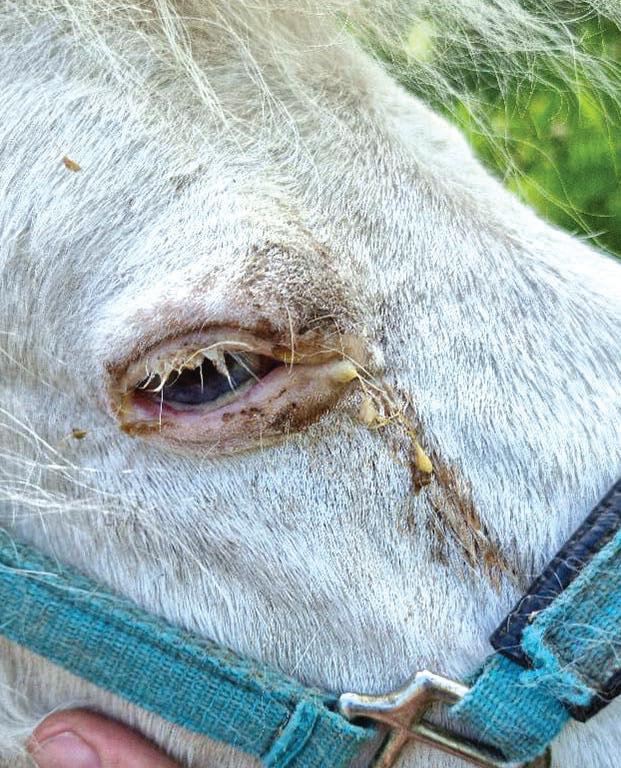
• Plasma: we often make up EDTA plasma, just to give our owners something else to fit in to an already chocka medicine regime, which can accelerate corneal healing and reduce scarring. This can be applied as a drop to the eye in alternating doses to the antibiotics. Old plasmas can be defrosted to be used in small batches.
Topical steroid is generally contraindicated unless in certain circumstances as can cause worsening of the infection, corneal thinning and perforation. It can be useful at a later stage to help reduce scarring and treat uveitis.
We ask our clients to stain ulcers daily and update us every 24 hours so that we can intervene if the eye is not progressing as well as expected.
An uninfected ulcer should heal in 5-7 days. If it does not then this eye needs looking at again. A swab should be taken for culture and sensitivity to identify which bugs are causing the problem and whether a change needs to be made to the treatment regime. For example sometimes these need corneal debridement which, depending on the invasiveness required, can be done on farm or may require referral. An infected ulcer should heal within 7-21 days with the correct treatment plan. If they do not further investigation is required. Deep ulcers involving the stroma (middle layer or the cornea) require aggressive medical therapy. The depth of the ulcer should be assessed with a slit lamp and surgery may be advised where >50% of stromal depth has ulcerated. Deep ulcers can be managed at home with the right animal but sometimes these are better managed as in-patients.
All ulcers require careful monitoring. Eyes can rapidly and catastrophically deteriorate resulting in the loss of vision and sometimes the eye. If in doubt get it looked at.


Dave Desem of Sugar Well Farm, Mow Cop says lessons have been learnt and he wants to share them with other alpaca keepers.



Upon checking our herd one summer mid-morning, we noticed a brown dirty stripe running from the back of the neck around down towards the chest on a couple of our female alpacas.
It looked as if they had been rolling around in some oil or something similar. We checked around the field to try and ascertain what they had rolled in and not finding a possible source we decided to try and hose the animals down to tidy them up a bit, after hosing they appeared a bit cleaner, although not perfect and we assumed they must have rolled on their poo pile. We had been conservative in the amount of hosing as it wasn’t particularly warm but the marks were fading so we weren’t too worried.
However we noticed ‘Merci Lago’s’ breathing was laboured and she was puffing her cheeks. As I was on my own , I called our farm vets.
“We'll have someone there in 45 minutes,” they said (Nantwich Farm Vets) – and fortunately vet Amy and Harry (apprentice) arrived shortly after.
We put them in a pen and Amy soon spotted the problem having seen the movement on the skin and diagnosed flystrike. With the help of some sharp
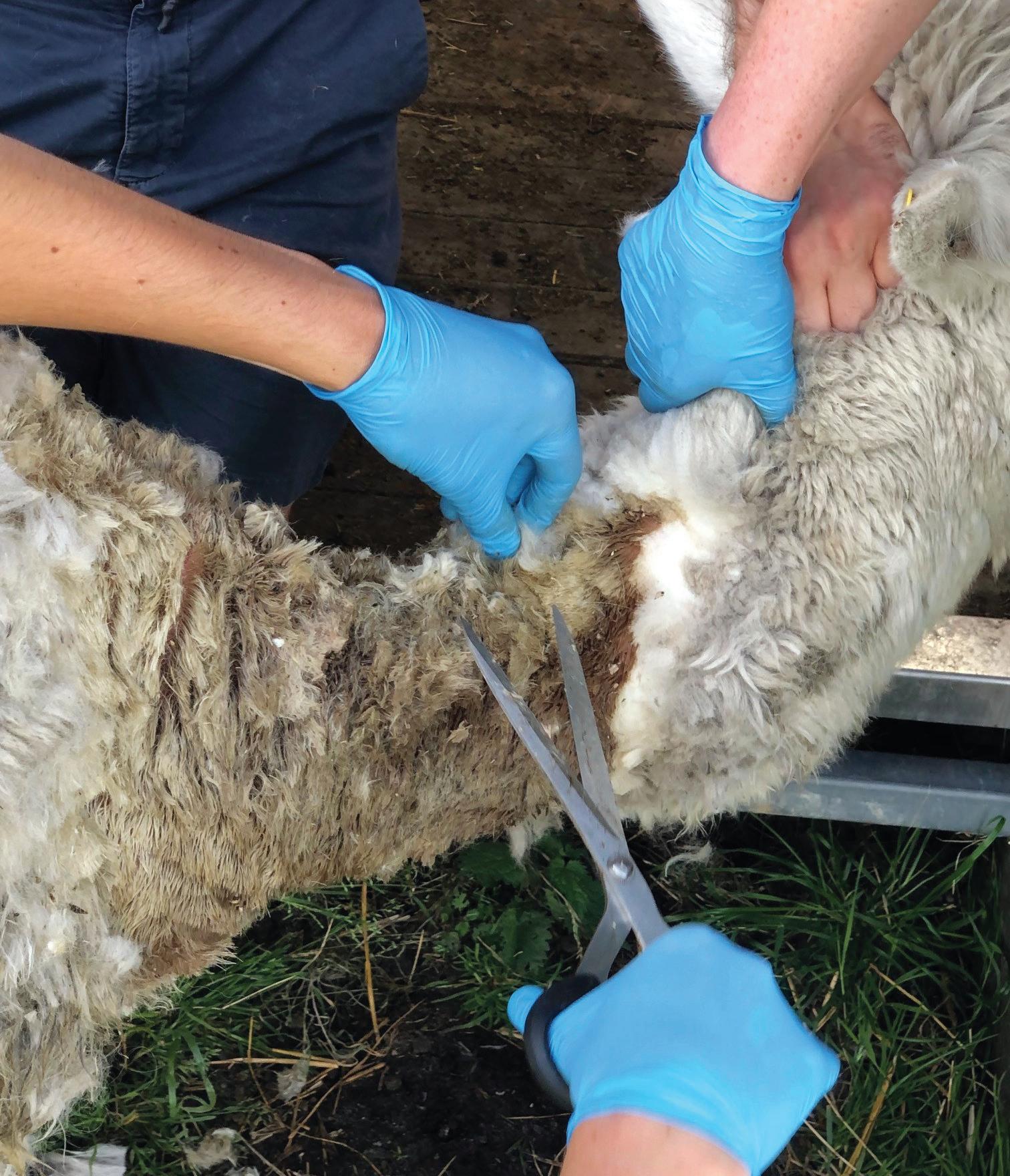
scissors we soon exposed the problem – maggots – thousands of maggots and eggs burrowed in her skin). The vet's first reaction was to suggest euthanising them due to the pain and the likely shock they were about to suffer. Flystrike can kill in 24-48 hours.
The last thing we wanted was to lose a couple of our stock having nurtured them for the last 10 years, our protest was heard and our vet started exposing all the areas affected. We kept finding nest site after nest site as we cut away fleece.
The two alpacas, not normally handled, were very good whilst being held –just, as if they knew we were trying to help them. We had been advised to get some WD40 aerosols with the long discharge straws to get onto the skin. It was really effective, and the maggots were falling off in droves. Apparently, it is a soft oil which does not aggravate the open wounds.
Our regular shearer originally arranged to come in May, and then early June and then late June and here we were in late July, all knockbacks due to the bad weather. We pulled all the stops out to try and find an emergency shearer available at short notice but all were fully committed. Bob, our usual shearer, then offered to come that evening on his way to the Isle of Man night ferry and with an assistant coming from a different direction, sheared



the two under temporary field lighting we had set up.
Since then we have been applying manuka honey (with a paint brush) on the wounds as the scabs forming were quite horrendous). Both females have since made a full recovery.
Look out for brown discolouration – it turned out to be from the faeces of the gorging maggots and we came very close to losing our alpacas.
Also, flystrike unless caught really early before maggots have emerged, will need a vet visit. Always treat it as an emergency and however minor, follow up initial treatment.
Did you know that loose feathered poultry such as Toulouse Geese or Brama chickens, goats, rabbits and even donkeys are also at risk and even horses can be struck?
Weather: Protecting against adverse weather
Ventilation:
Provide good air flow
Flies:
Shelter against summer heat and flies
Adaptability: Water drinkers, troughs and deep bedding can all be added
Husbandry: A great place to complete feet-trimming, vitamin drenches or as a quarantine area
Appearance:
Practical and attractive
Size:
Various options and sizes available. Please visit our website for more details.
Being an Alpaca breeder the welfare of our animals is paramount so the pods are designed and manufactured by ourselves taking this into account. We designed the Alpaca pods for our own herd and are now pleased to offer these for sale.
UK Design Numbers 6031339, 6031340, 6031342
Duncan Pullar, BAS CEO helps you to make the most of your grassland with five things that could aid recovery.

Water fills the air spaces stopping microbial respiration
Last winter was very difficult because there was so much water in the soil for so long. The optimum soil conditions for growing grass are roughly 25% air and 25% water in the soil.
The air is essential for microbial respiration and the water is essential to allow the dissolved nutrients to move from the soil into the plant root hairs and keep plants hydrated.
Too much water for too long has a lasting detrimental effects on the grass growing potential because:
• water fills the air spaces stopping microbial respiration so many of the microbes will die and recovery takes time.
• water exerts pressure on the soil, squeezing the air pockets and reducing the air volume when it dries out- this is called compaction. Keeping alpaca out on very wet ground for too long will increase compaction.
• Grass plants will die if they are underwater for too long – over 10 days can be a problem.
• Nutrients are leached away.
>> Continued on next page


Made from summer meadow grasses cut at the perfect growth stage for a high fibre, low sugar and starch feed.

A mix of specially selected grasses, suitable for equines requiring a lower energy diet.
Containing no fillers, binders or additivesa natural source of nutrients and vitamins
100% dried and chopped Meadow Grass.
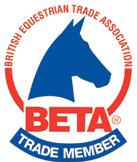
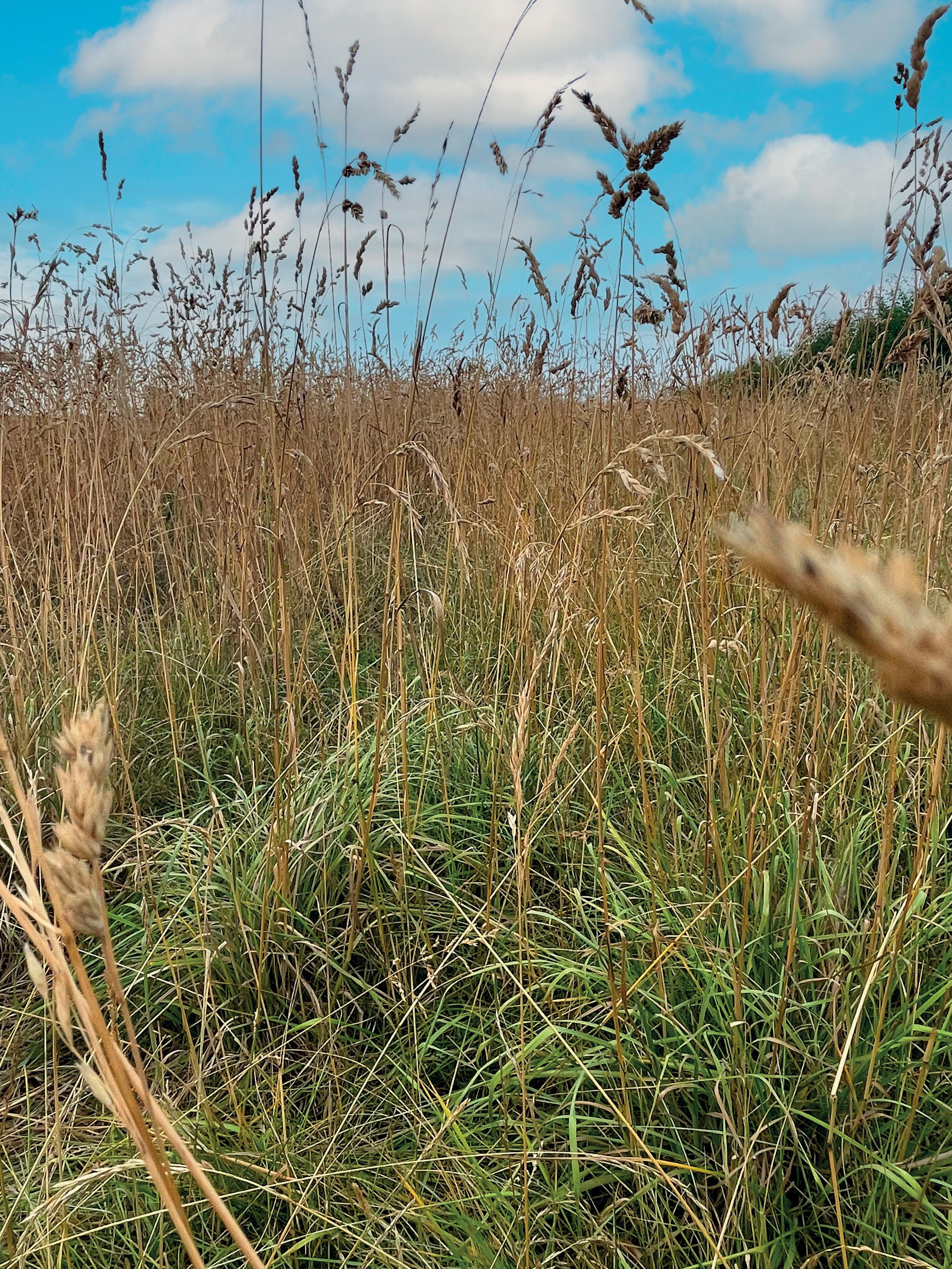
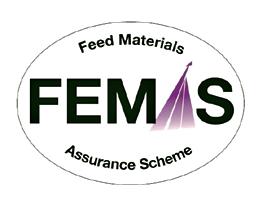


Land drains and ditches get silted up over time and do need regular maintenance. Look at the areas which stay wet for the longest time and see if there is a solution that could take the water away more quickly. Does a new ditch look like a solution or just clearing the one you have.
Consider using a mole plough to improve drainage. The sub soil needs to be damp to hold the shape of the hole you make. If the soil is too dry it will collapse quickly.
As soon as the soil is firm enough to allow a quadbike or small tractor to travel on it you should aerate the soil. If compaction is near the surface then a knife or spike aerator will work.
If the compaction is deeper, then a sward lifter will be needed. Generally, a straight disc runs ahead of the subsoiler legs to open a slot in the turf and avoid any ripping action. The legs themselves are designed to produce minimal disturbance, while wide or narrow points on the bottom of the legs can be fitted depending on the amount of surface heave to be generated.
The principle of these deep soil looseners is to create a shattering effect in the lower layers that will produce fissures through the soil profile, allowing roots to penetrate and oxygen to percolate through. There is usually a press roller that closes the slot and helps to level out any ridging caused by the lifting effect of the machine.
• Sheep’s Fescue – Festuca ovina
This fescue has the ability to encourage mycorrhizal activity in the soil. The other grass species in the sward will also benefit.
• Timothy - Phleum pratense
Provides ‘early bite’ in the spring and a ‘late bite’ in the autumn because it is a cool weather grass and grows before other species in the spring, and after them in the autumn. Timothy has a deep root that penetrates to over a metre, which significantly helps with sward viability, through drainage and accessing nutrients.
• Cocksfoot - Dactylis Glomerata
This is an extremely hardy native British species, which has the ability to withstand challenging environments. Very deep rooting, and therefore tolerant of the adverse weather conditions and maintains sward viability.
By checking a soil sample for the nutrient status, you can ensure that you apply the appropriate fertilizer (if you use it) or plant the most appropriate grasses and herbs. Nitrogen, Potassium, and Phosphorus and the key major nutrients that are required for good grass growth. Don’t over supply nutrients because if there is another flood they will be leached away and lost. Having the correct pH is very important in nutrient retention and management and may need correcting.
Remove your alpacas from fields that are waterlogged so you don’t increase compaction.
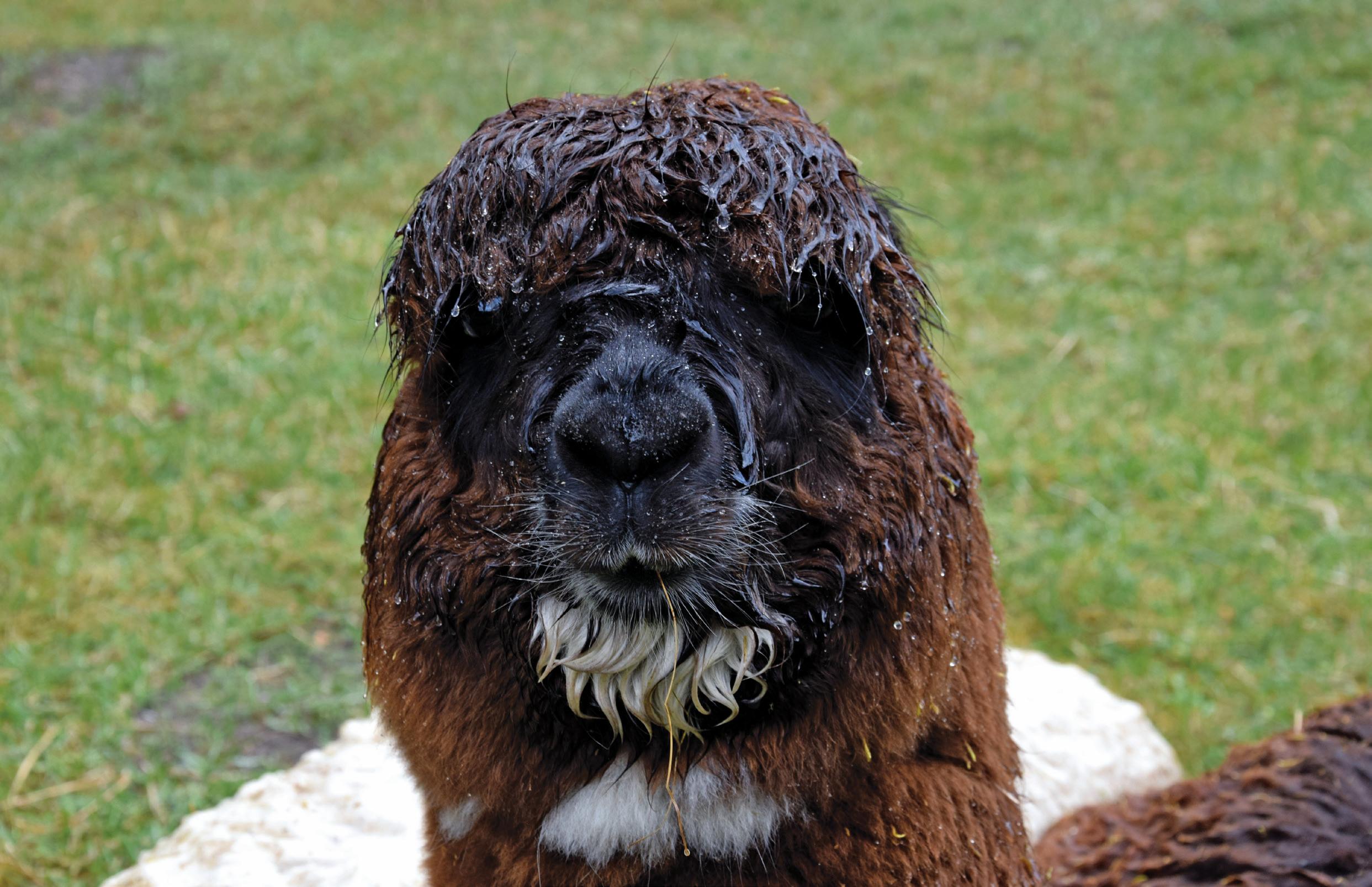


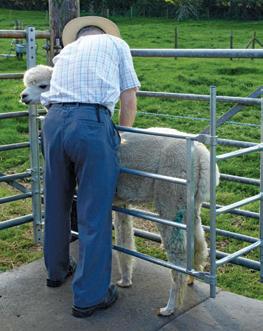

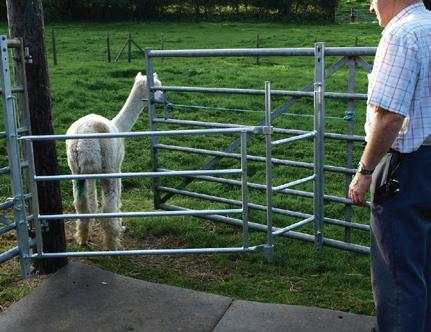




















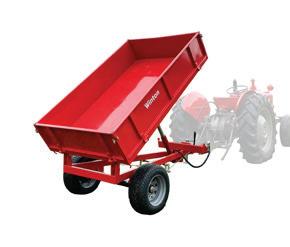
























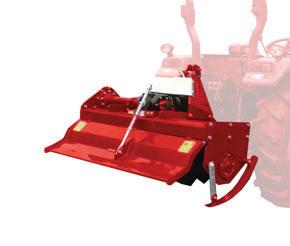
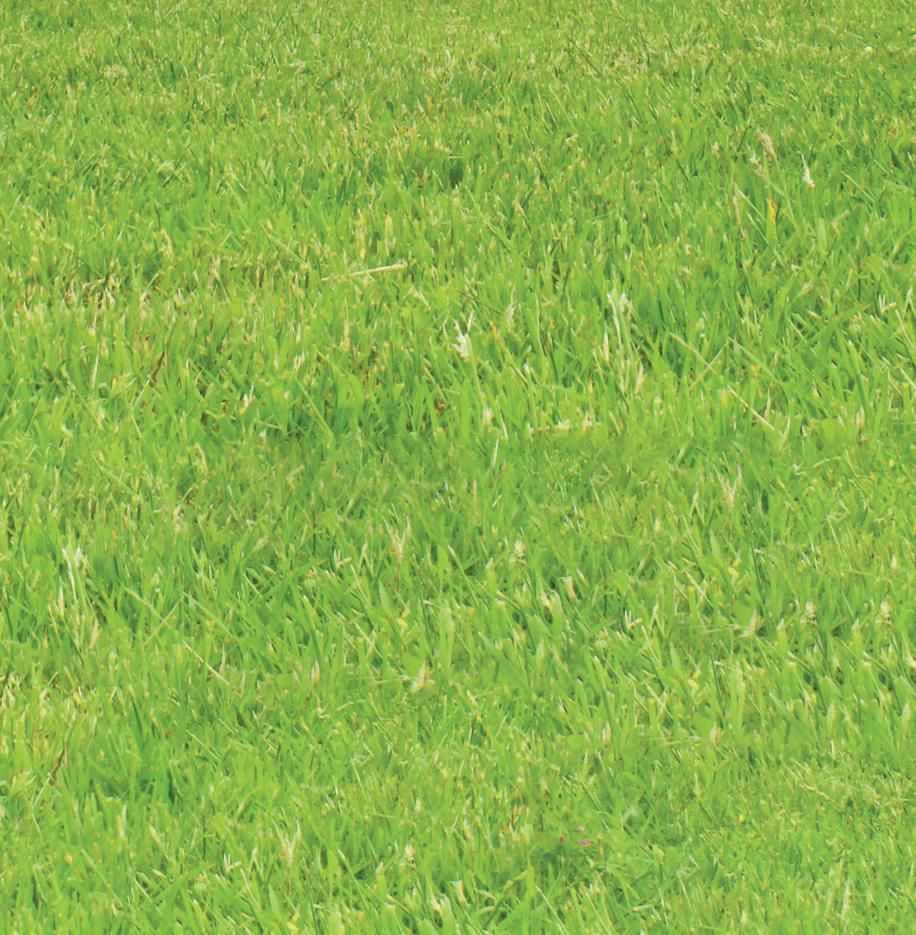

Rachel Hebditch shares her passion for alpacas, fleece and yarns.
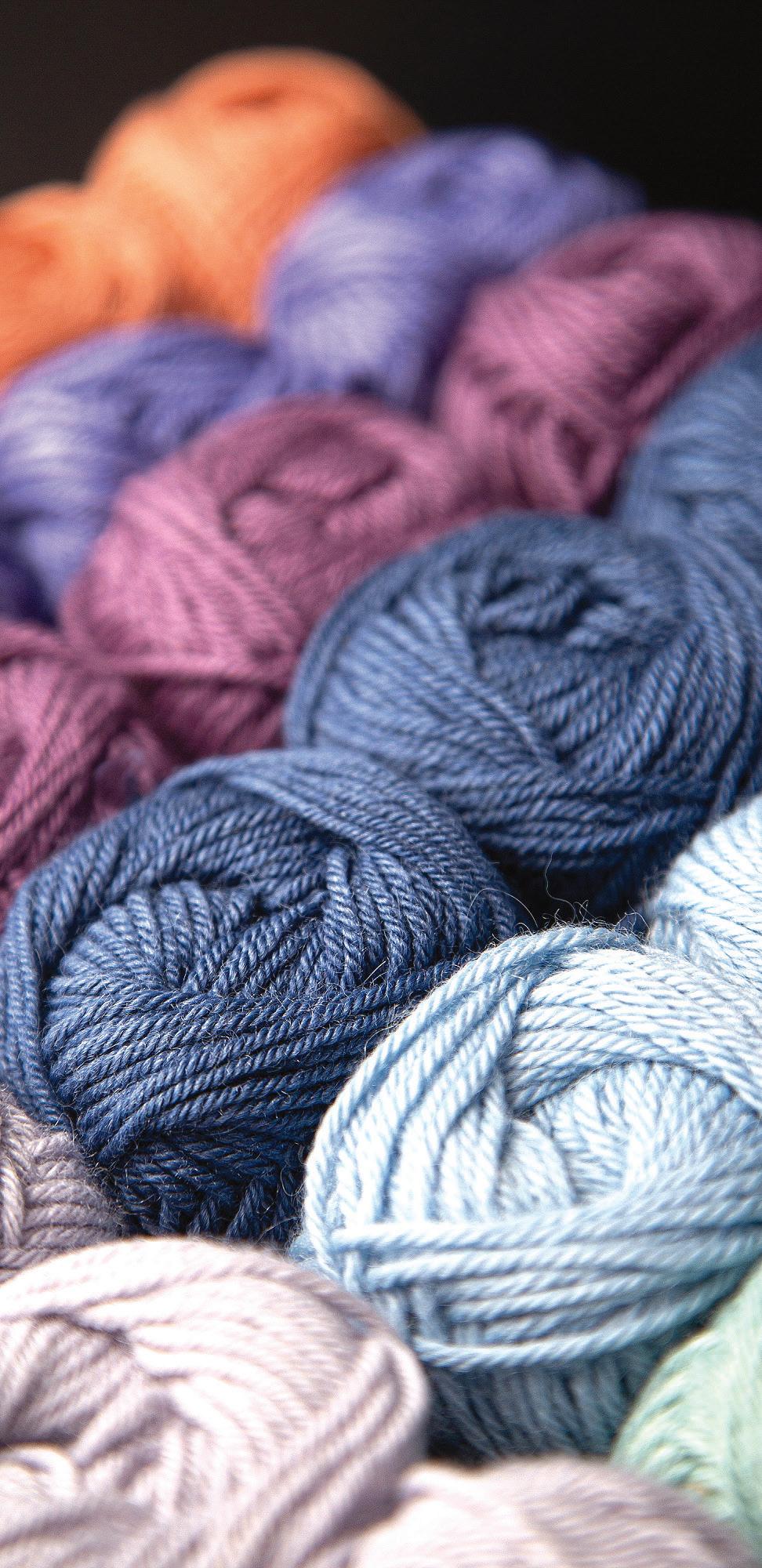
Autumn has arrived in the UK and that means UK Alpaca’s barn is rammed with fleeces for grading by yours truly. I have become a fleece nerd and have been known to drag Chas away from his computer to look at a really lovely fleece.
UK Alpaca buys tons of fleeces every year and it is graded into baby, 21 micron and under, superfine 22 to 25 and the duvet department, over 26 micron. This is a bit of a moveable feast as there are other factors at play. Some very fine fleeces may have lots of strong primary fibres that mean an instant downgrade. They may be too short, must be three and a half inches minimum for worsted processing, and so end up in outsorts.
Outsorts, fleeces that are too short and too coarse, have a good market. Over two tonnes of white is sold to a client in Poland who makes the most beautiful hand embroidered duvets while a similar amount of coloured goes into the British wool trade.
Colour is a big thing for us too. We want white and fawn as both can be dyed successfully and prefer not to buy black, grey or brown. If we do, we pay less for them as the market is much more limited.
While all this grading lark is going on, we also have a herd of round 100 alpacas trading under the name Classical MileEnd Alpacas. Chas and I don’t have any help with the animal side even though we are both in our 70’s. We had 25 cria in June and July when there was loads of good grass. Our office overlooks the birth field so it is easy to keep an eye on the heavy pregnant girls and get some work done.
We probably should try to cut down our female herd but I always want to see what the stud males are producing so it is difficult to let them go. Can you hear Chas sighing heavily?
The farm is on the side of a valley in mid Devon with great views. It is very good for funghi, wild flowers and loads of refugee pheasants from a nearby shoot. Apparently isolated, we are just ten minutes from Tiverton and 20 minutes from a main line station where you can wizz up to London in two hours.
Obviously we don’t have enough to do so we thought why not buy a shepherd’s hut and get all those millennials down here for short breaks. To my horror, the letting company, Unique Hideaways, insisted we get a hot tub. In the end we capitulated and have a wooden one heated by a wood burning stove. Plenty of wood here as we are always having to fell trees afflicted by ash dieback. It turns out they were right, the millennials are in love with hot tubs, God knows what their skin looks like after all those hours in hot water.
We do some alpaca showing but not a great deal. The BAS National is our biggest show but for the last two years it has clashed with a more important yarn show so we’ve had to give it a miss. We go to the West Shires Show in January and the North Somerset Show in May. In between Chas organises the alpaca classes at the three day Devon County Show in Exeter.
>> Continued on next page


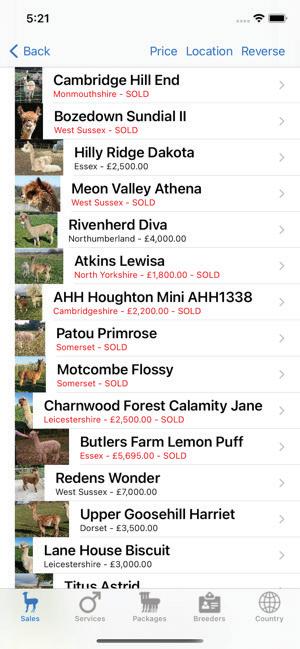

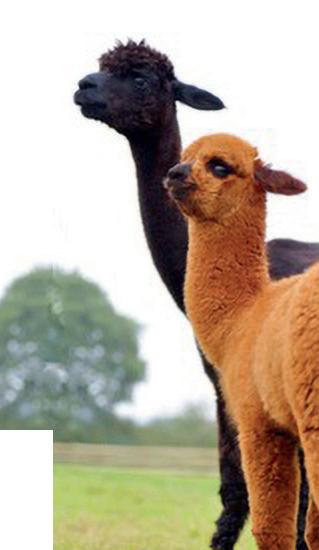

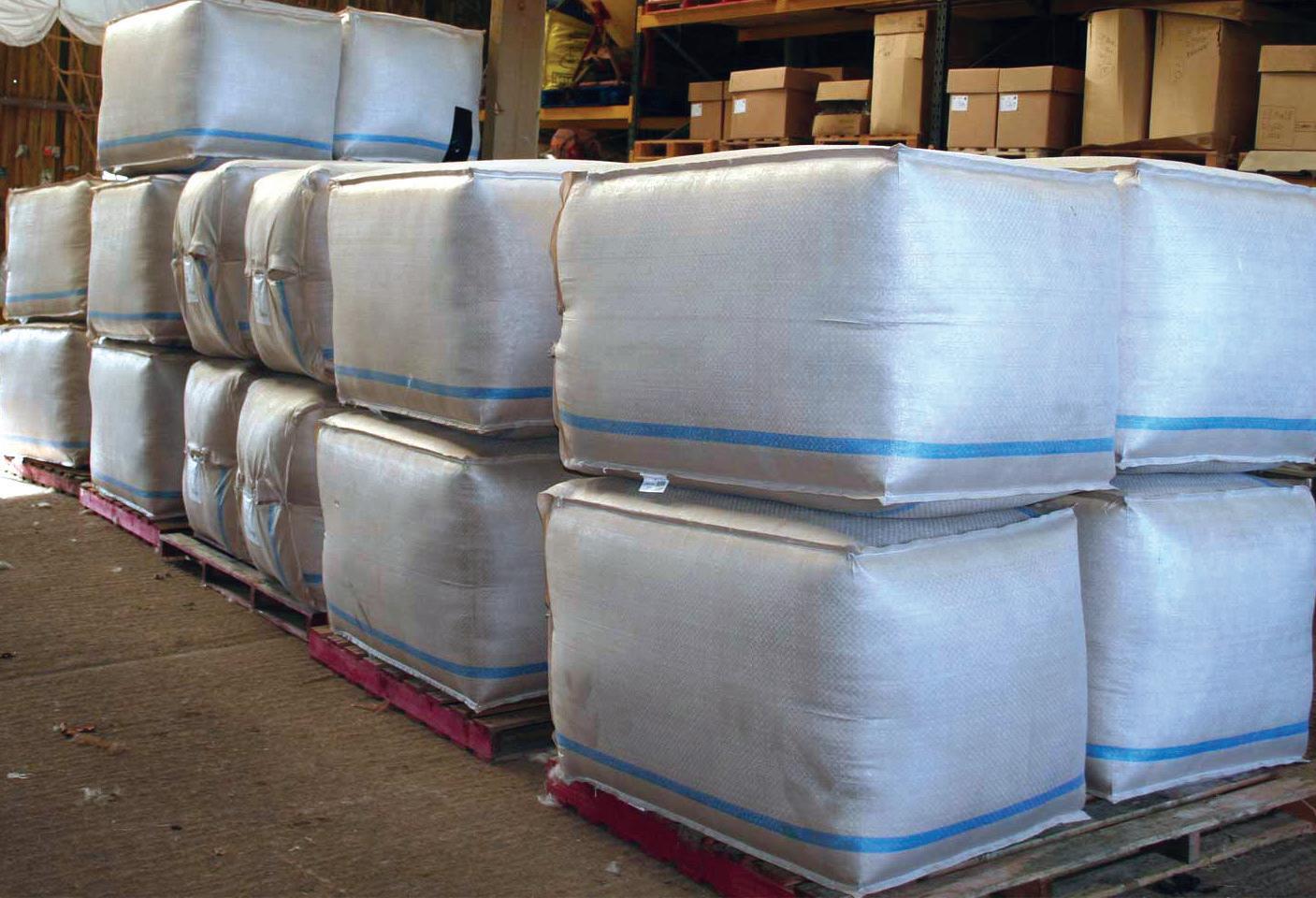
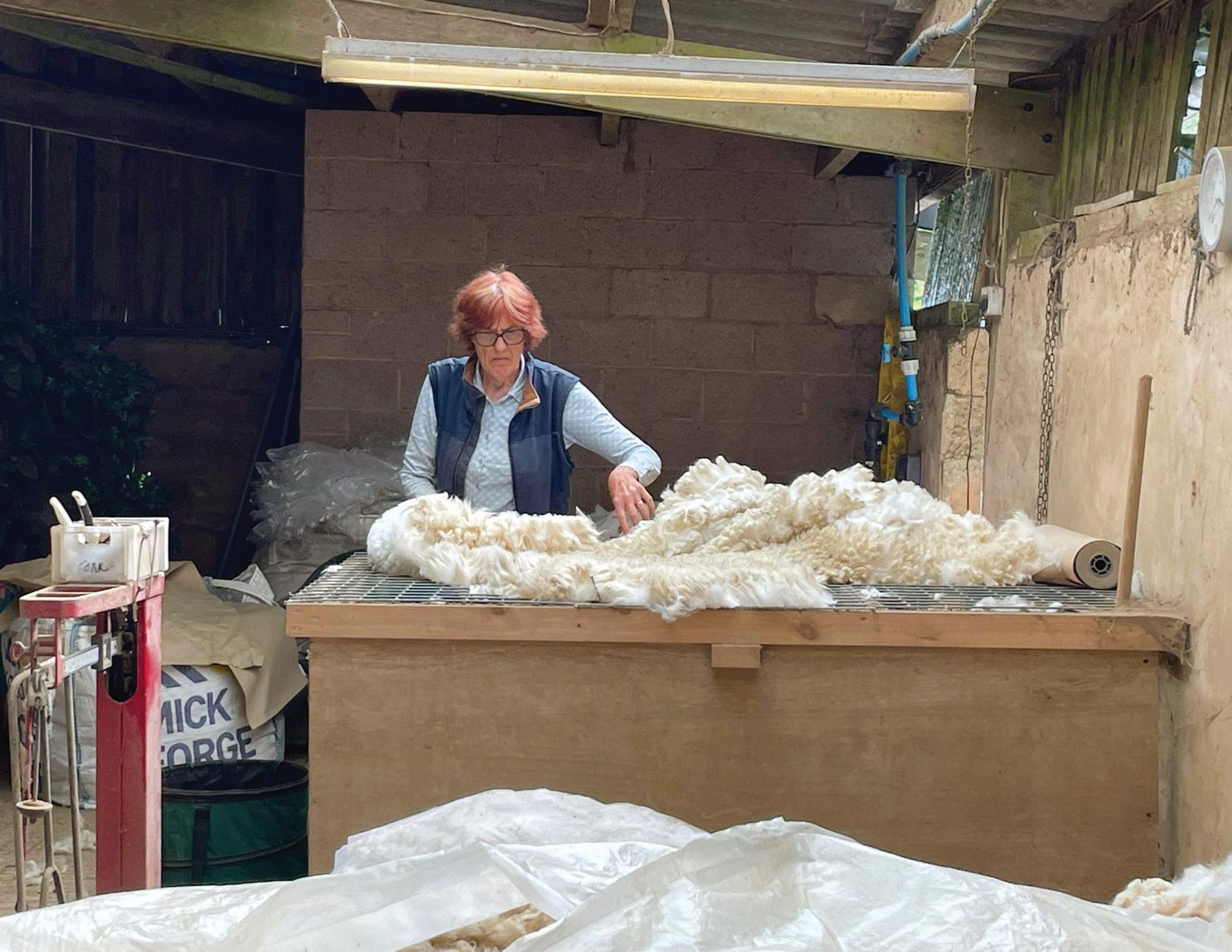

The reason we don’t go to many alpaca shows is that some of them clash with wool shows and they are very important for UK Alpaca. Buyers need to squish the yarn, hear the product story and see garments made out of it in the flesh as it were. I also have a little tribe of Rachel’s Diary fans who are intrigued by farm life.
There are four really big knitting and stitching shows, four day shows, two in London, one in Harrogate and one in Belfast. I love these, big carpeted venues, proper shell schemes, good lighting, prosecco bars, loads of people. The others are what we call ‘woolly’ shows, often in draughty auction marts with corrugated cement floors and no power. Bring on the thermals. The stands are cheap so lots of the smaller craft vendors are there along with rare breed sheep and a few alpacas for people to gawp at.
Making our yarns is a long and pricy process. It is not for the faint hearted and can be mind blowingly slow, something neither of us were used to in our former lives in the audio business, Chas, and television, me. We want wholesale and retail margins as plenty of our customers are running trekking businesses, farm shops or are high end designers and weavers. The posh socks are extremely popular too, particularly as they are machine made from our British yarn rather than Peruvian.
So we have to process in minimum lots of 1,000 kilos of each colour and grade, otherwise the large commission processors up north won’t open their doors to us. Once graded and baled it goes up to the scour near Bradford and then on to the top makers. At the moment we spin in Italy as British alpaca worsted commission spinners are a touch too expensive to meet our margins. The Italians are a cheery lot, know what they are doing and are good value for money.
We keep a good stock of cones here and every so often as we run out of colours more goes north for dyeing, finishing and balling. Finishing involves steaming the yarn in a machine called The Superba. I never fail to giggle when during the "where is the yarn?" conversation Mark replies: "It’s in the Superba."

At the moment we make a range of double knitting, 4-ply and chunky yarns that are 75% alpaca 25% wool. Then we have 80% baby alpaca 20% silk DK and 4-ply plus a 4-ply suri yarn. The 4-ply sock yarns are 75% alpaca 25% nylon and are sold in hanks. Our 87 dyed and natural shades can all be viewed on our website www.ukalpaca.com and are shipped from stock.
Patterns are key to our retail sales as they are an inspiration to knitters so I commission designers to come up with garments I think might be popular. One thing we learnt the hard way is that designers make mistakes so an independent pattern checker is a must.
UK Alpaca exhibits at eleven craft/wool shows every year, sends out a fortnightly newsletter full of special offers including my witterings,

Rachel’s Diary. Like everyone we have a social media presence and the website www.ukalpaca.com is busy with retail sales. Our lovely wholesale customers keep us busy too and overall we sell around 500kg of finished yarn and over 4,000 posh socks each year.
We will have to retire sometime given we are in our mid 70’s, so if anyone is interested in taking over and carrying on the good works supporting UK alpaca breeders with high end quality yarns, do get in touch.
Only fleeces shorn in the current year.
Presented in clear plastic bags.
Farm identification.
Staple length must be a minimum of 3.5”(88mm)
Solid colours only.
Grades – Baby under 21/22 micron providing primary fibres similar in micron to secondaries. Superfine 22-26 micron providing primary fibres similar in micron to secondaries. These are a guide as grading is done on handle and the lack of uniformity in length, colour and micron in some fleeces mean a human is required.
Outsorts – fleeces that are less than 3.5” or more than 26 micron, likely from older animals and all necks except those from yearlings. Fleeces heavily contaminated with vegetable matter will end up here. Should be bulked as either White or Coloured. Do not mix. The shearing floor sweepings, 2nd cuts and short leg fibre are not outsorts. Dispose of them on farm.
Any fleeces with evidence of moth will be hurled into the skip.
Shearers do not skirt fleeces but shear them into parts. The saddle comes off first, remove it from the mat and either skirt or bag it. To achieve skirted prices you will need to skirt it.
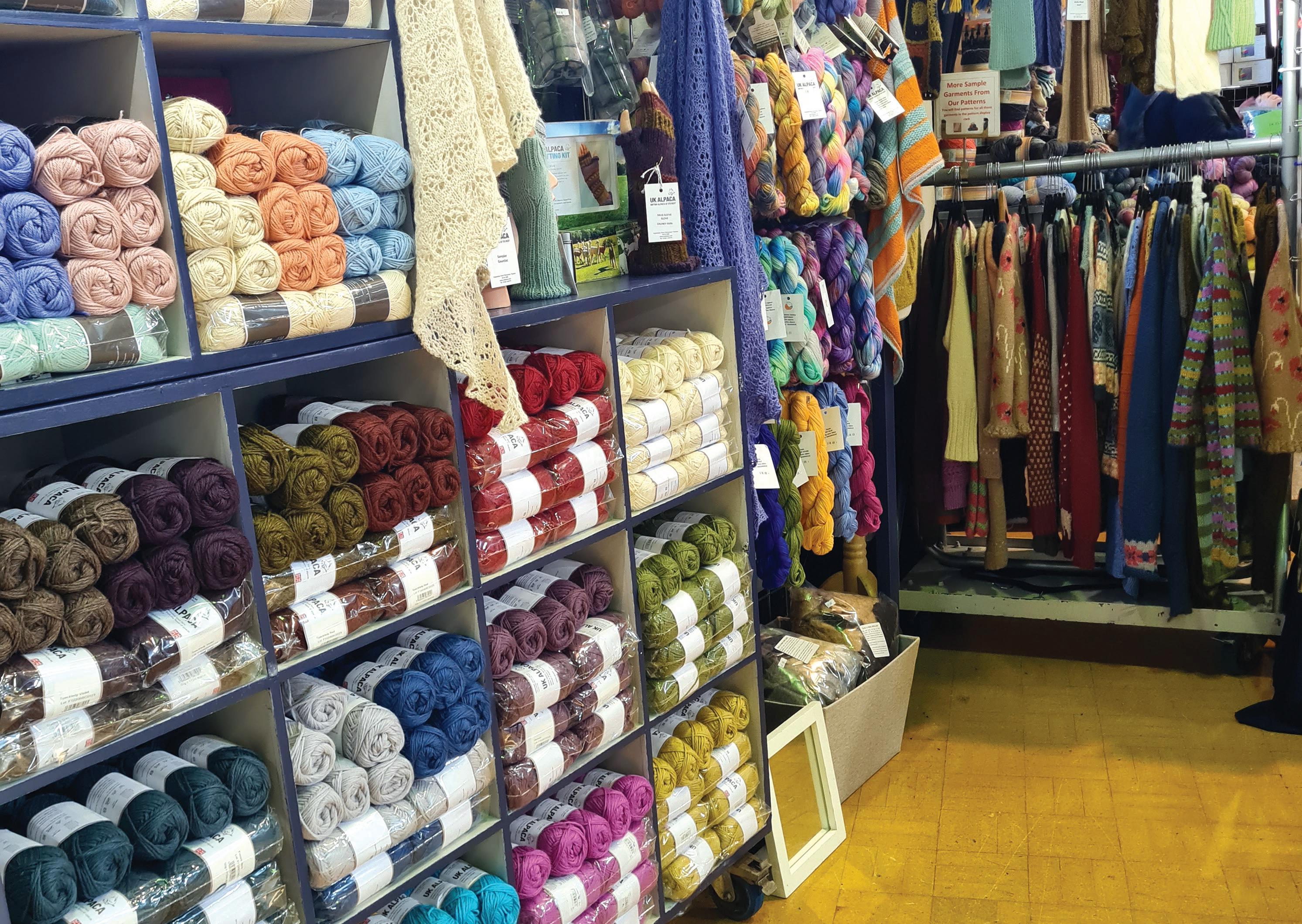
Shearing is often a lost opportunity to make money from your fleece. Cleanliness is definitely next to Godliness here. Keep the area clean, sweeping up between animals and clean even more thoroughly between colours.
All this information plus prices and a guide to skirting can be found under the ‘selling your fleece’ tab at www.ukalpaca.com
How to make white and light alpaca felted scarves more interesting by Jessie Haane, Kepler Mountain View Alpacas and Wild Wool Gallery, New Zealand.
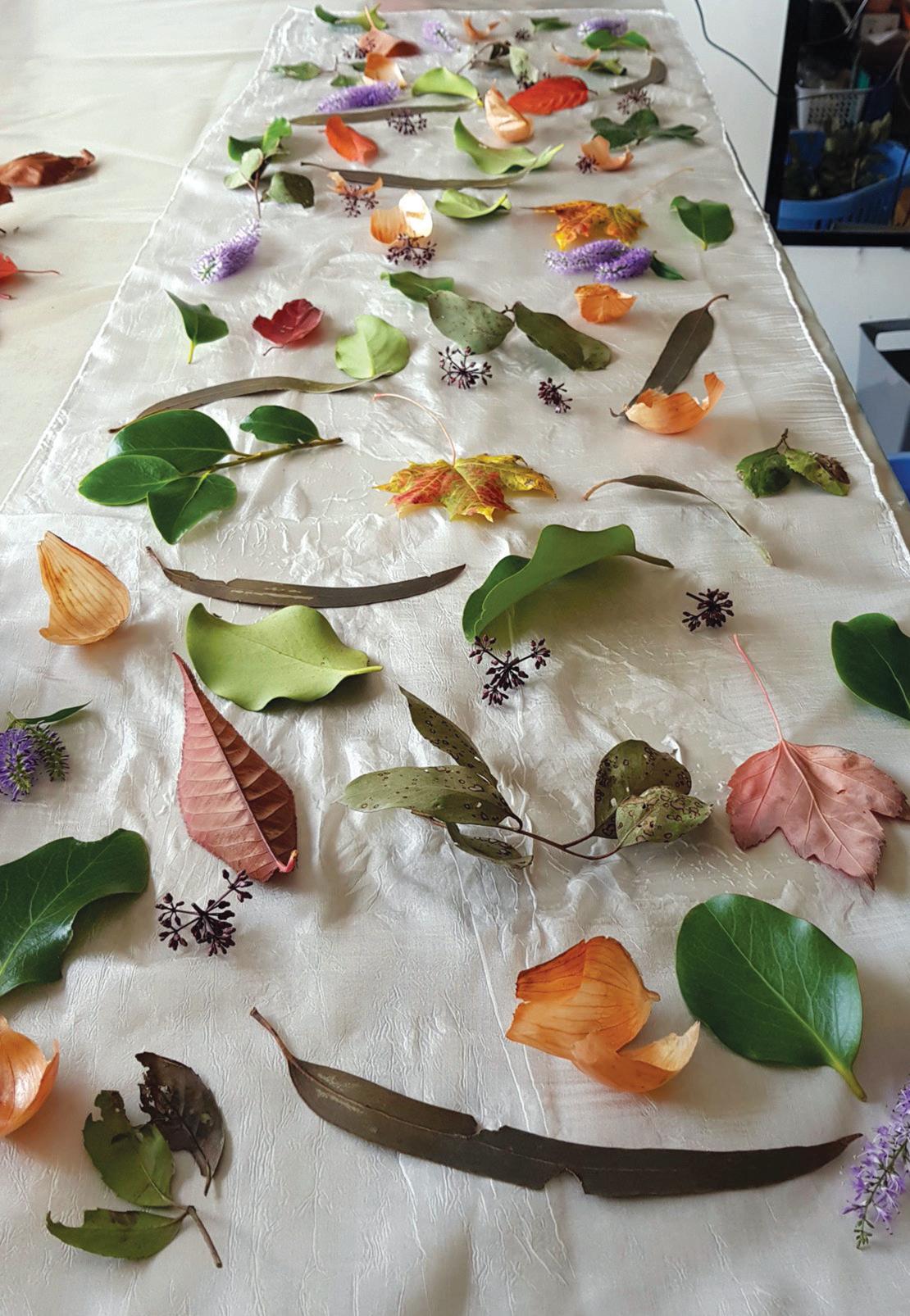
To make felted scarves more interesting use stunning leaf prints in muted earthy colours, handmade and naturally dyed. Different colours are obtained from gathering leaves from our alpaca farm and garden during different seasons.
Together with Ray, we farm alpacas at Manapouri New Zealand located beside Fiordland National Park. I also work as a fibre artist after getting hooked on felting their fibre and am always experimenting with different designs and the natural landscape in which we live gives a lot of inspiration.
One of those ideas was how to replicate the natural landscapes and colours into my work. One of my high turnover products was my nuno felted alpaca scarves/shawls that I made in a variety of natural colours but I always struggled with dyeing the organza silk used in the nuno felting to match the alpaca’s natural colours. One colour that I had difficultly in replicating was the different shades of fawn and rose greys. Commercial dyes just didn’t match up that well with the fibre leading me to look into botanical dyeing instead.
I had my first attempt using eucalyptus leaves and bark, boiling it up for a few hours then taking out the leaves and bark and putting in my organza scarves which had been soaked in white vinegar to simmer away. The results were great and the first were good strong dark fawn colour and as I still had some colour left in the pot in went some more and out came medium fawn then the last came out light fawn. Wonderful! Now how to get those rose grey shades that had that hint of grey. Into the pot went a few old rusty iron nails along with the leaves and bark which gave various shades to use with rose grey fleeces.
This just piqued my interest further into botanical dyeing and during my hours spent cruising the internet on botanical dyeing I had seen beautiful leaf prints on silk. India Flint, a Botanical Alchemist, was holding a one-week workshop on botanical dyeing in New Zealand and I wanted to learn how to botanically print onto my nuno alpaca felted white and light
fawn garments. The initial advice was that the process probably would not work on alpaca fibre. Undeterred I enrolled anyway and took some nuno felted alpaca scarves along to try out with the view nothing tried nothing gained.
I had a fabulous week, met wonderful people from all over New Zealand and Australia and learnt so much about the alchemy of botanical dyeing including what plants in New Zealand would give up their colour and differences of colours during seasons. We had great fun collecting leaves, bark and anything that may print and had great sessions using different types of silk.
Finally on the last couple of days I pulled out the alpaca nuno felted scarves and gave it a go. Because of the fineness of the scarves, I placed a similar size piece of Paj silk on top of the leaves I had laid out on the alpaca scarf, basically sandwiching the leaves between the two materials to try and avoid printing on both sides of the alpaca scarf. After a liberal spray with white vinegar for the mordant (sets colour) I then tightly rolled it all up and tied the bundle off and into the pot it went to simmer for a few hours, meantime I crossed my fingers. I eagerly waited until it was time for the bundle to be pulled from the pot and cooled off. I have to say unwrapping botanical bundles is more exciting than opening Christmas presents! They are always a surprise, and I was not disappointed – the botanical leaf printing process had worked on alpaca.
This opened a whole new range of opportunities and most of the best plants for giving prints were in my own back yard. My favourite is Broadleaf (Griselinia littoralis) as this green leaf gives a pink to deep red print depending on the season. Once winter comes along and we get our first frosts the cells in the leaf are broken down and it releases more colour and to replicate this in summer all that is needed is a bag of leaves in the freezer overnight. Needless to say there are always some bags of leaves in my freezer – they can just be frozen ready for use.
My botanical alpaca work sells well, and I struggle to make enough stock for our shop. Each item is individual and you can never replicate it again – I once had a couple from the United States buy a couple of botanical print scarves to take back to hang on the wall, they had them framed and hung in their bedroom and sent photos back. It is a great way to enhance those white and light fawn fleeces that are beautifully fine but have a limited market as just plain colours. The upside is also that I end up with a botanical silk scarf to sell as well as I use these to sandwich the leaves and absorb so I get two for the effort of one.
For those looking to begin botanical dyeing there are plenty of online resources or attend a workshop where you can learn so much, it is worth it. Once you understand the alchemy you can go and experiment knowing that what you are doing is right and then choose different plants to try.

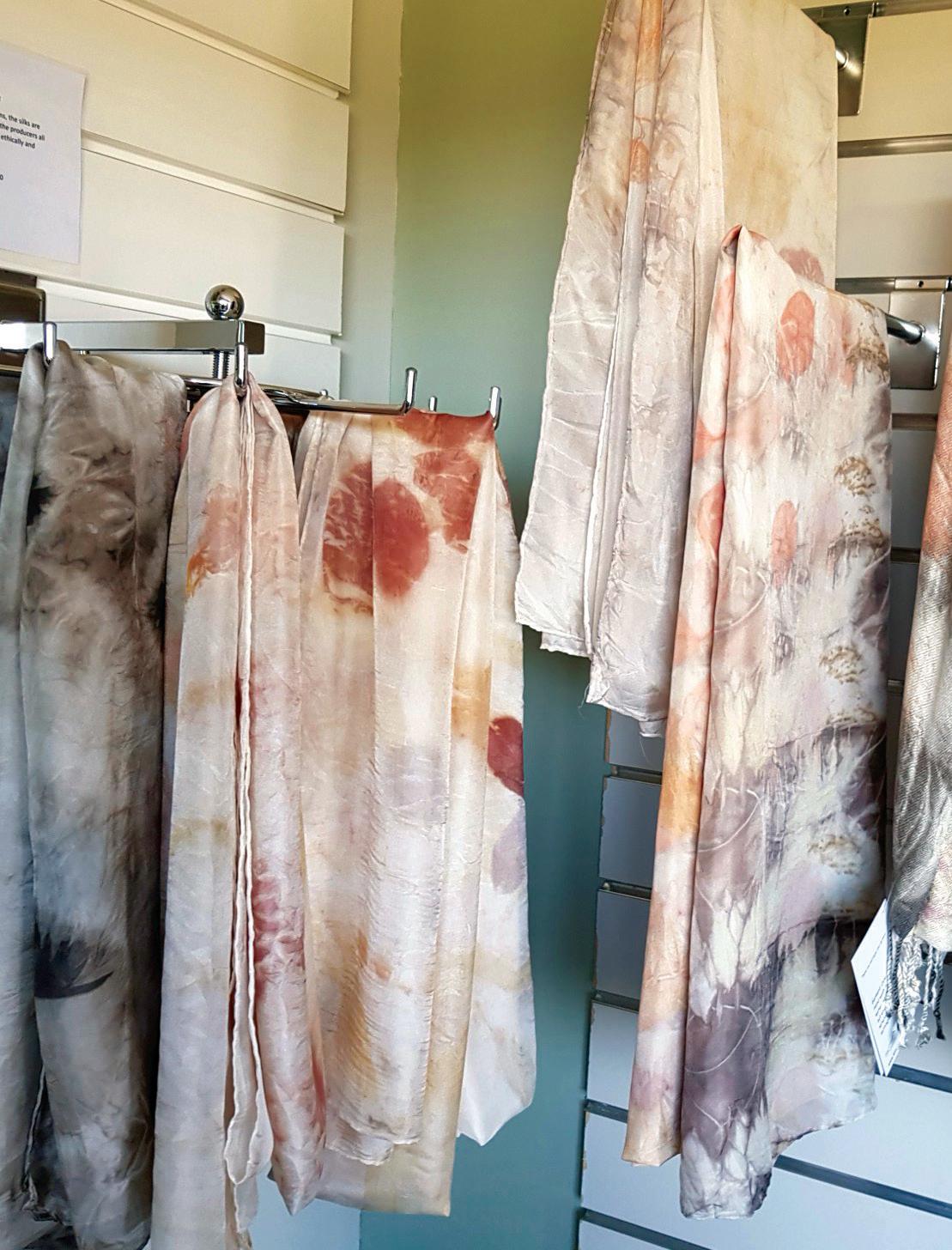

A list of BAS members who are breeders and advertising their alpacas for sale

Lightfoot Alpacas are situated in Hawkhurst in the Weald of Kent. We have been breeding alpacas since 1997 and have over 250 Huacaya. Lightfoot is a closed herd, we believe that the bio security and health of our animals is paramount to their breeding and care. We have a range of colours and ages, mainly Huacaya and some Suris. Our animals are known for being friendly as we spend time with them and know them individually.
We provide after sales advice and back up services when we sell our animals. Whether you are looking to improve or expand your herd or just thinking of alpacas as pets, why not contact us to arrange a visit.
TEL: 07802 263589 WEB: www.alpacabreeder.co.uk
EMAIL: graham@alpacabreeder.co.uk

Based in North East Warwickshire we offer over 120 pedigree alpacas in all colours, ages and price ranges. We run a number of prizewinning stud males and offer on farm and mobile mating services. We are confident that our prize winning herd will live up to all your alpaca expectations. Shirley and I have been qualified BAS judges for a great number of years and have judged throughout the UK and Europe. We run regular alpaca husbandry workshops every month throughout the year. We have been breeding alpacas for 25 years and are dedicated to sharing our extensive experience to guide you towards realising your own alpaca aspiration whatever that maybe. Please ring to book.
TEL: Shirley 07970 626245 / Rob 07973 123008
EMAIL: shirley@toftalpacastud.com / rob@toftalpacastud.com WEB: www.toftalpacastud.com

The PennyBridge Herd and Stud. One of the first alpaca farms set up in the South of England, still producing show winners from champion stock. Good quality starter herds, proven and potential stud males, fancy grazers and sheep guards available.
‘Home of The Alpaca Experience’.
Situated in North Hampshire, close to the Surrey and Berkshire borders with good access to ports and airports, less than five minutes drive from both J5 and 6 of the M3.
TEL: 01256 764824 or 07801 132757
EMAIL: joy@pennybridgealpacas.co.uk
WEB: www.pennybridgealpacas.co.uk
Home of The Tartan Alpaca®, The Dark Sky Genie and Destination Mating.

Located in rugged and beautiful North Cornwall, we focus on Suri and have a herd of elite alpacas with some of the best and varied genetics in the country. We sell quality breeding stock, in particular Suri starter herds, and offer full stud services as part of Poldark Suri Stud.
WENDY: 07712 136949TOM: 07825 105530
EMAIL: tomandwendy@darkskyalpacas.com
WEB: www.darkskyalpacas.com

The family run JandJ Alpaca herd was established in 2005 with four breeding females, today we have over 90 beautiful animals. We are located in Lincolnshire on the Nottinghamshire, Lincolnshire, Leiceistershire border just off the A1.
With years of experience our aim is to help you choose the best alpacas to start you journey, whether it be breeding females, stud males or pet boys.
Stud services also available from top coloured genetics. TEL: Martin or Clare 01636 626990
EMAIL: sales@jandjalpacas.co.uk
WEB: www.visitalpacas.co.uk

We are a family run farm in Warfield, Berkshire, breeding high quality Huacaya and Suri alpacas from show winning sires. We would like to welcome you to Scotlands Farm to see our wonderful herd of both white and coloured animals.
We are happy to discuss your requirements, be it for pet males, stock guards, or breeding females to suit your budget but with no obligation to purchase. We have over ten years of experience with these adorable animals. Give us a call and let us see if we can help you.
TEL: Sue Hipkin 07770 455533
Lisa Hipkin 07770 455534
WEB: www.scotfieldalpacas.co.uk
Ballymac Alpaca is situated in Gilford, Northern Ireland. Our multiple prize-winning herd consists of carefully chosen genetics from around the world. We breed Huacaya alpacas of all colours, including appaloosa. Available for export.
Our online shop sells camelid supplies including GWF alpaca feed, birthing and husbandry items shipping throughout the UK, Ireland or for collection.
Our Champion Studs are available for on-farm or mobile stud covers, including Champion of Champions Bozedown Trailblazer.
Look on our website for more information.
TEL: 07546 929659
EMAIL: mail@ballymacalpaca.com
WEB: www.ballymacalpaca.com
Your booking will include an online listing in the Alpacas for Sale section on the BAS website.
TEL: 01732 448748
EMAIL: wendy@talk-media.uk

Located on the Solway Firth, in Cumbria, King Garth Alpacas is a family-owned herd where we aim to breed beautiful, happy, healthy and friendly alpacas with top show winning genetics. We have alpacas to suit everyone and all budgets; from pet boys to starter herds, elite females and stud males. We offer full support and advice before and after sales. Please feel welcome to get in touch and chat about your alpaca needs.
We also offer stud services, alpaca experiences, luxury alpaca products.
TEL: 07762 286050
WEB: www.kinggarthalpacas.co.uk
Established in 2002 and situated on the North Cotswold hills close to the picturesque village of Snowshill, the current herd numbers over 300.

We breed both Huacaya and Suri alpacas (approximately 80% are Huacaya). Although our breeding programme is biased towards the darker colours, we do also have superb quality whites and beige alpacas.
Full range of alpacas for sale, attractive pets to top show quality breeding girls and stud boys. Large choice of stunning stud males available to service your girls. Also offering natural alpaca fabrics made in the UK from the fleece of our own herd.
TEL: 01386 853841 or 07711 044106
EMAIL: snowshillalpacas@btinternet.com
WEB: www.snowshillalpacas.com
Your booking will include an online listing in the Alpacas for Sale section on the BAS website.
TEL: 01732 448748
EMAIL: wendy@talk-media.uk
M.R.Harness was founded in 1995 after existing part time for a number of years. Mary herself is a qualified engineer and is well placed to assess materials and their useage. Company policy is to test as many of the webbing designs as possible before release, as each item is unique to the animal it is designed for. This has led M.R.Harness to become the supplier of choice for headcollars, leads, coats and harness for all the various smallholding animals, but specialising in alpacas and llamas, and working ponies.
All items are hand crafted ‘in house’, in England, so you can be assured of good workmanship and quality products that last.
So please come and try the ‘Choice of Champions’.
TEL: 01299 896827 EMAIL: mary@mrharness.co.uk
Everything you need for your alpacas delivered to your door! We are a one-stop-shop for alpaca supplies, including headcollars and leads, vitamins and nutritional supplements, healthcare and welfare supplies, colostrum, coats for cria and adults and microchipping equipment.
We also have a good selection for your other animals, including dogs, chickens and horses, as well as a range of farmhouse items and gifts, including our famous home cheese-making kits.
We are alpaca owners ourselves and we are always happy to help with your questions and enquiries.
Order direct from our website or by phone. You can expect fast, friendly service and advice.
TEL: 01295 713188 EMAIL: homesteadfarms@btinternet.com
WEB: www.homesteadfarmsupplies.co.uk
High specification organic chealated nutritional supplements suitable for all camelids.
• Premier Camelid Drench
• Premier Mineral Supplement
• Premier Mineral Bucket
• A, D3 & E Paste
TEL: 07866 607466
EMAIL: jganimalhealth@aol.com
WEB: www.jganimalhealth.co.uk
TEL: 01732
EMAIL: wendy@talk-media.uk







Classic Carder produce a full range of British, handmade drum carders for fibre preparation. Featuring our unique interchangeable drum system which allows quick and easy drum change for carding different fibres.
TEL: 01746 714130
EMAIL: paulbrittain@mac.com
WEB: www.classiccarder.co.uk

Looking through the latest edition of Alpaca reminded Fred Ellis of an image of Gus looking for birds' nests.
The photo of Gus was taken around twelve years ago at a time when his antics were well known at shows, drawing many youngsters to the stand asking to see him.
"This is certainly an advert for providing really good protection around trees!" said Fred Ellis.
Acer Augustus, was known as Gus with children at shows who were heard to be saying, "Let’s see if Gus is here" or, "Look there's Gus".
Although no longer with Fred, he is fondly remembered by many. "As I fast walked into show rings for judging with him, I would be told to slow down but Gus had his own pace, trotting, and could be hard to manage but an enormous character that is much missed," said Fred.
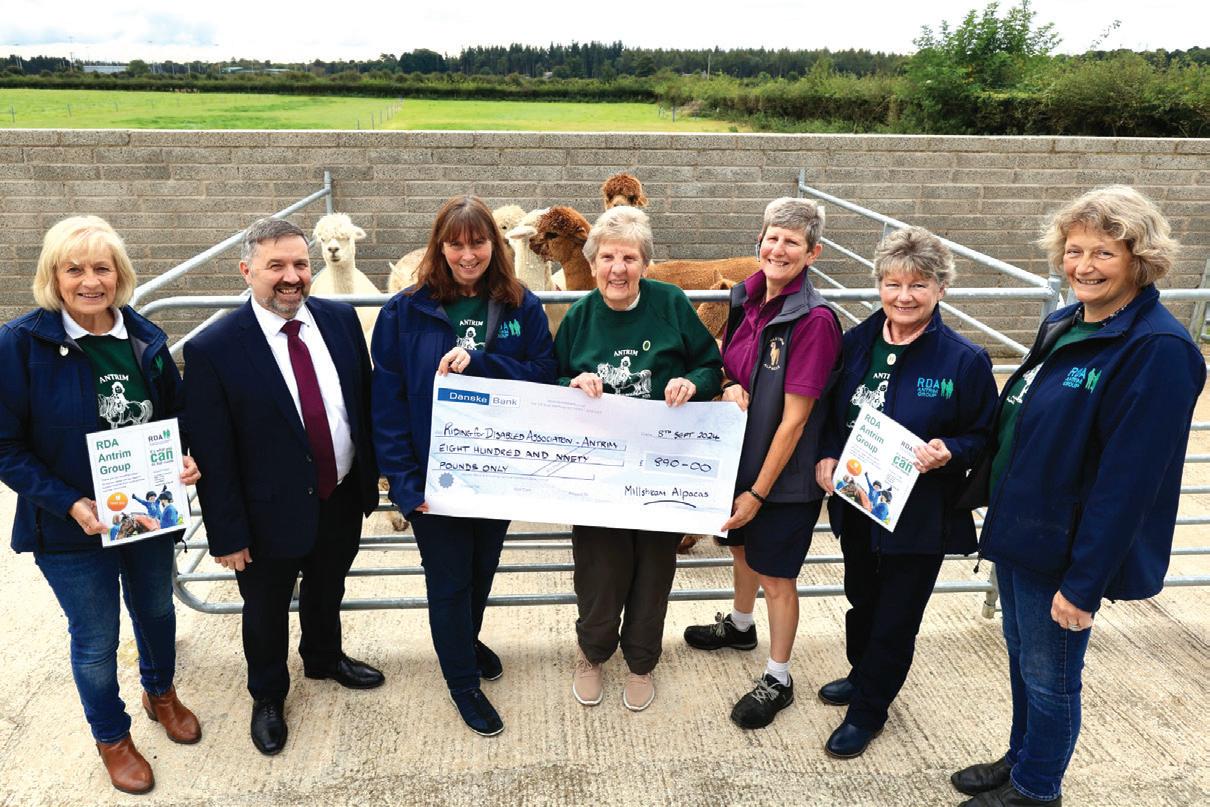

On 7- 8 September, Millstream Alpacas opened for the public to meet alpacas, enjoy and learn all about the lovely animals and there was plenty of photos taken.
Millstream Alpacas was one of 80 open days across the UK coordinated and Sponsored by the British Alpaca Society.
Visitors enjoyed the experience and even booked to do the 'Meet & Greet Experience' where they got to feed the alpacas and have their photo taken with one of the newly born crias.
Visitors came from near and far and Tiny House Coffee provided their 'Tiny Tourer' coffee van for free coffee and tea on the Sunday in lieu for a donation to the RDA. Robin Swann (MP) and Cllr Roisin Lynch supported the event. "I would like to thank you all for your generosity and the amount donated was £890," said Jane Kidd, Millstream Alpacas.
"I would also to thank my family, friends, neighbours and alpaca friends for all their help over the two days. The criac and banter was absolutely brilliant which kept us all sane and the weather was also brilliant.
"The members of the Antrim 'Riding for the Disabled' group, thanked me for choosing them to be my charity (as Mum and I are still members). They were overwhelmed with the amount donated over the two days. The reason for me choosing the RDA Antrim group was in memory of my late father who was a volunteer," said Jane.












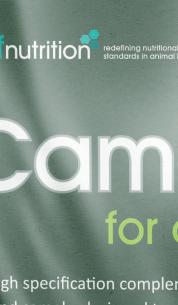
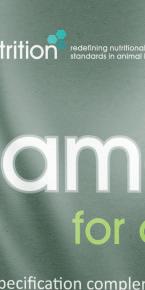
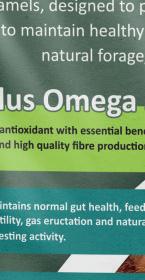

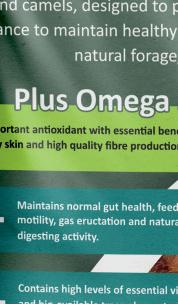
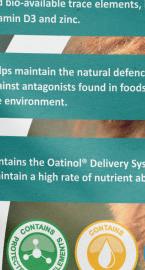








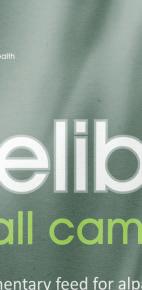


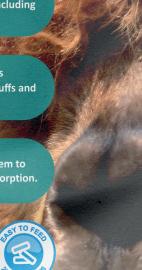
















































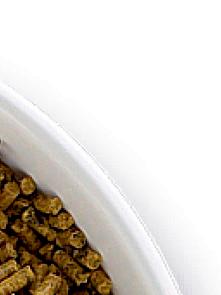





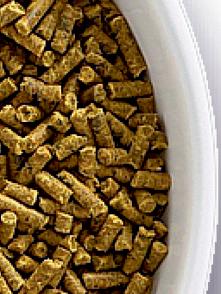





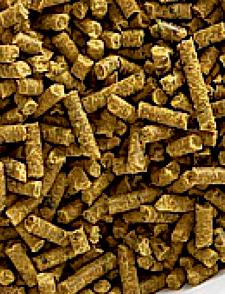





















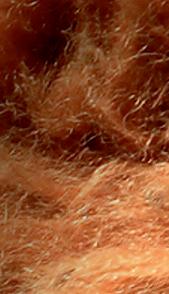




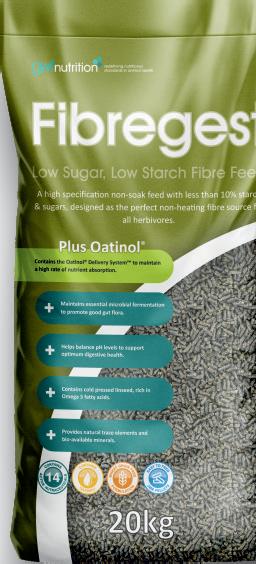










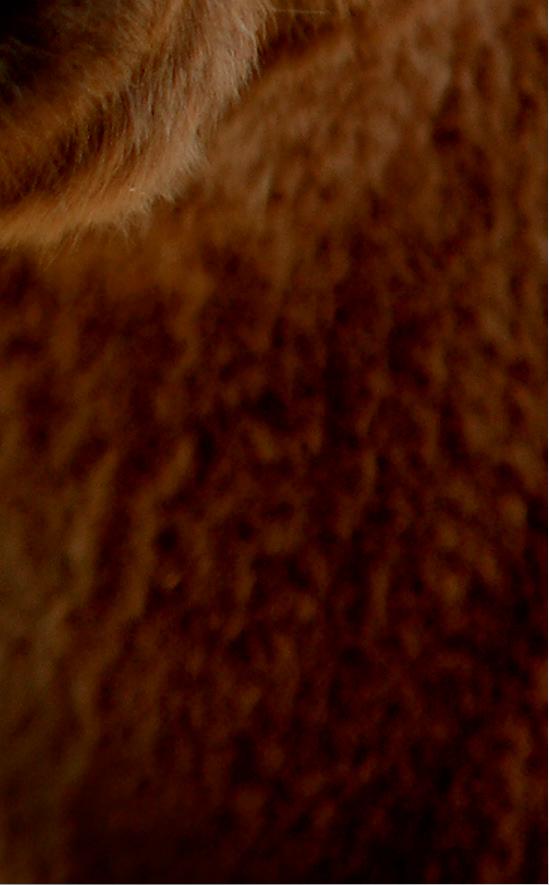
We are proud to offer:
Detailed guidance and support for new owners.
Business planning for breeding herds. Elite pedigree breeding and pet stock for sale and export to the EU, Middle East and India.
Help obtaining planning permission for a dwelling using alpaca breeding as justification – we did it and have helped others.



